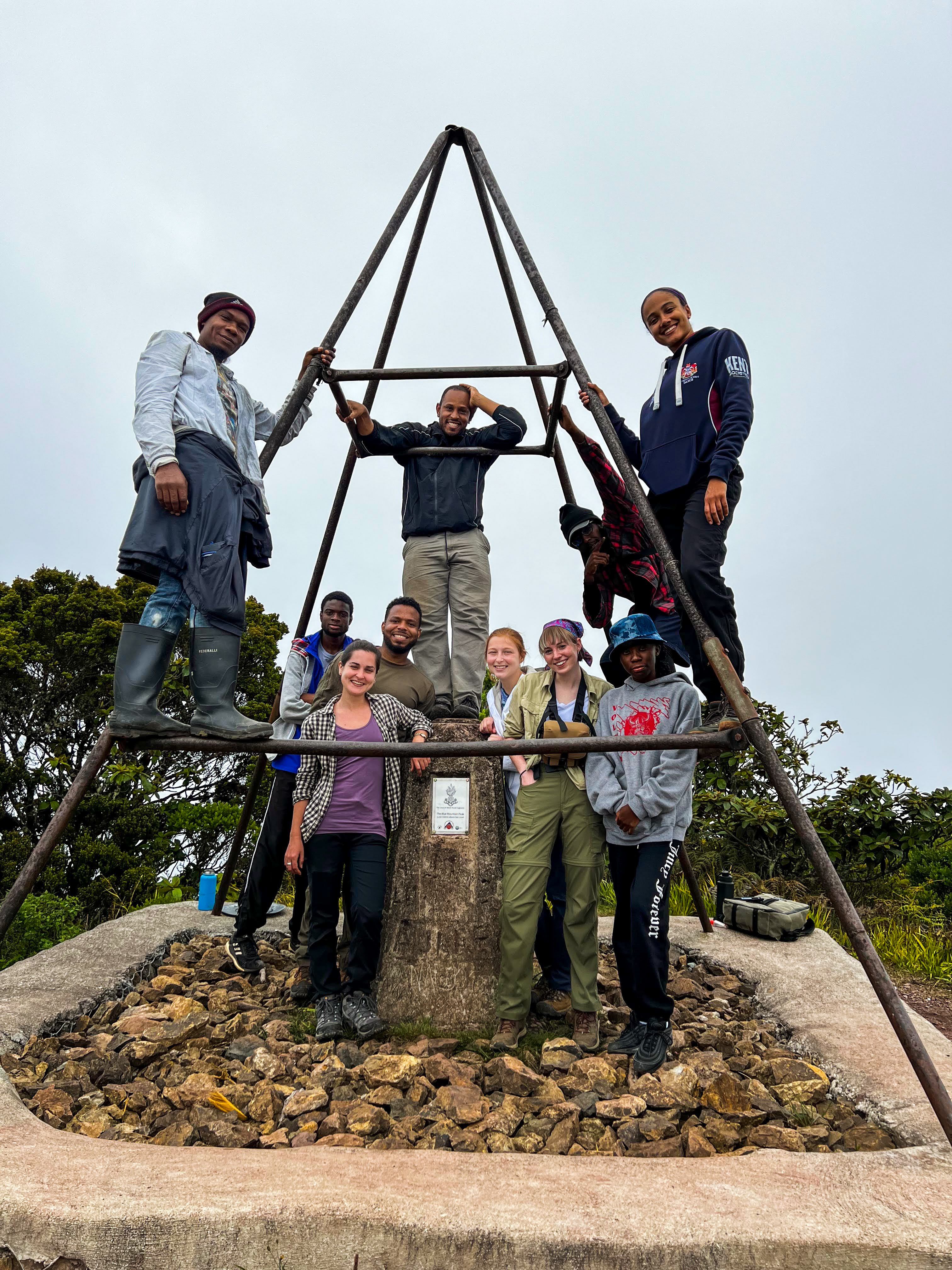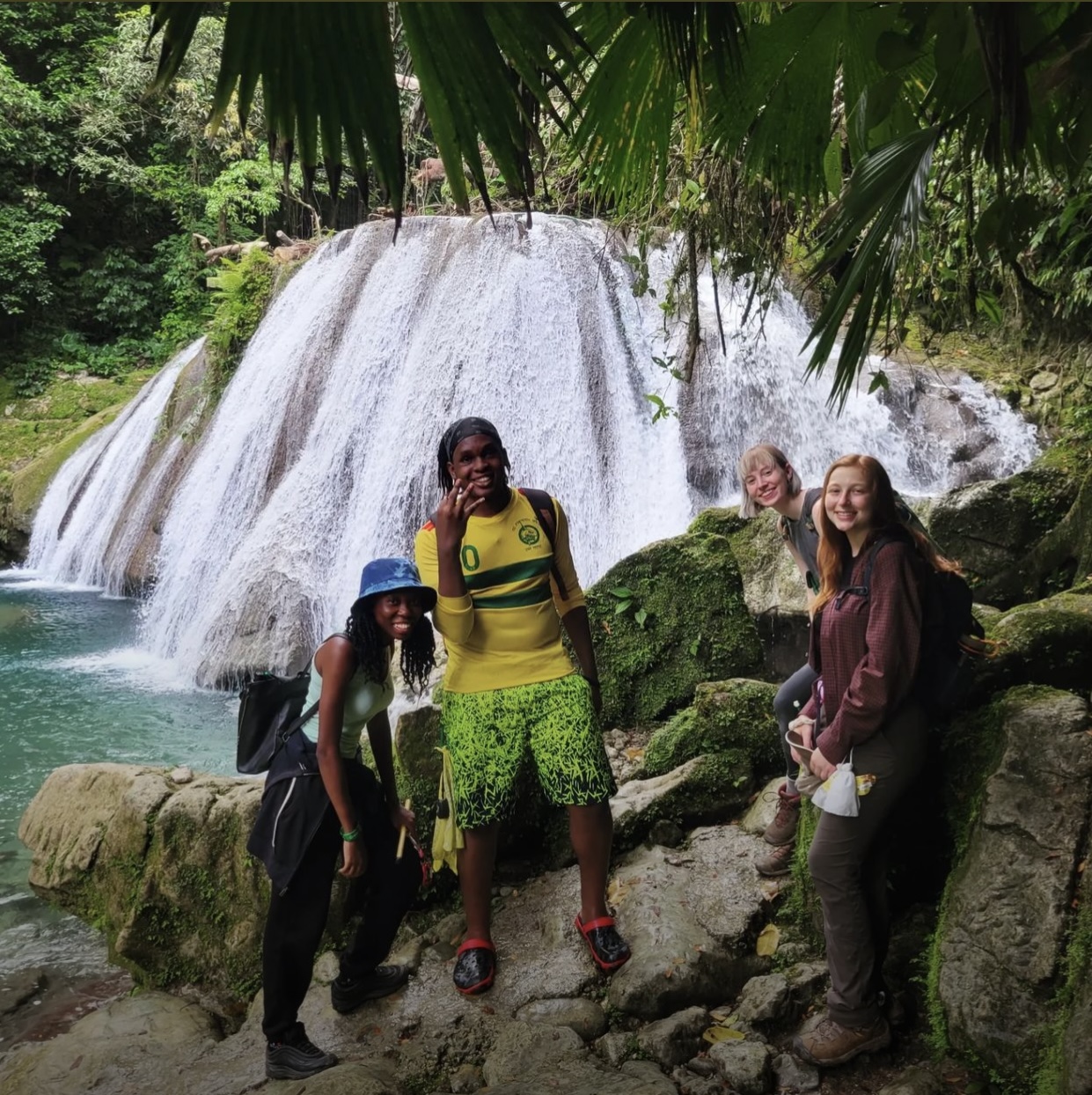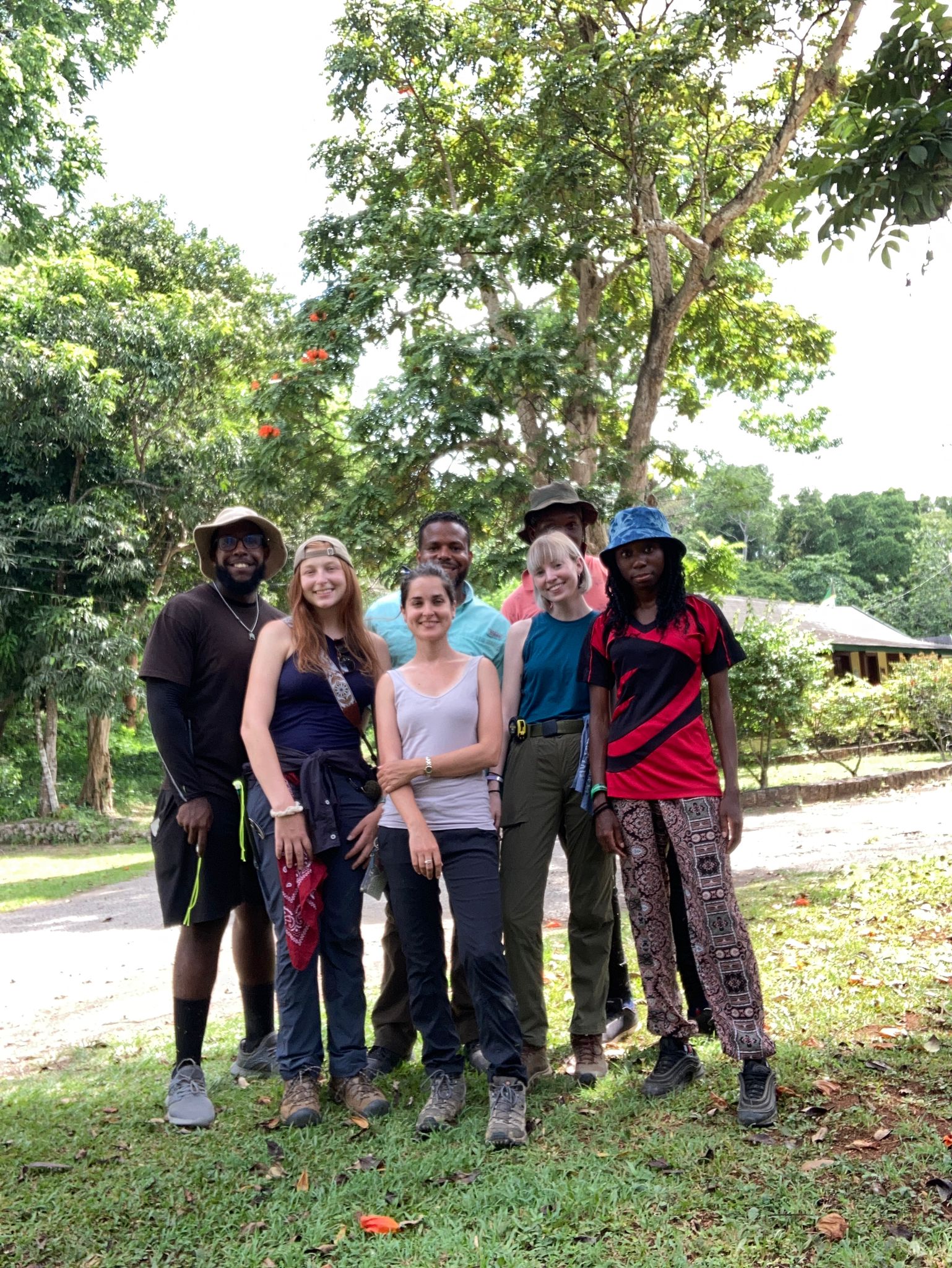Anole Fieldwork in Jamaica!
For three weeks this summer, I was fortunate to be able to assist graduate student Inbar Maayan in the field studying Jamaican anoles! I’m extremely grateful to have had the opportunity to study anoles in the field for the first time in a place as beautiful as Jamaica. One of the most rewarding parts of this trip was getting to see my study species, Anolis grahami, in their natural habitat - they are truly magnificent lizards! Being naturalists, we used this opportunity to look for other animal species as well, like the Jamaican Tody and the Streamertail! Jamaica is such a lovely island and I can’t wait to go back!
For more information about the research project, visit Inbar Maayan’s Website!
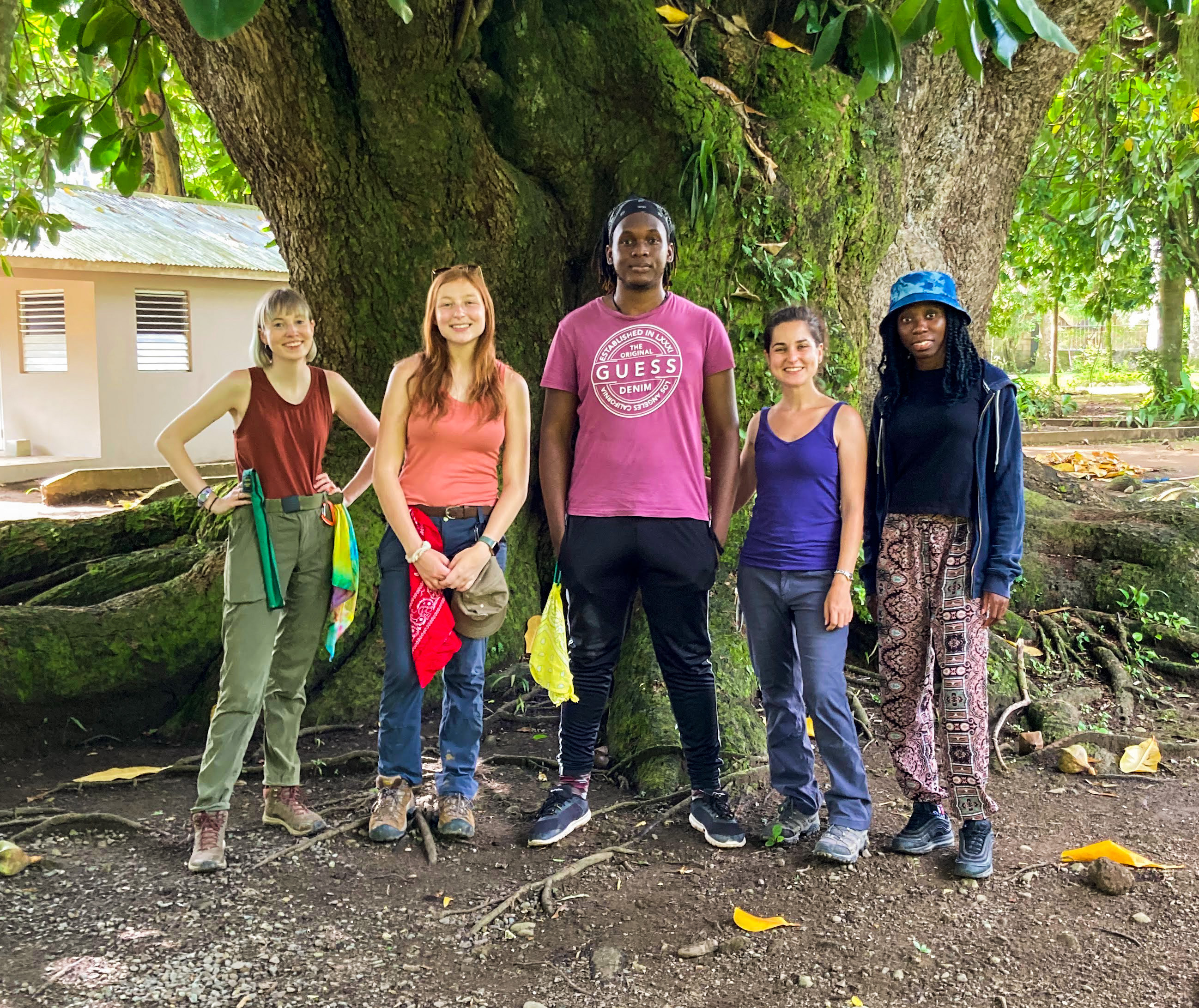


Meet the Jamaican Anoles!
Jamaican anoles form a monophyletic group of 7 anoles: Anolis grahami, Anolis garmani, Anolis conspersus, Anolis opalinus, Anolis lineatopus, Anolis reconditus, and Anolis valencienni. All of these species are endemic to Jamaica except for Anolis conspersus, which is endemic to Grand Cayman and not found in Jamaica. There is also an introduced population of Anolis sagrei on the island.
Anolis grahami
This anole is native to Jamaica and has more recently been introduced to Bermuda. They are a trunk-crown ecomorph, meaning that they are found from around eye-level on the tree up to the canopy and have a long snout, slender body, and shorter legs with well-developed toepads. We currently have two recognized subspecies: Anolis grahami grahami and Anolis grahami aquarum. A. g. grahami is a beautiful rainbow color and is found throughout most of Jamaica, while A. g. aquarum is restricted to certain areas on the Eastern side of the island and is a striking lime green color.
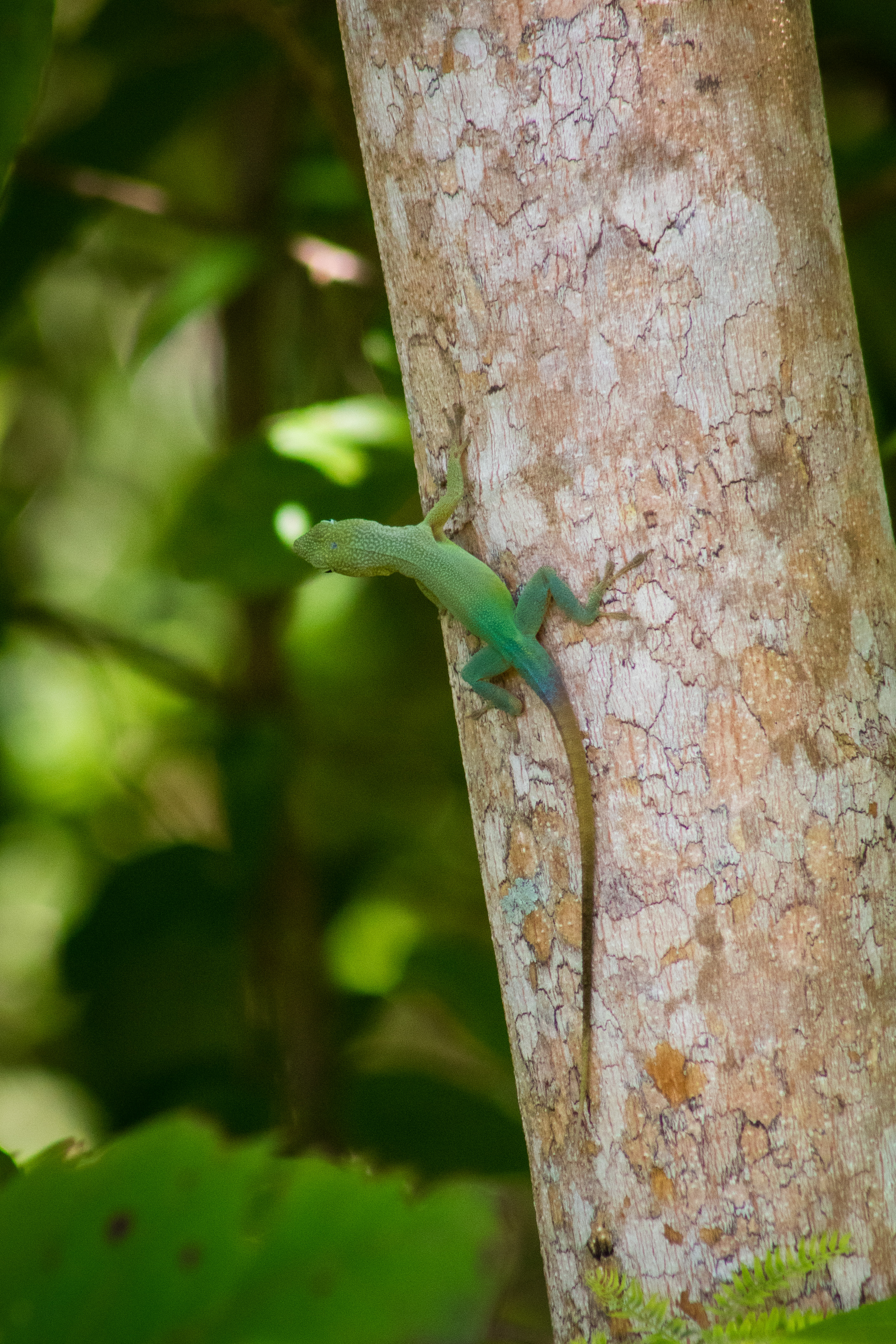
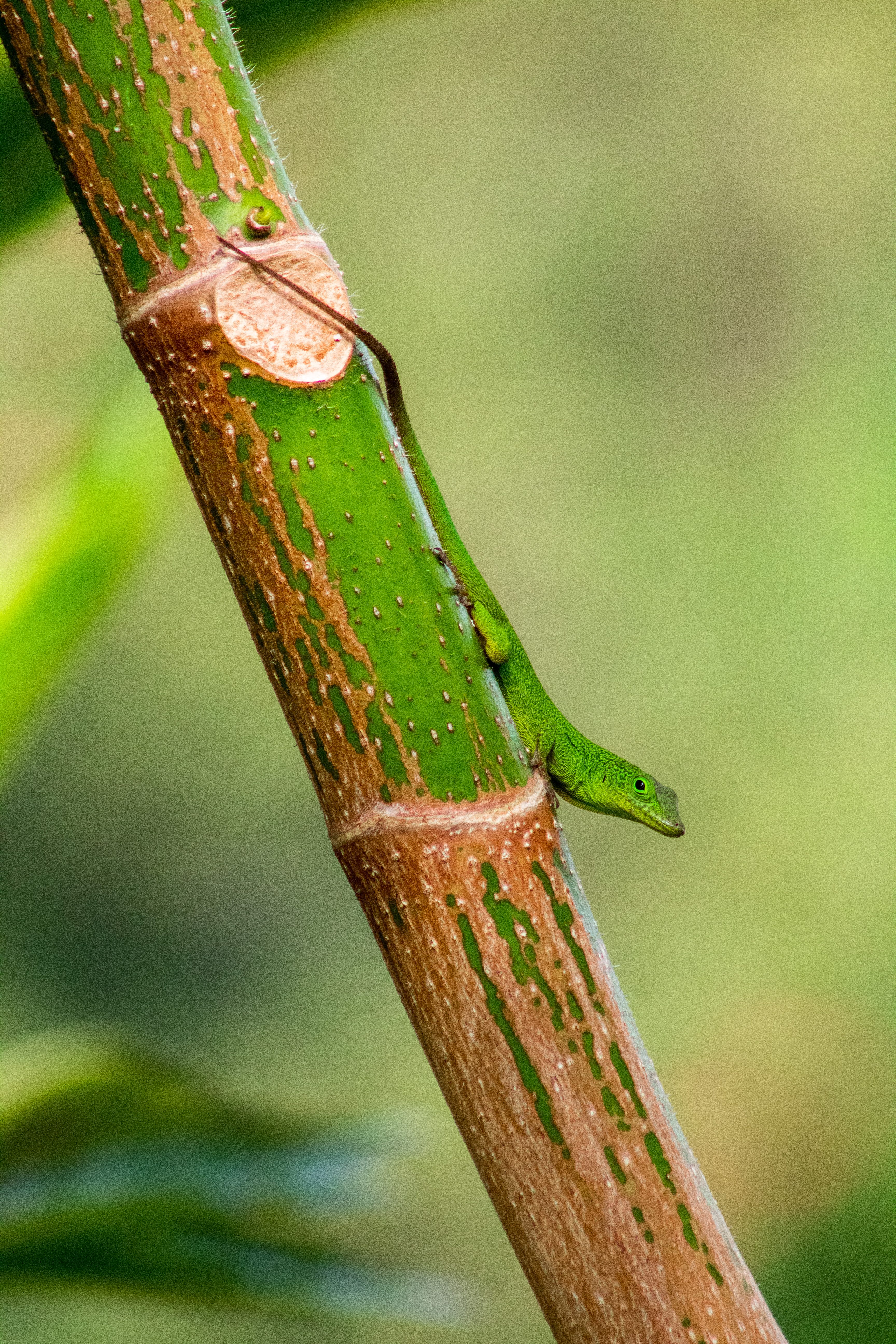
A. grahami is one of the few species of anoles that vocalize - check out the video below! There are actually a few Jamaican anole species that vocalize including A. garmani, A. opalinus, and A. valencienni. To read about other vocalizing anoles, check out this blog post.
My recent work has been focused on assembling a chromosome-scale reference genome for this species, which enables us to answer a suite of questions about A. grahami and the Jamaican anole clade. To read more about this project, click here.
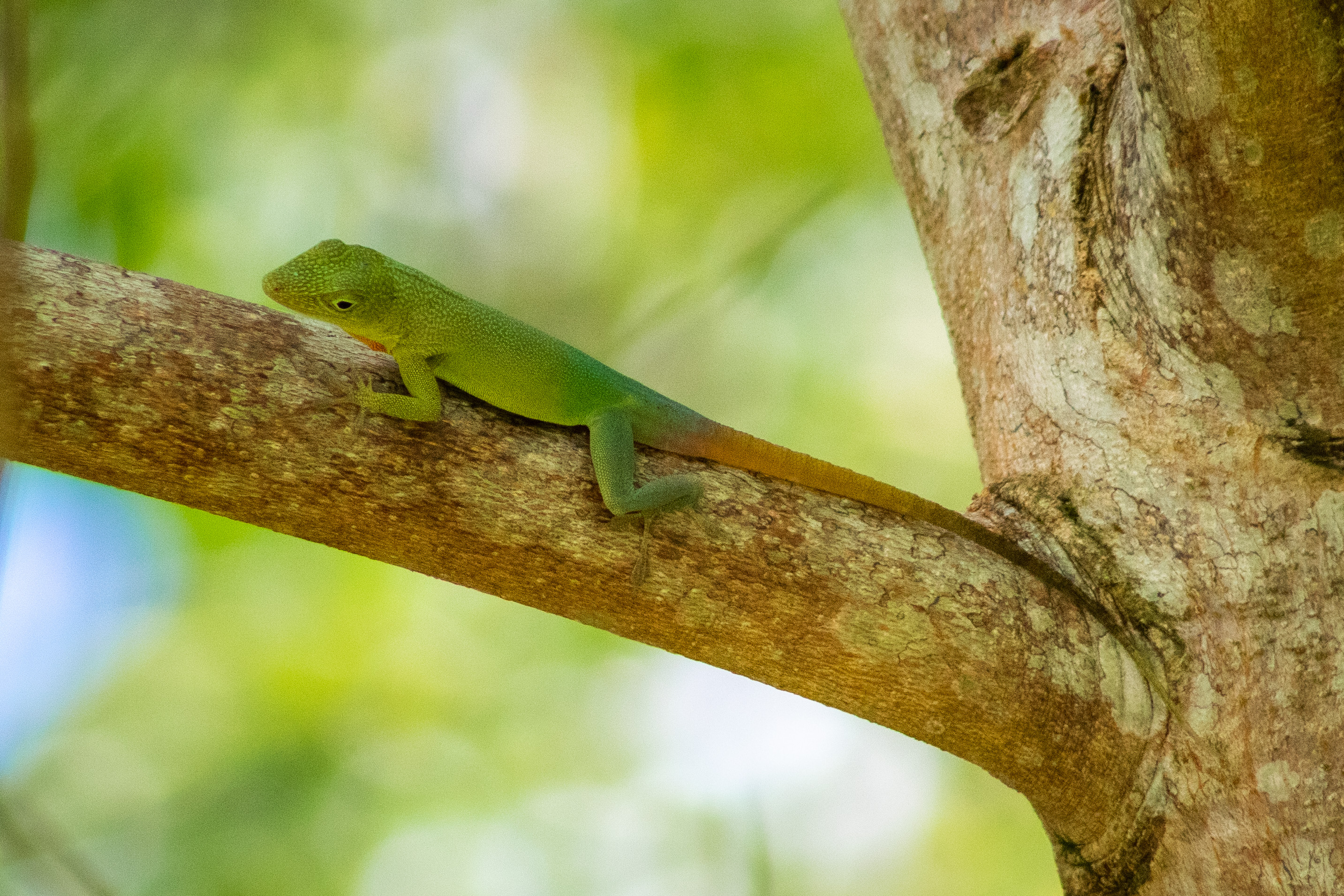
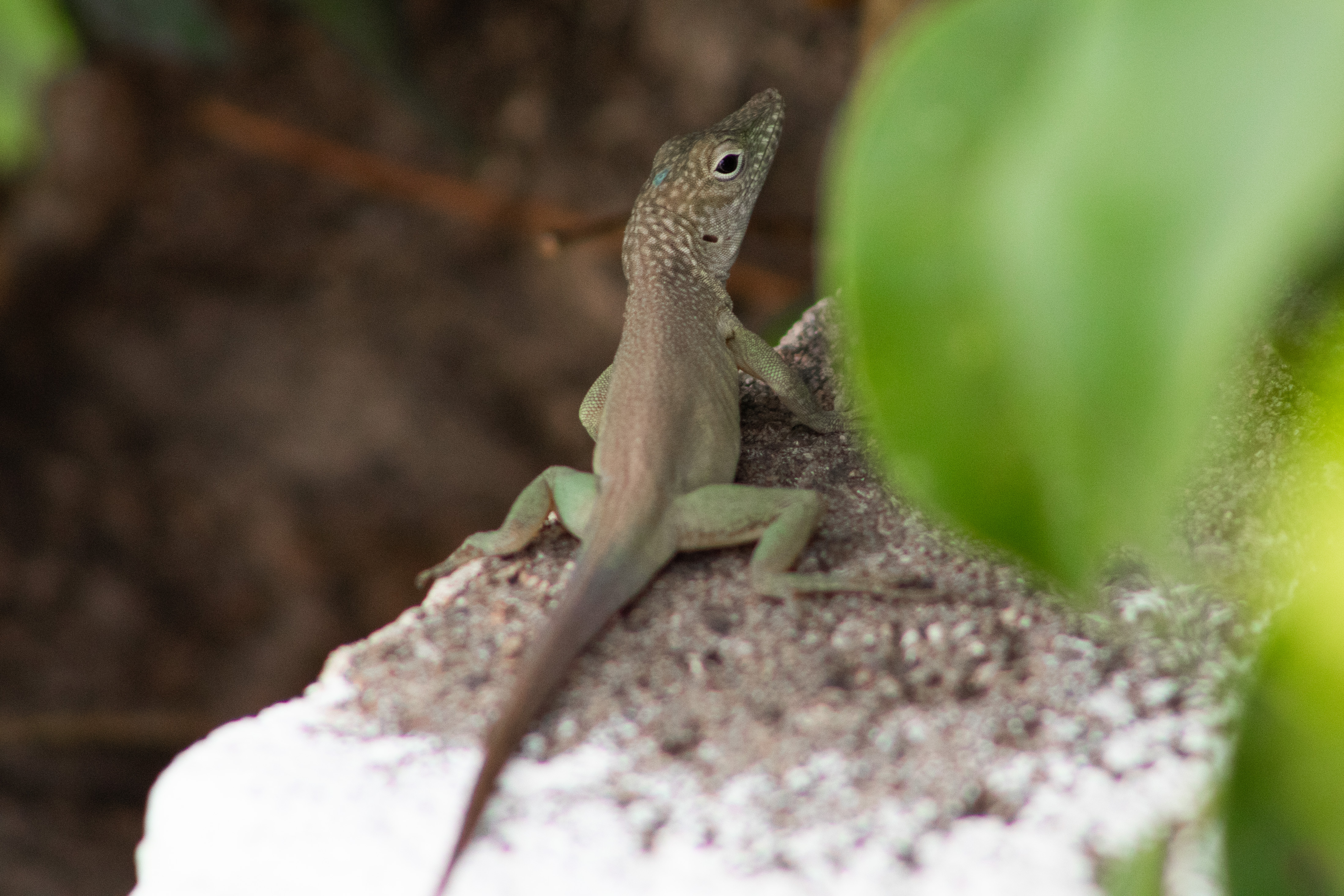

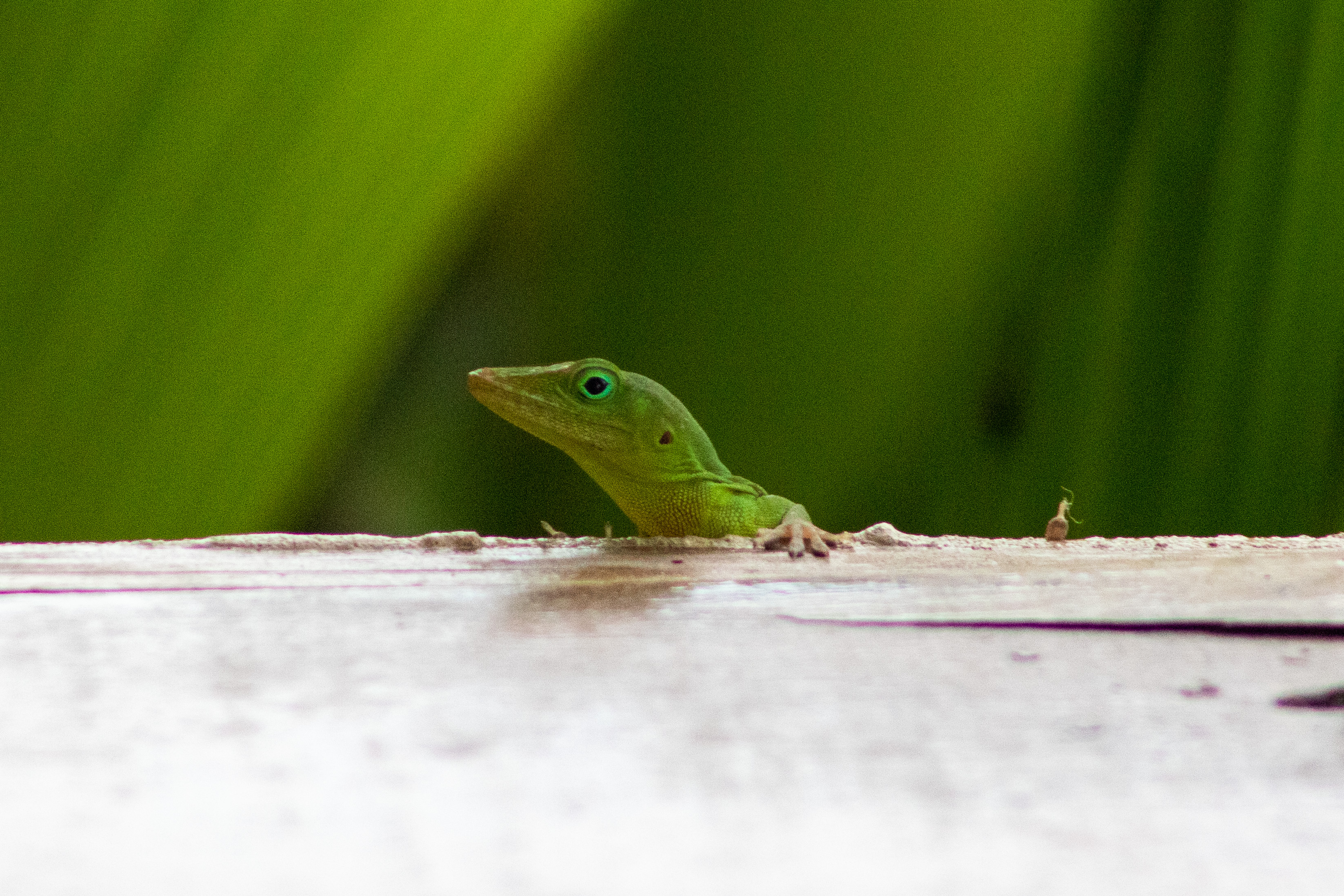
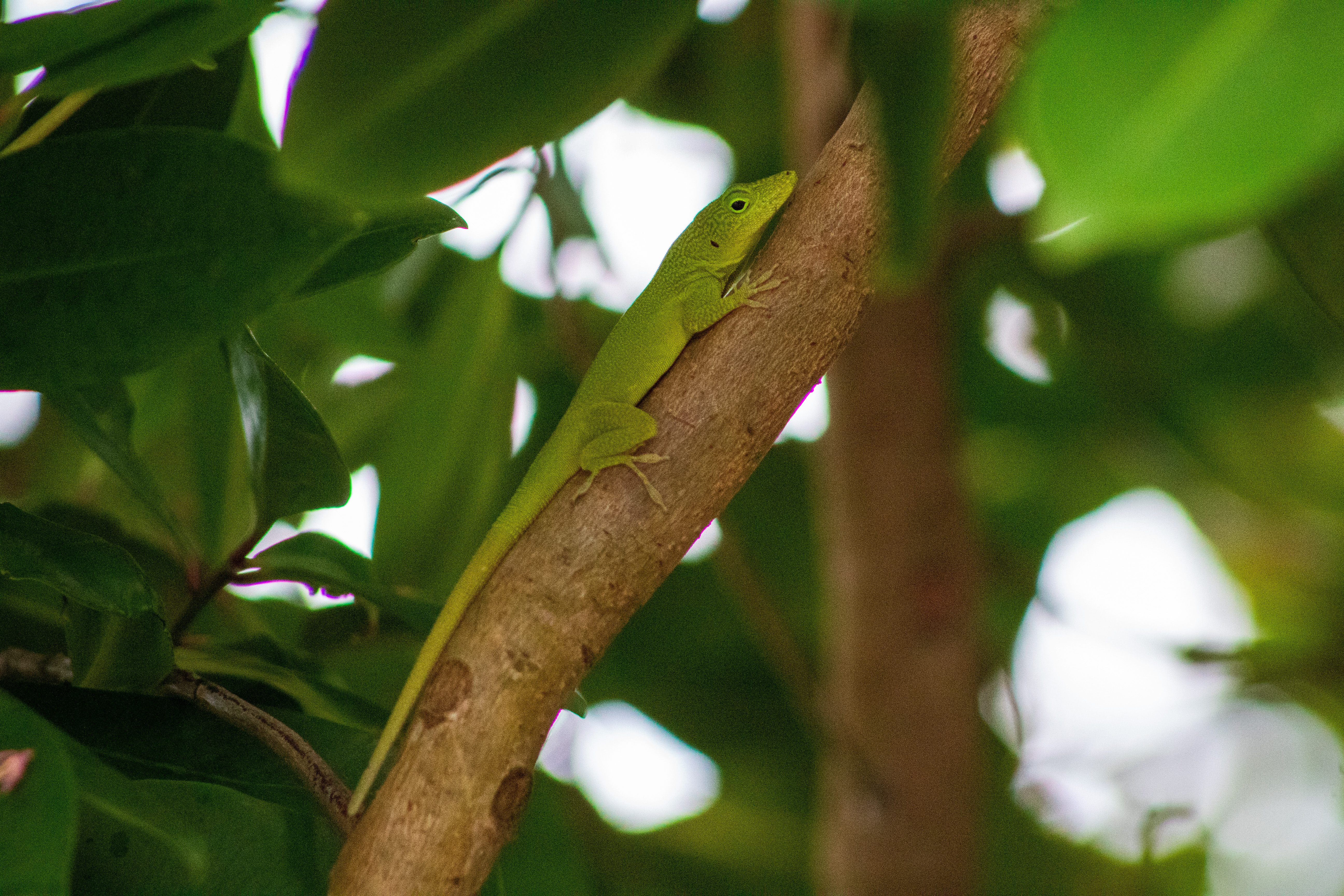
Anolis garmani
This crown-giant anole is the largest species of Jamaican lizard. These anoles are usually found high in the trees on trunks or branches. This species, often called Sawback, has a spiky crest running down the back, although sometimes females and juvenilles lack this feature. A. garmani has a large head, a yellow dewlap, and characteristic stripes along the sides of the body.
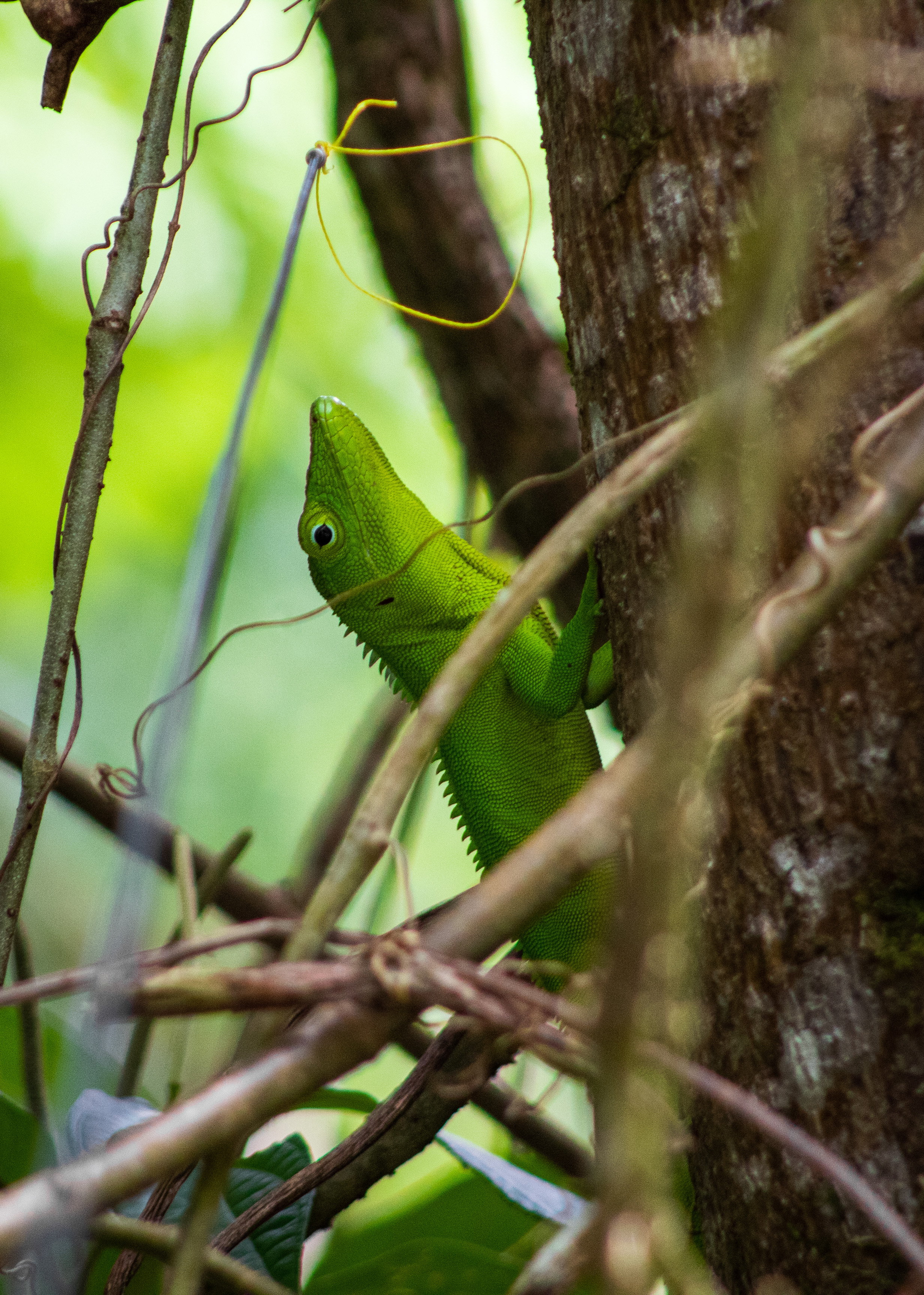

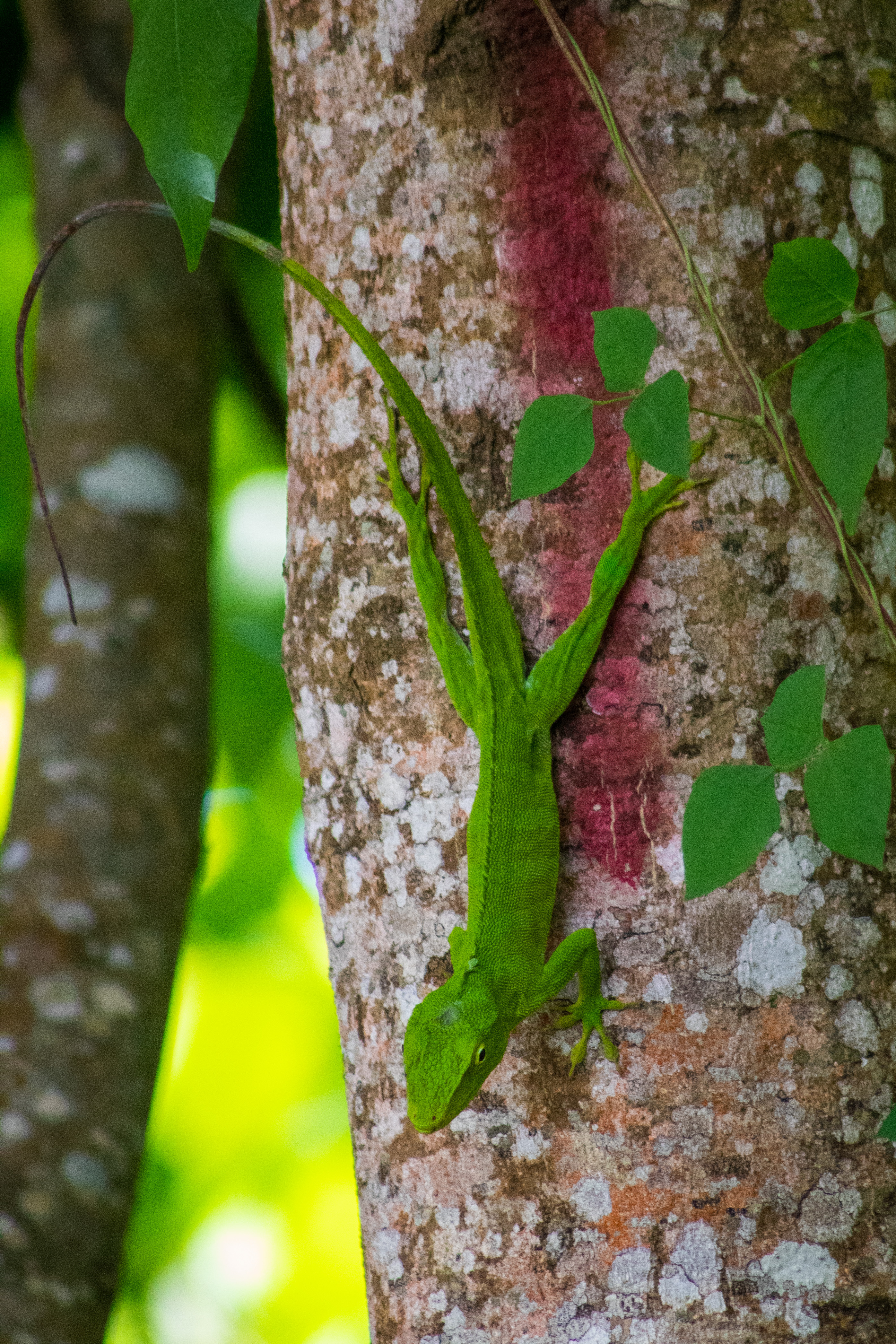

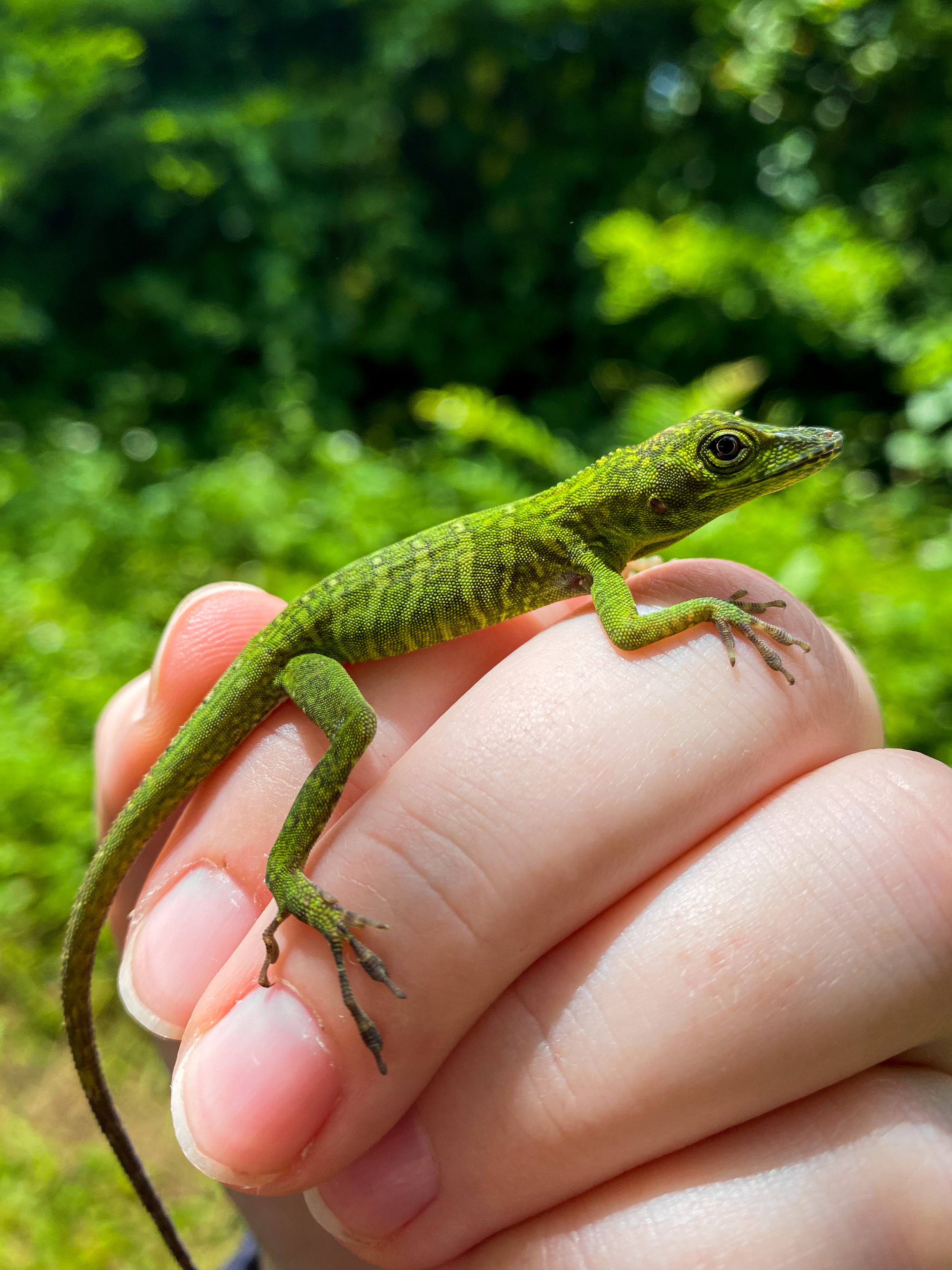
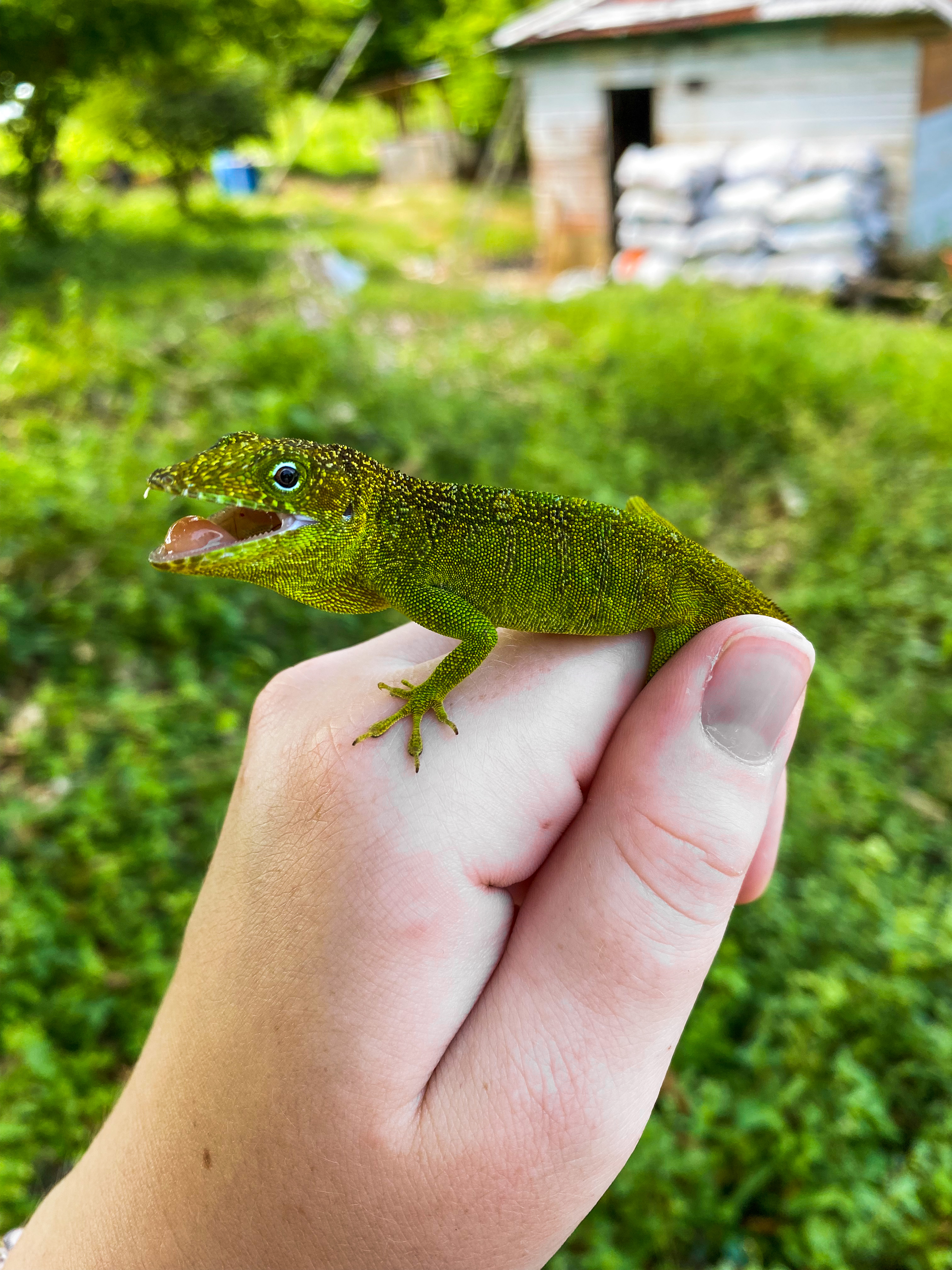
Anolis opalinus
Anolis opalinus is the smallest anole species found on the island, but they have a large dewlap for their size! These anoles possess a light stripe that starts at the chin and runs down the side of the body. Coloration and body pattern vary throughout the island.
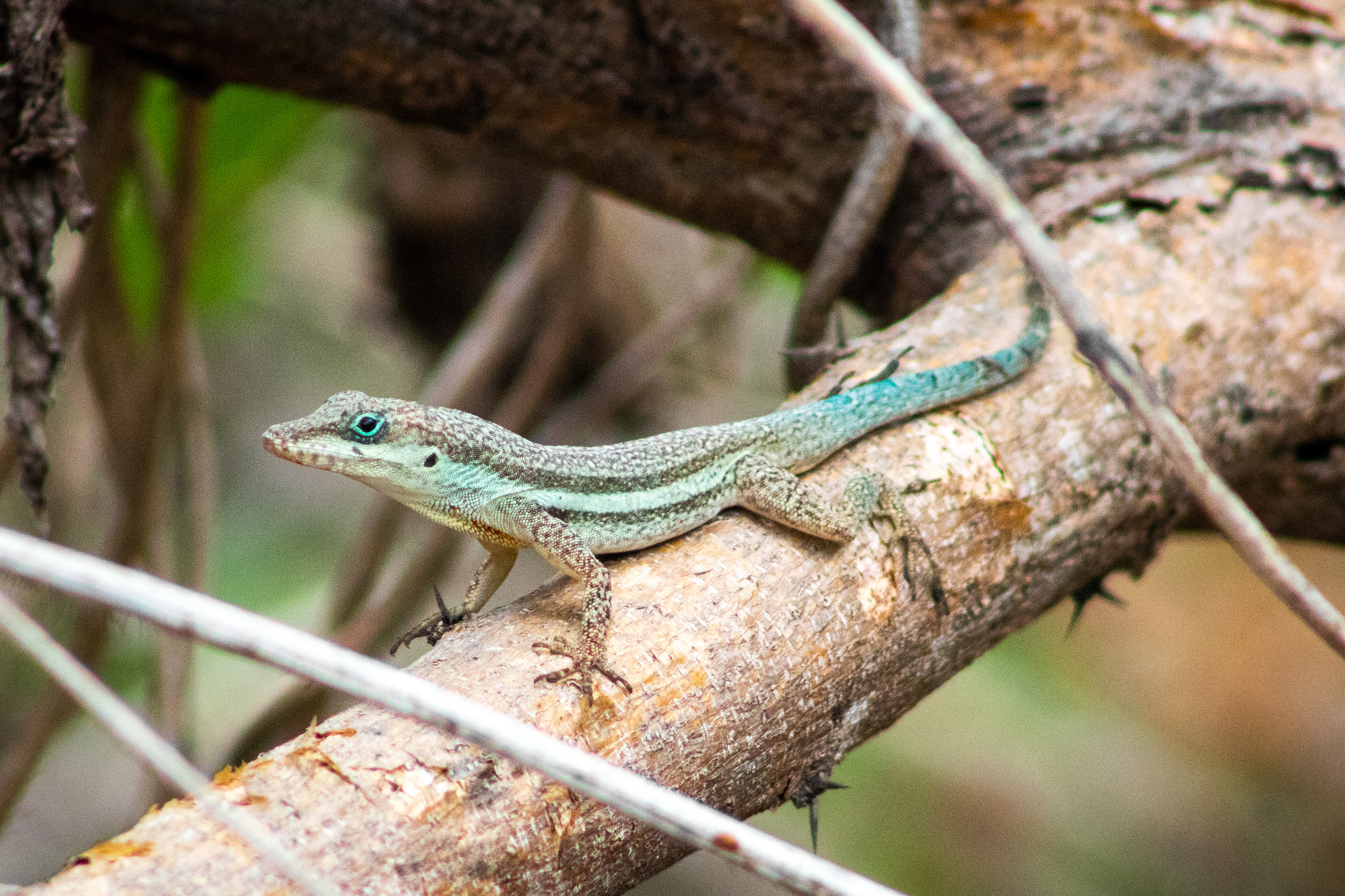
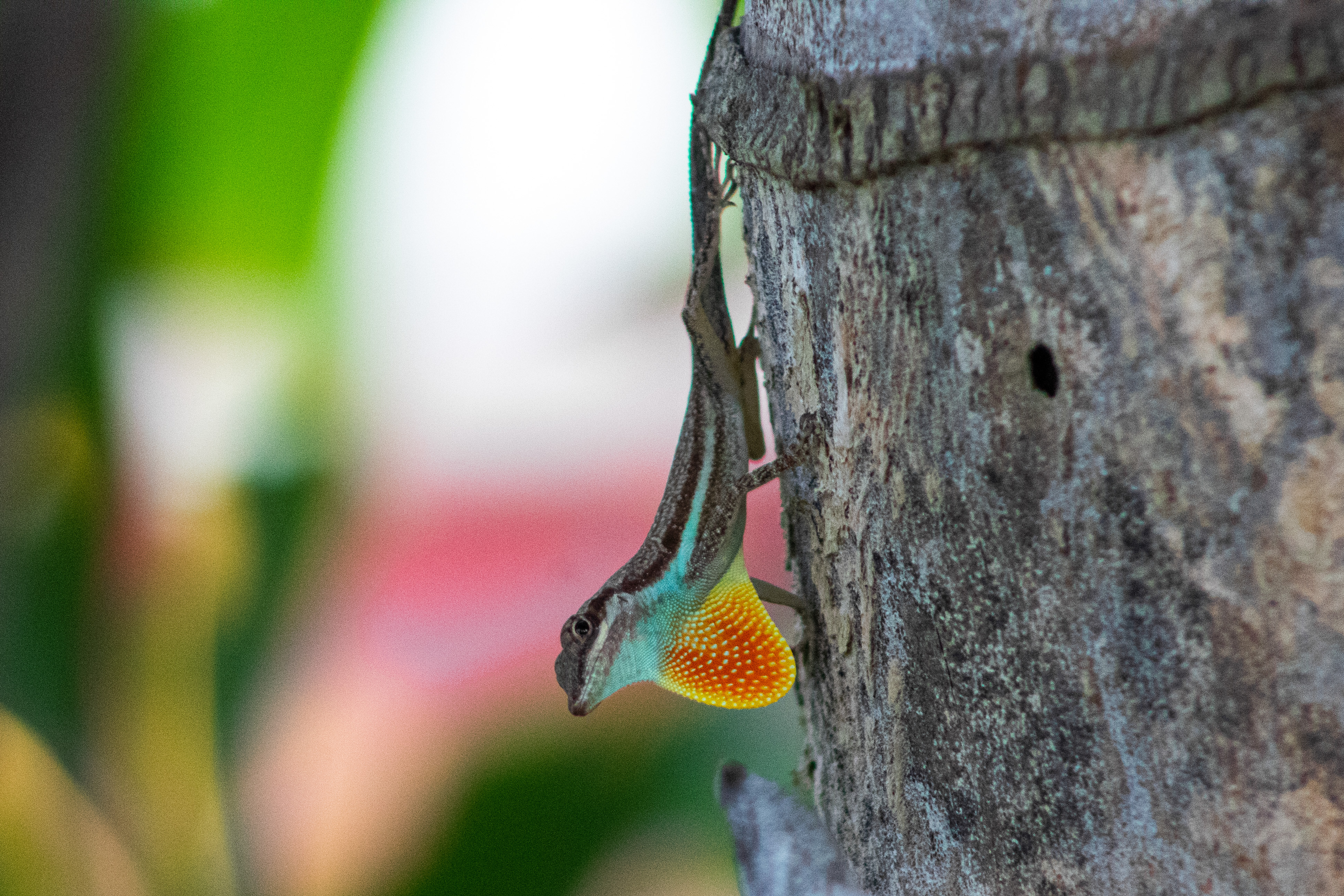

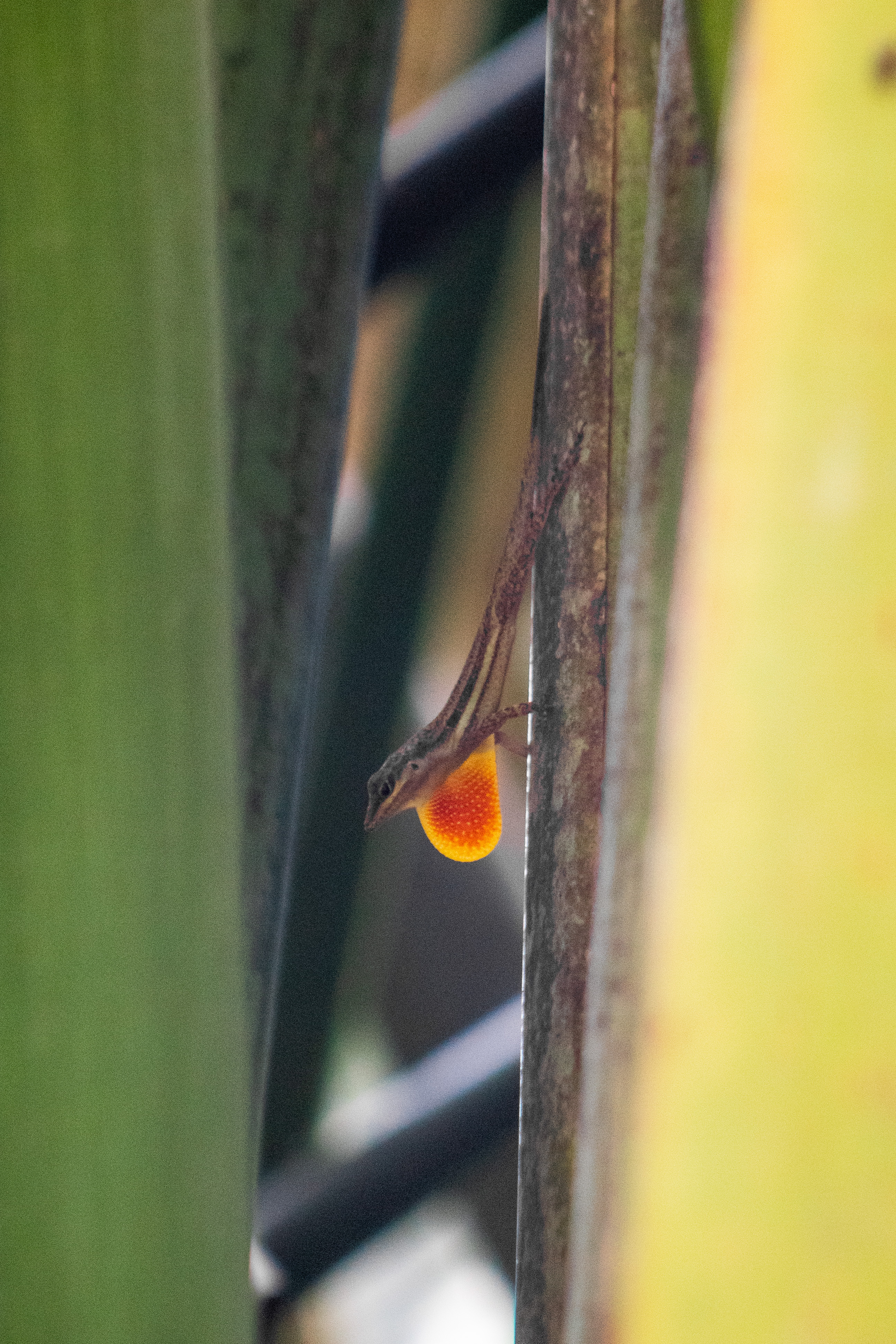
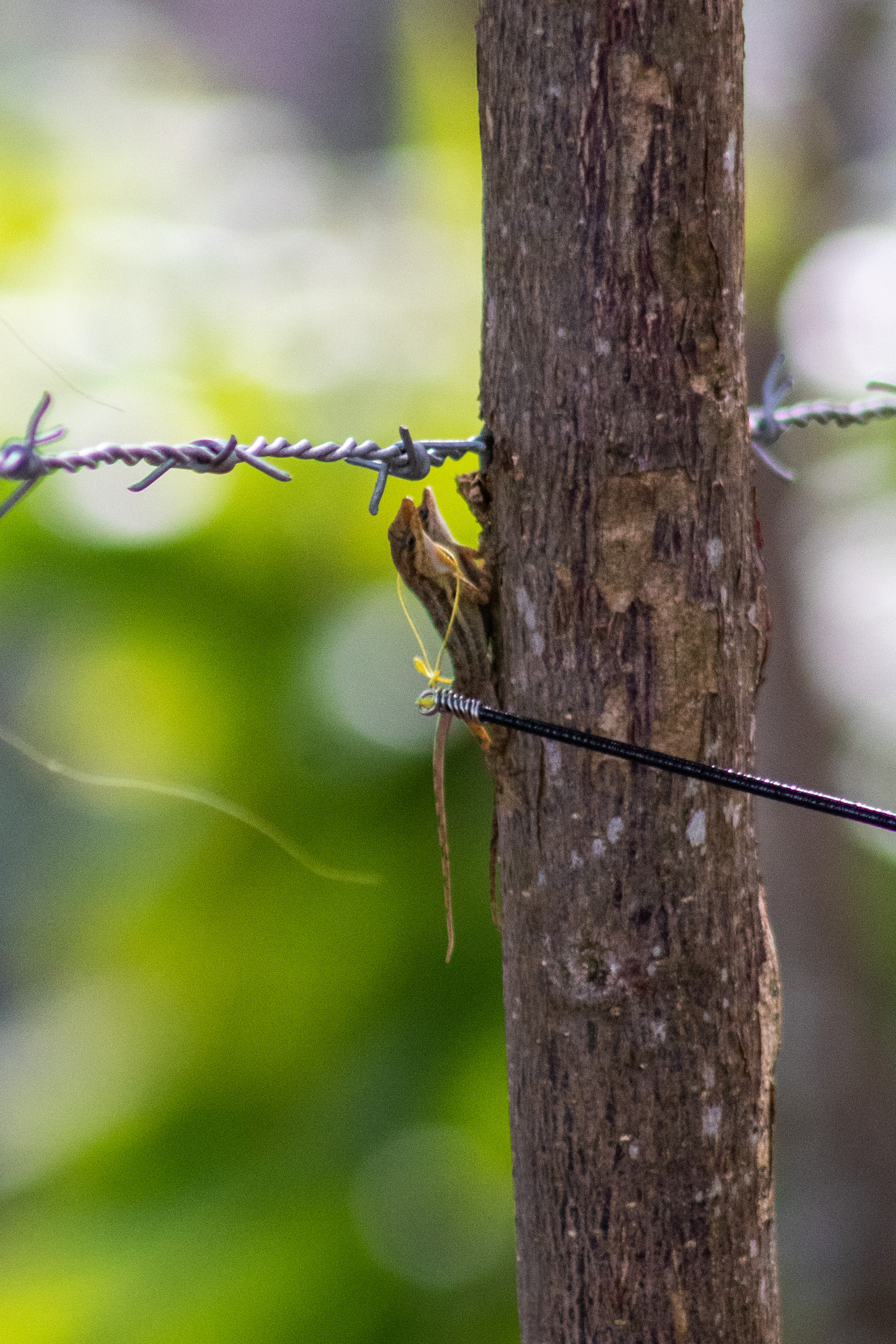

Anolis lineatopus
This species is a trunk-ground anole, meaning they are a medium-sized lizard with long hindlimbs found usually on tree trunks perching head downward. Anolis lineatopus is by far the most common species of anole in Jamaica. There is a lot of pattern and color variation throughout the island, but generally A. lineatopus has a thin, light line along the sides of the body and striped legs, hence the common name “stripe footed anole.” There are currently four recognized subspecies: ahenobarbus, lineatopus, merope, and neckeri.

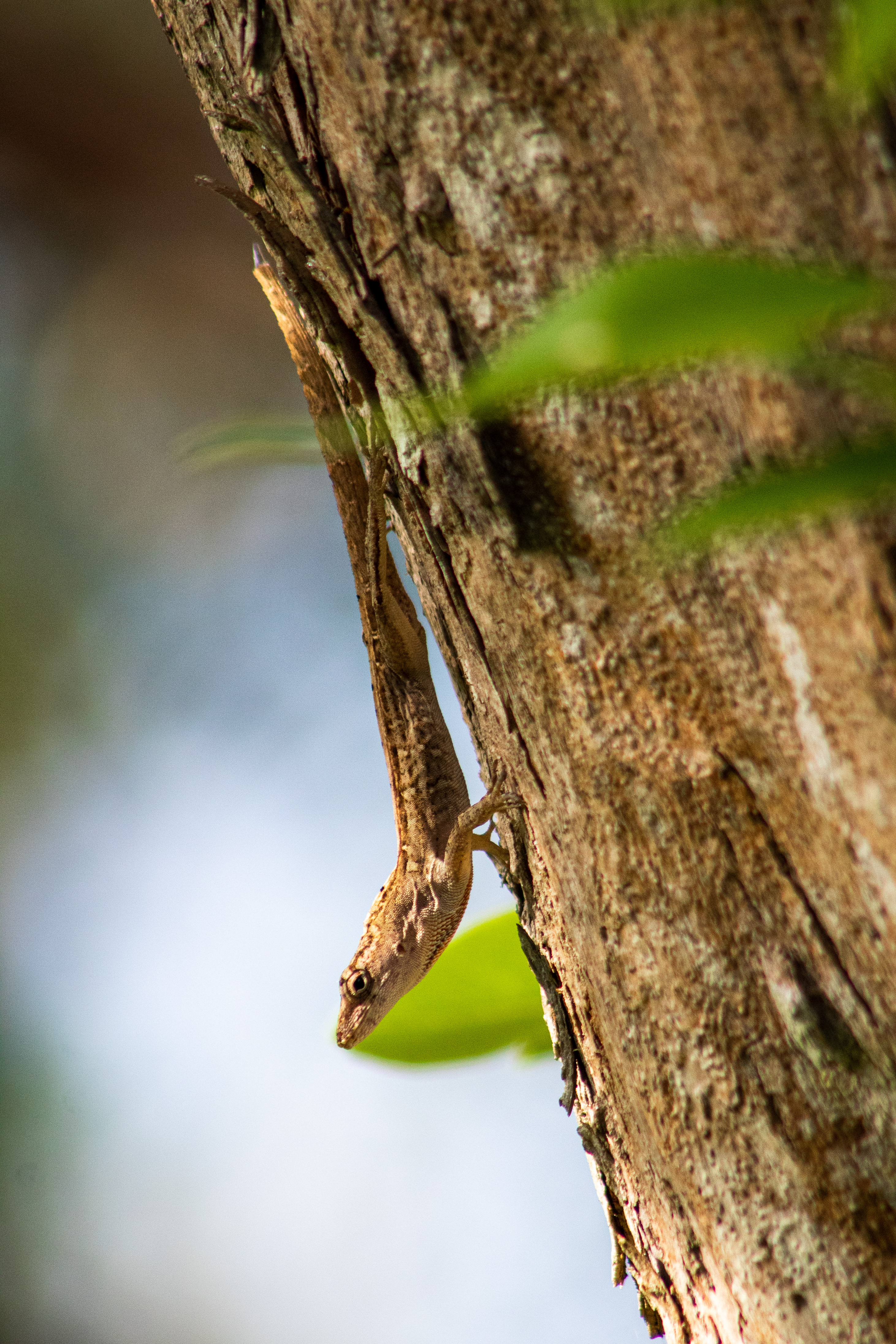


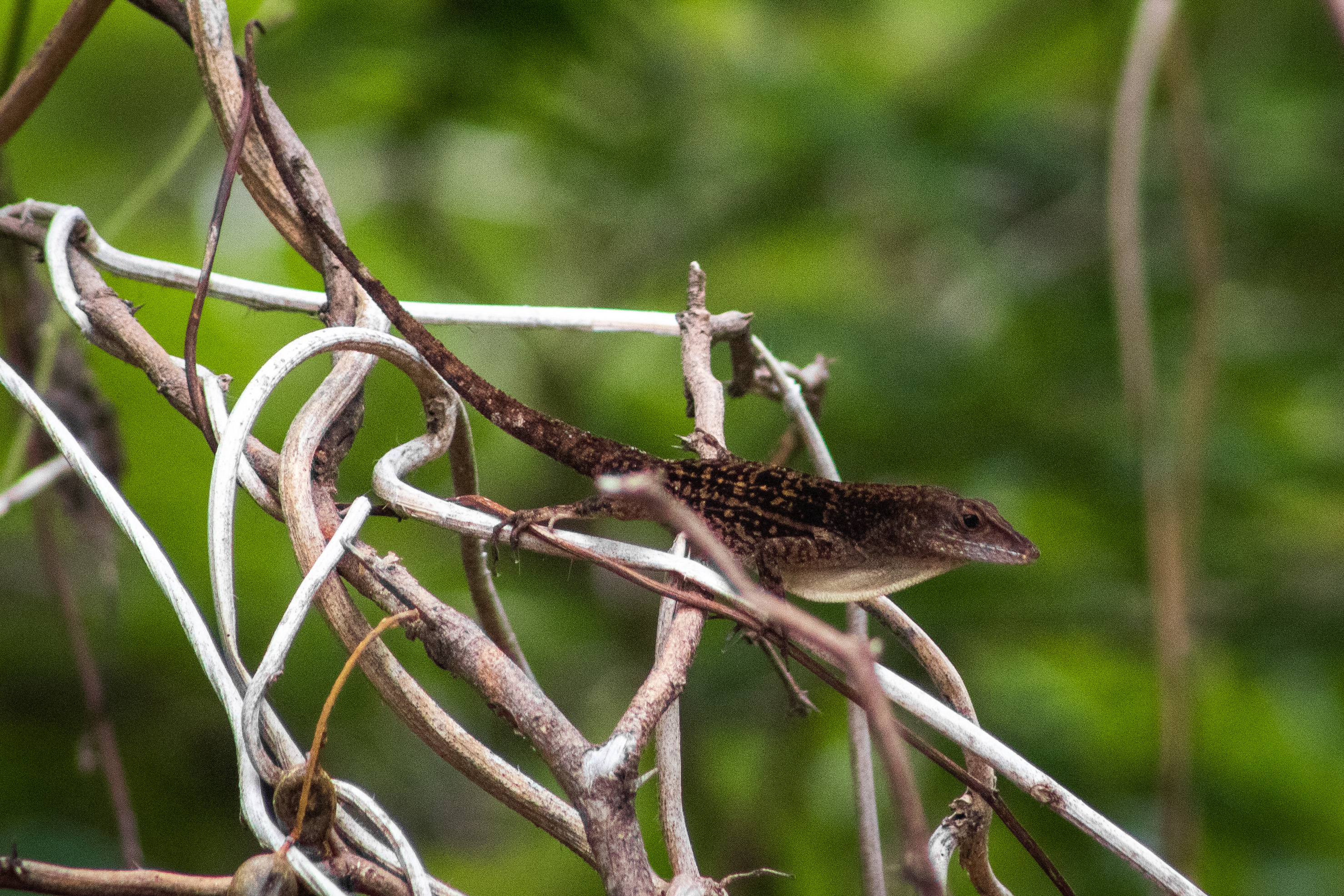
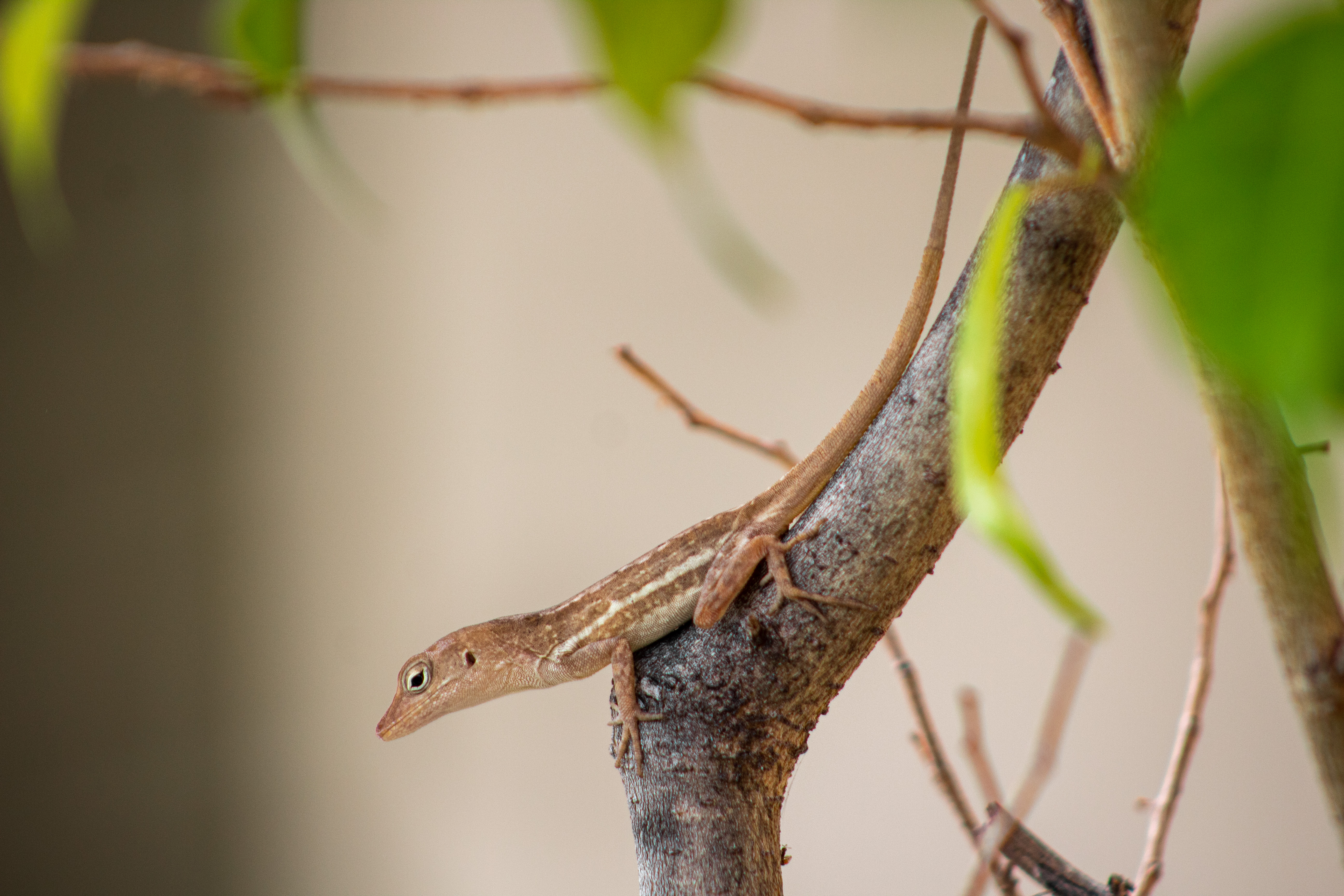
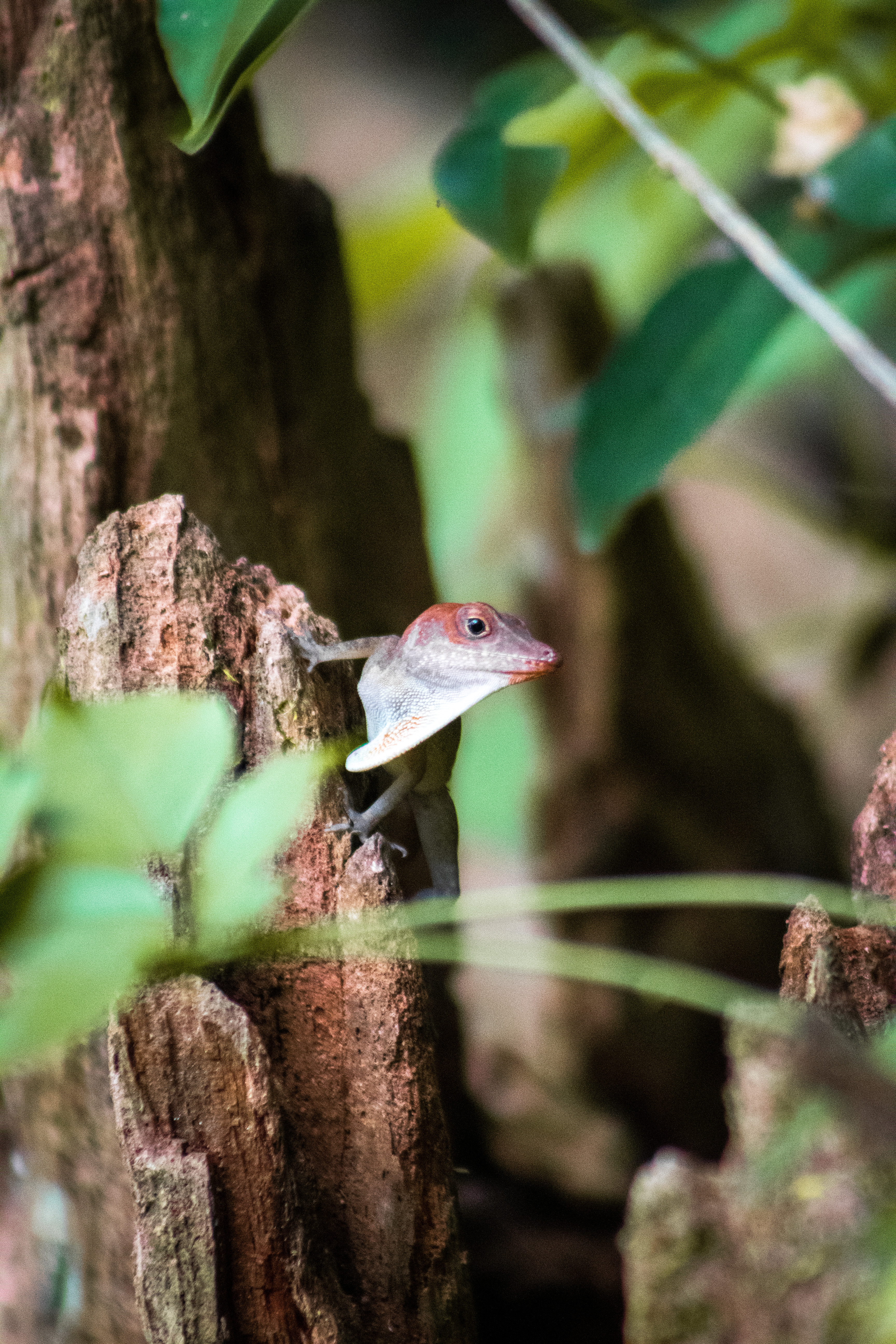
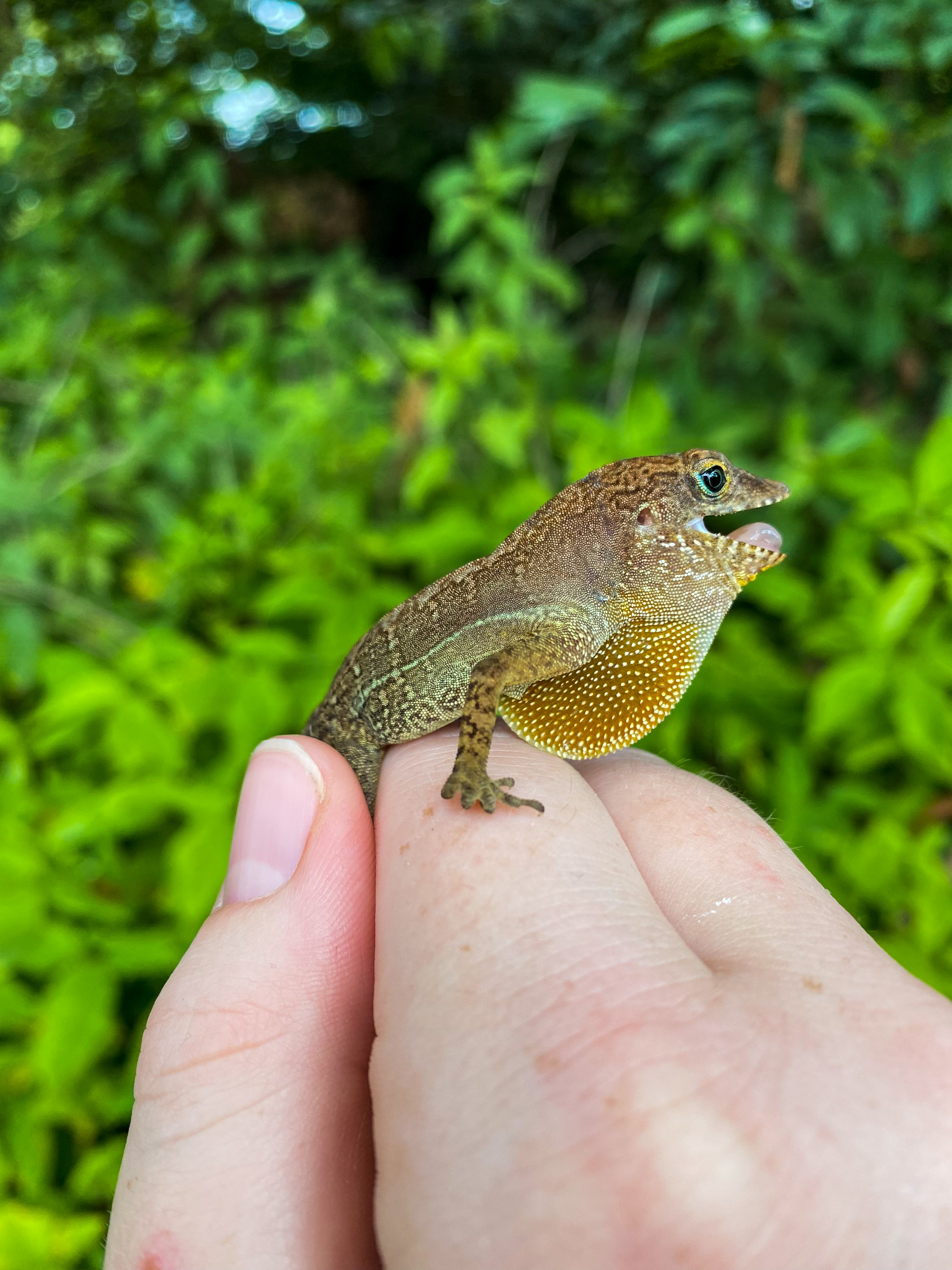
Anolis reconditus
Anolis reconditus, the Blue Mountains anole, is found exclusively in the Blue Mountains. This elusive, high-elevation anole is usually found in rock crevices near flowing water. This species is a large-bodied lizard in which both males and females have dewlaps, and because these anoles live in dark rock crevices, they have very large eyes.
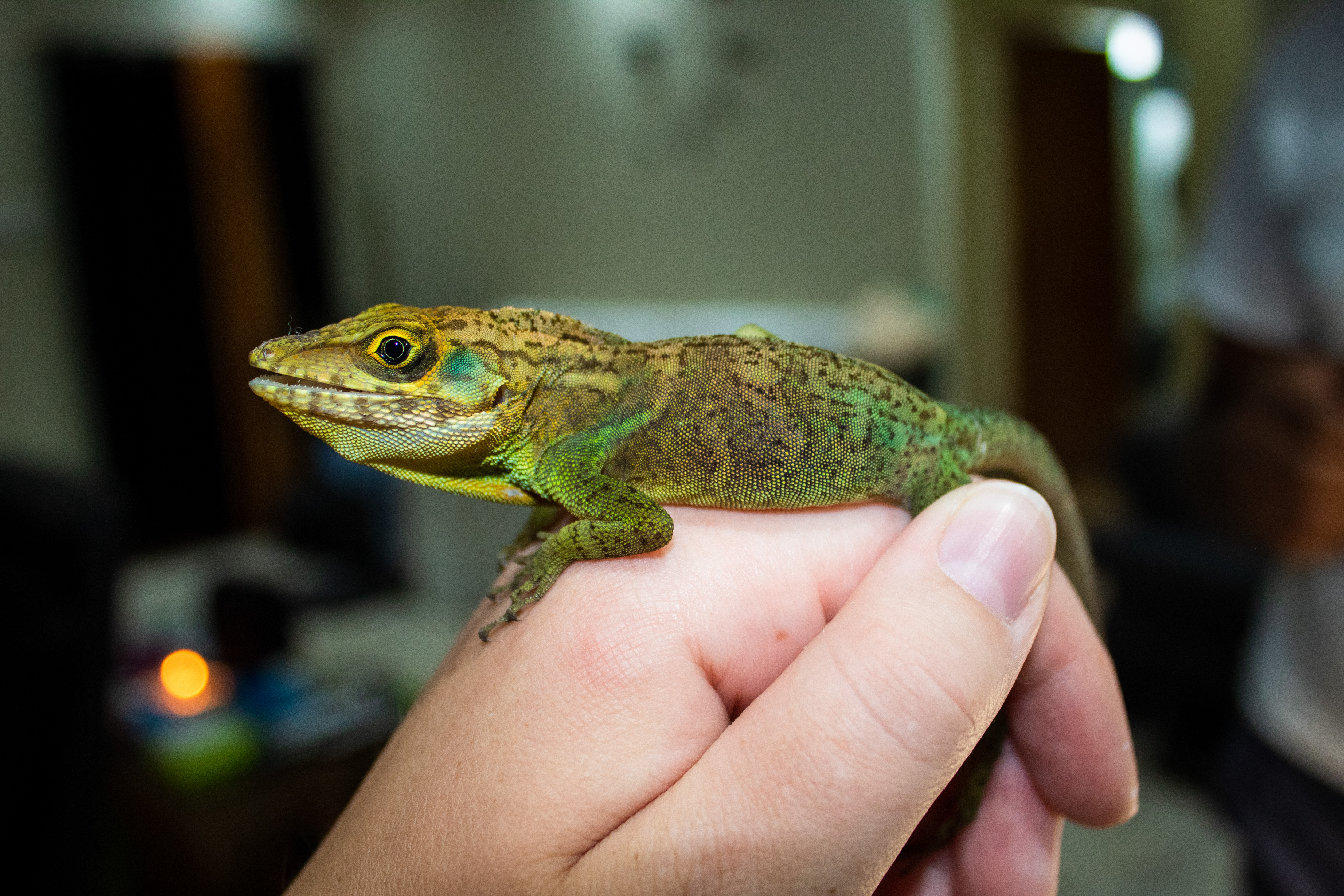

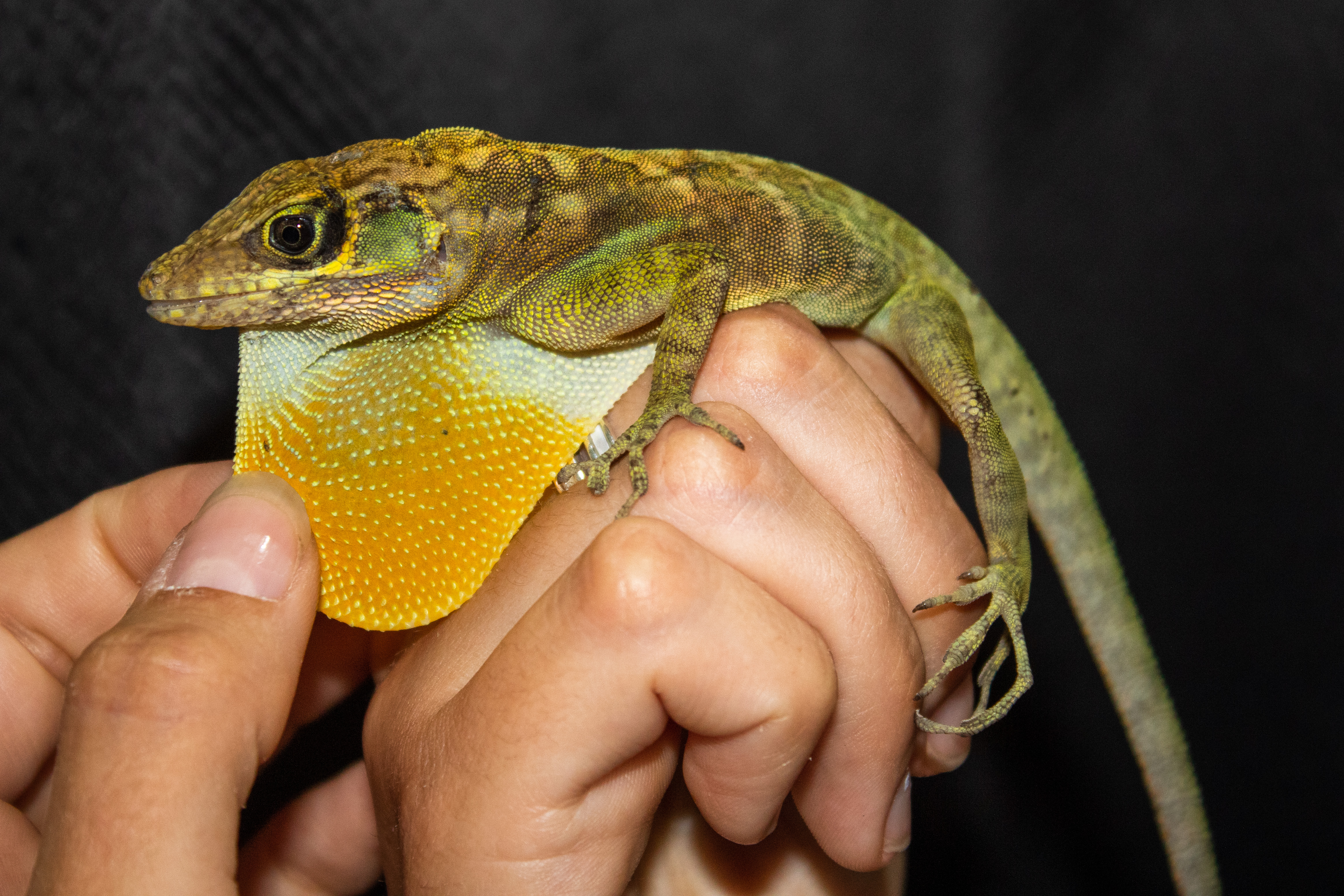
Anolis valencienni
Anolis valencienni is a cryptic twig anole. This species is found primarily on twigs and branches, and moves very slowly in order to stay hidden in the trees. They have very short limbs, a prehensile tail, and a strong bite! Their mottled color pattern helps them blend into their surroundings. Both males and females have large dewlaps in this species and dewlap color varies from black to pink/purple to yellow.
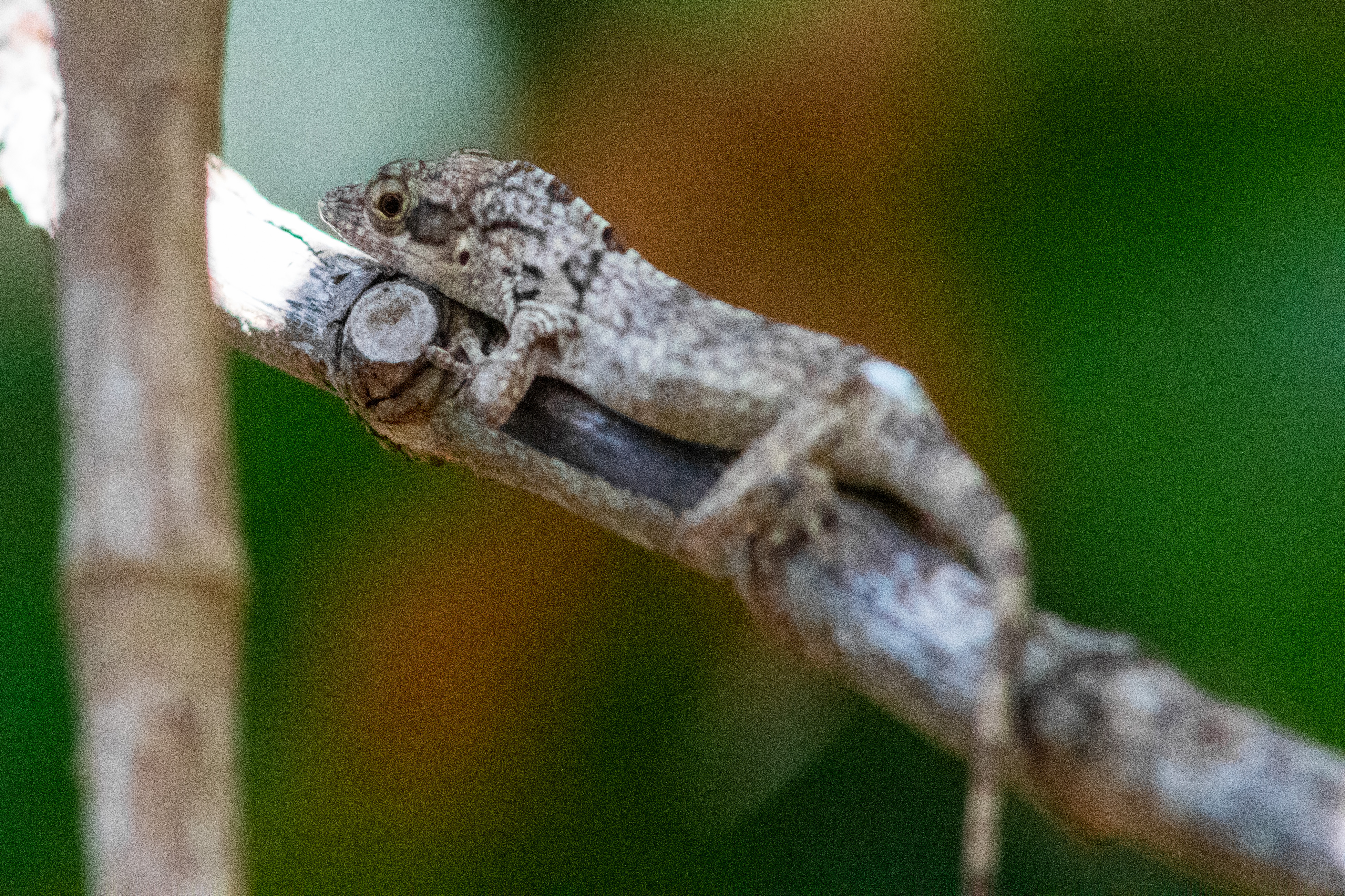
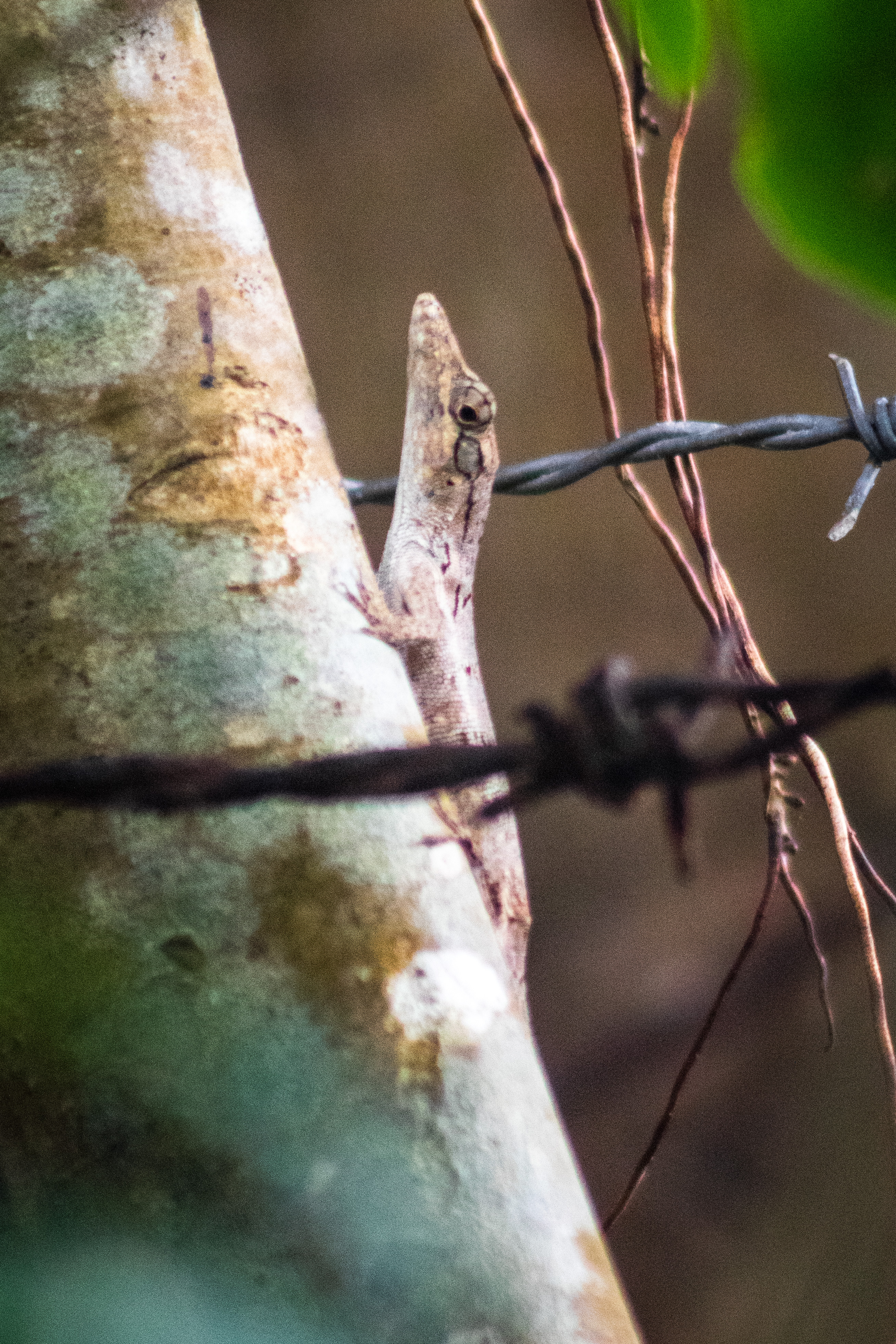

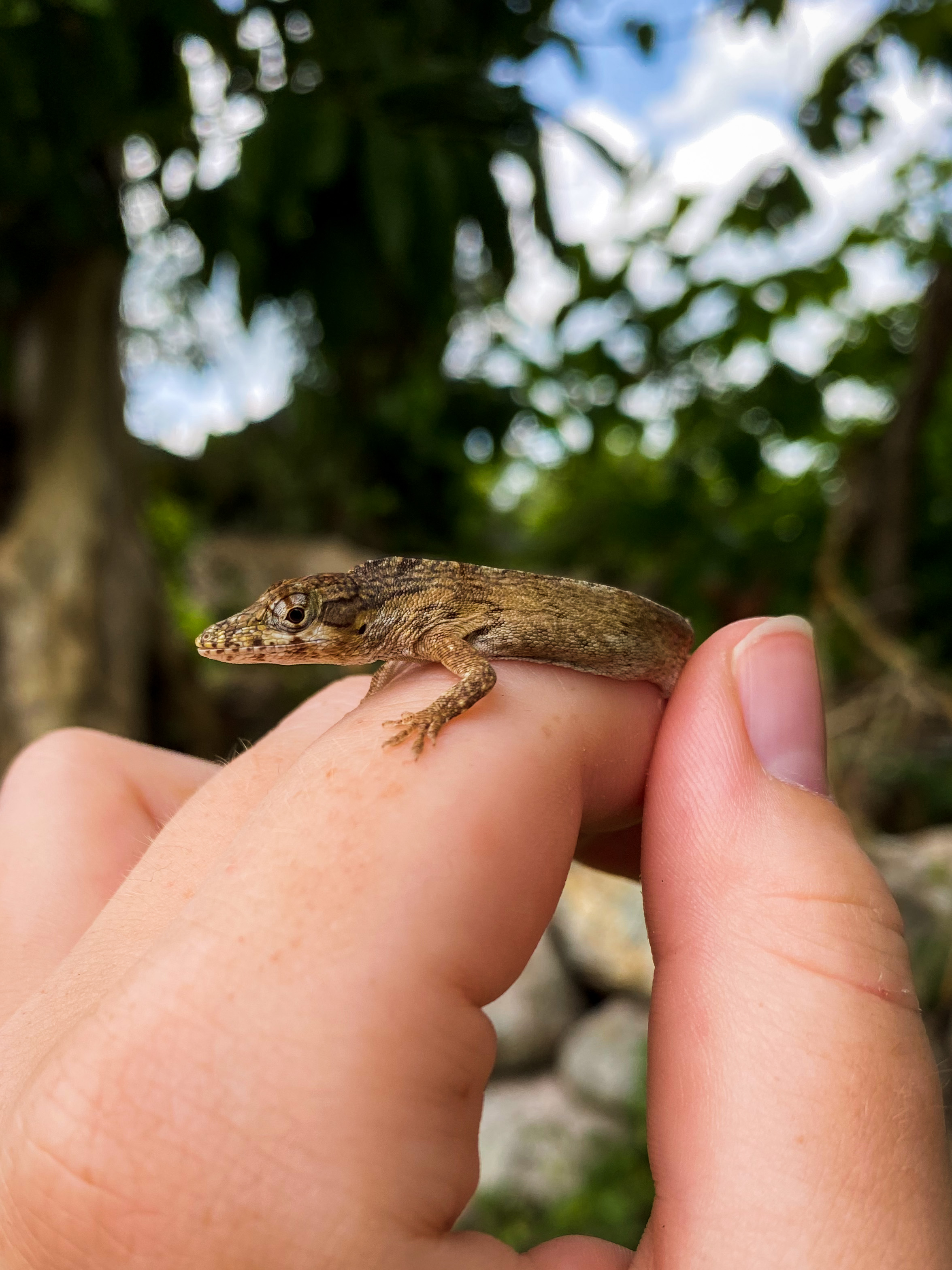


Bonus! Anolis sagrei
Although not a Jamaican anole, Anolis sagrei has made its way to the island! This is a trunk-ground species that is native to Cuba and the Bahamas, but has invaded areas globally.
I am currently working on a project investigating the genetic component of large body size evolution in the Anolis sagrei clade. Click here to read more about this research!
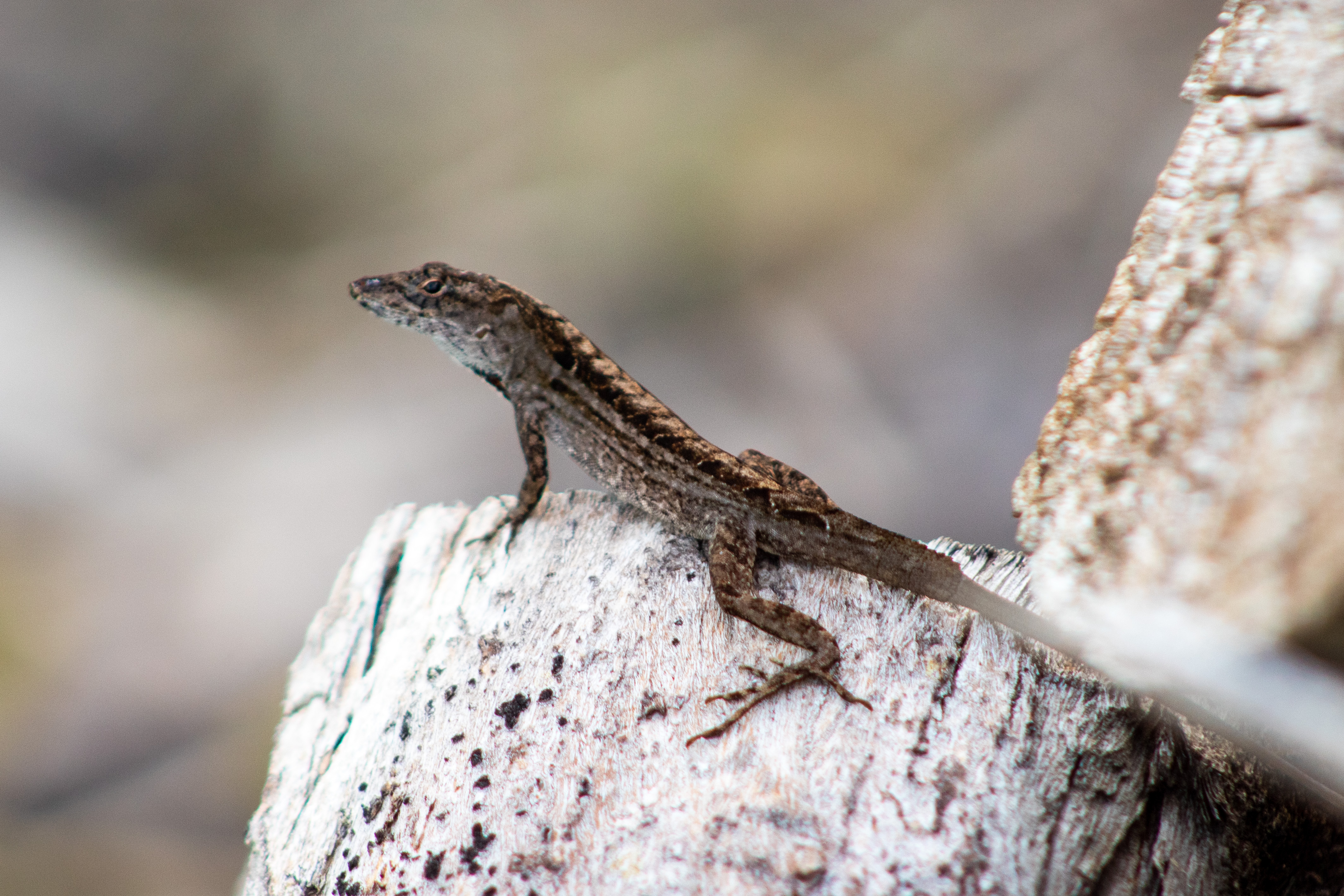
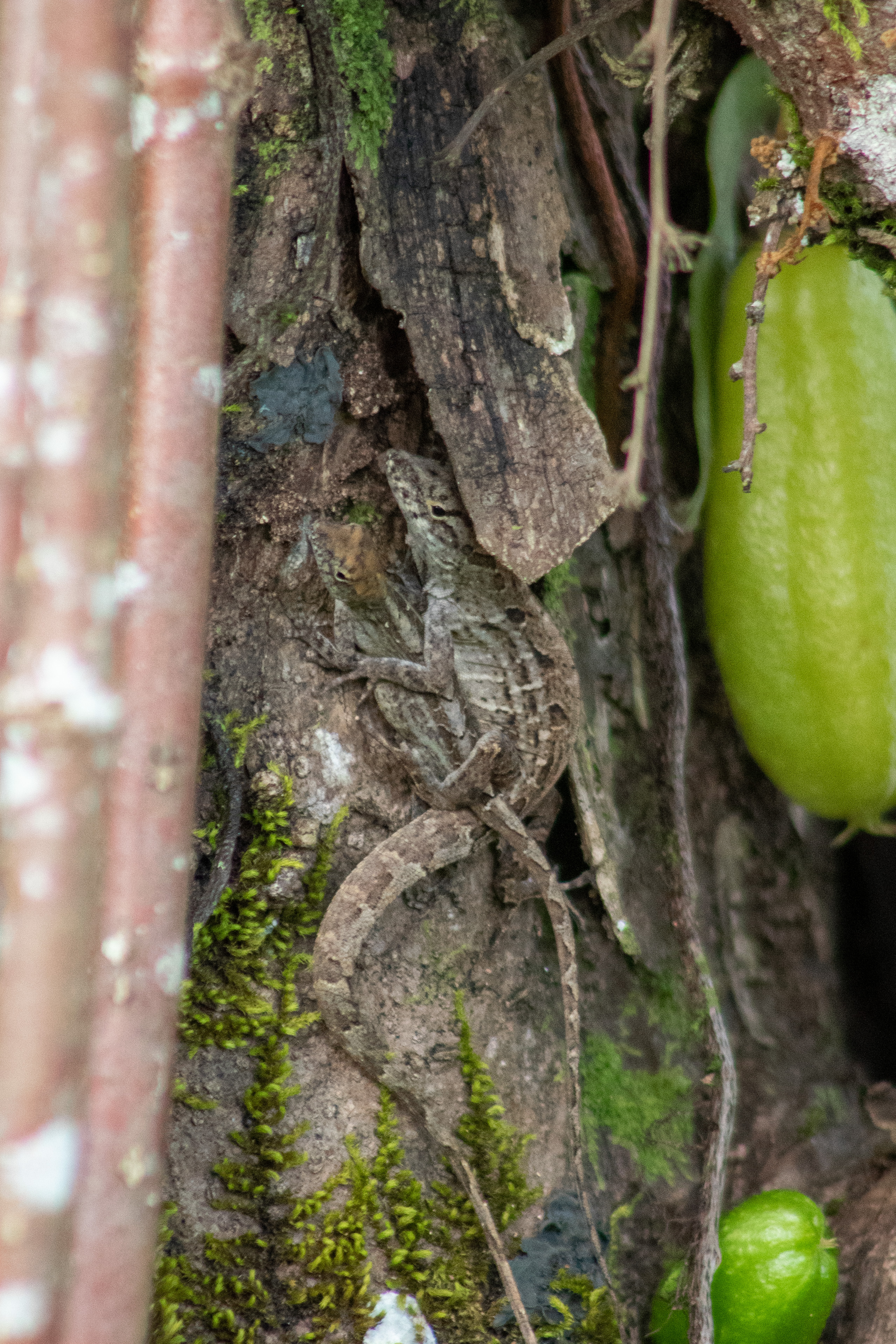

Exploring Jamaican Wildlife
While sampling for anoles around the island, we had the opportunity to observe many of the other animal species that reside in Jamaica, including many endemic species. Jamaica is home to many magnificent birds, frogs, insects, lizards, and more! The photos below are only a portion of the amazing species we saw along the way.
Special thanks to Damany Calder (pictured below) for helping me identify many of these species, and for being a great friend! Check out his instagram page where he posts about the biology and conservation of Jamaican wildlife!

Other Herps
Jamaica is home to more herps than just anoles, such as the Jamaican croaking lizard, Aristelliger praesignis, and the Jamaican blind snake, Typhlops jamaicensis!
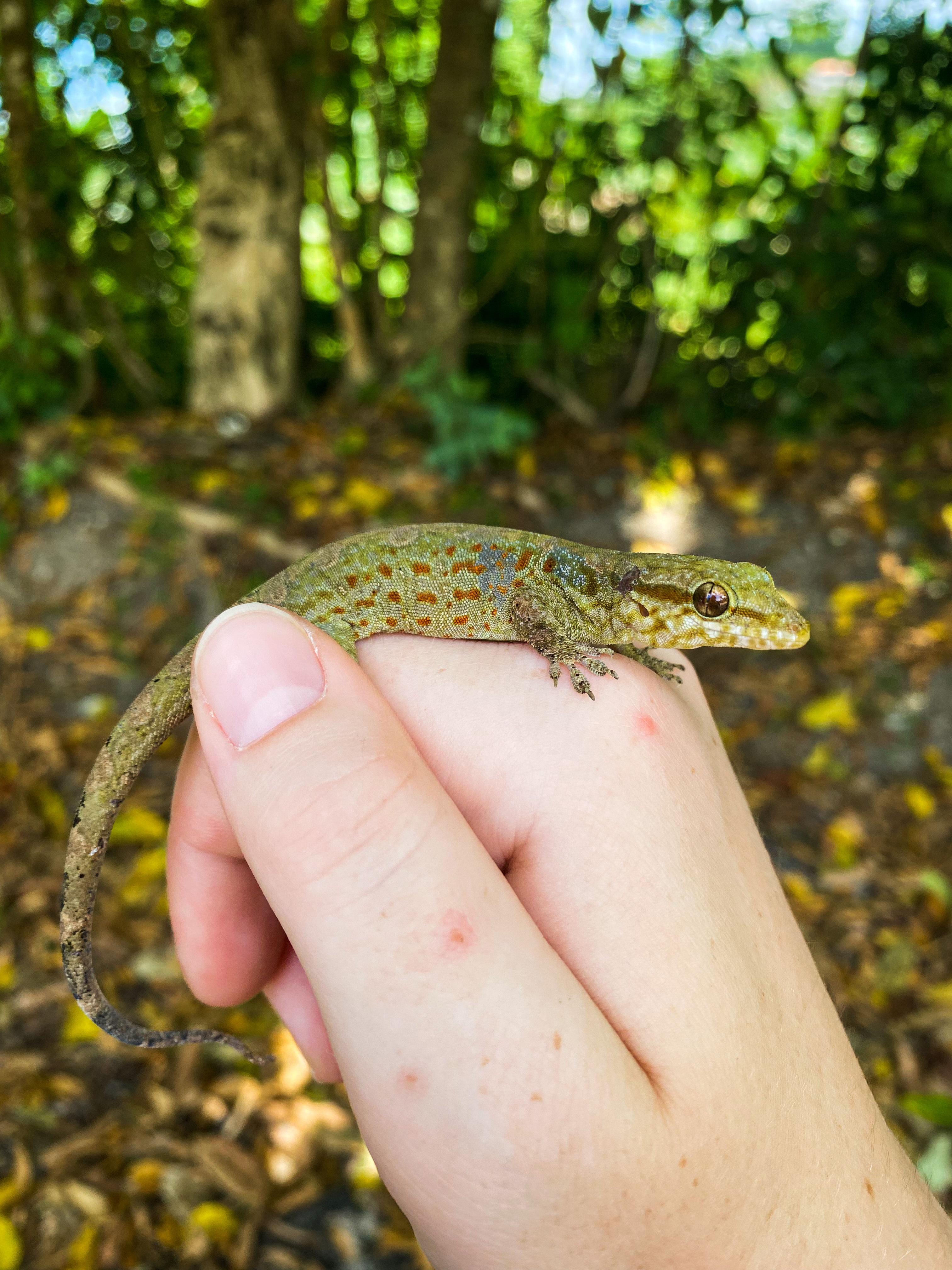
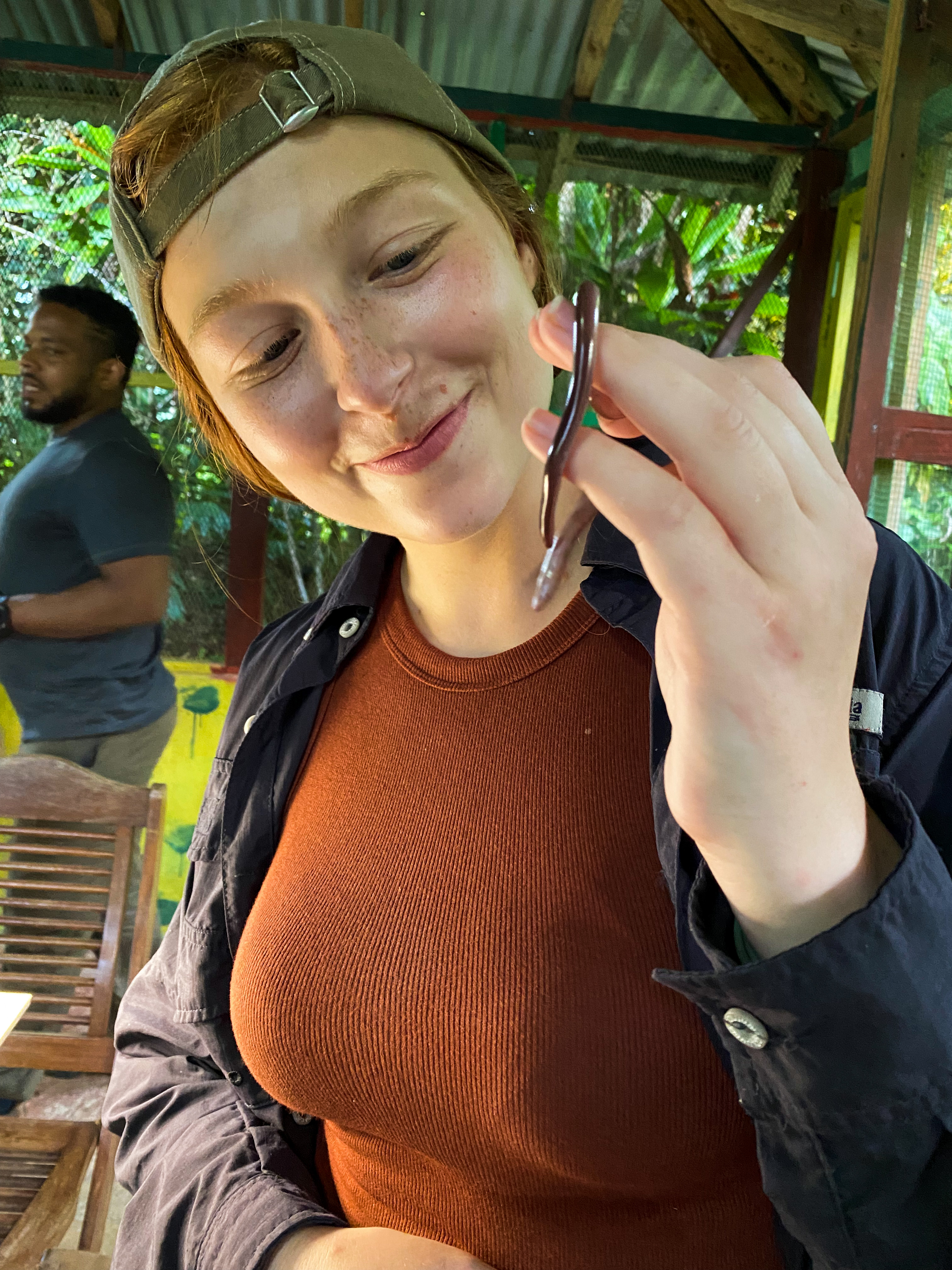

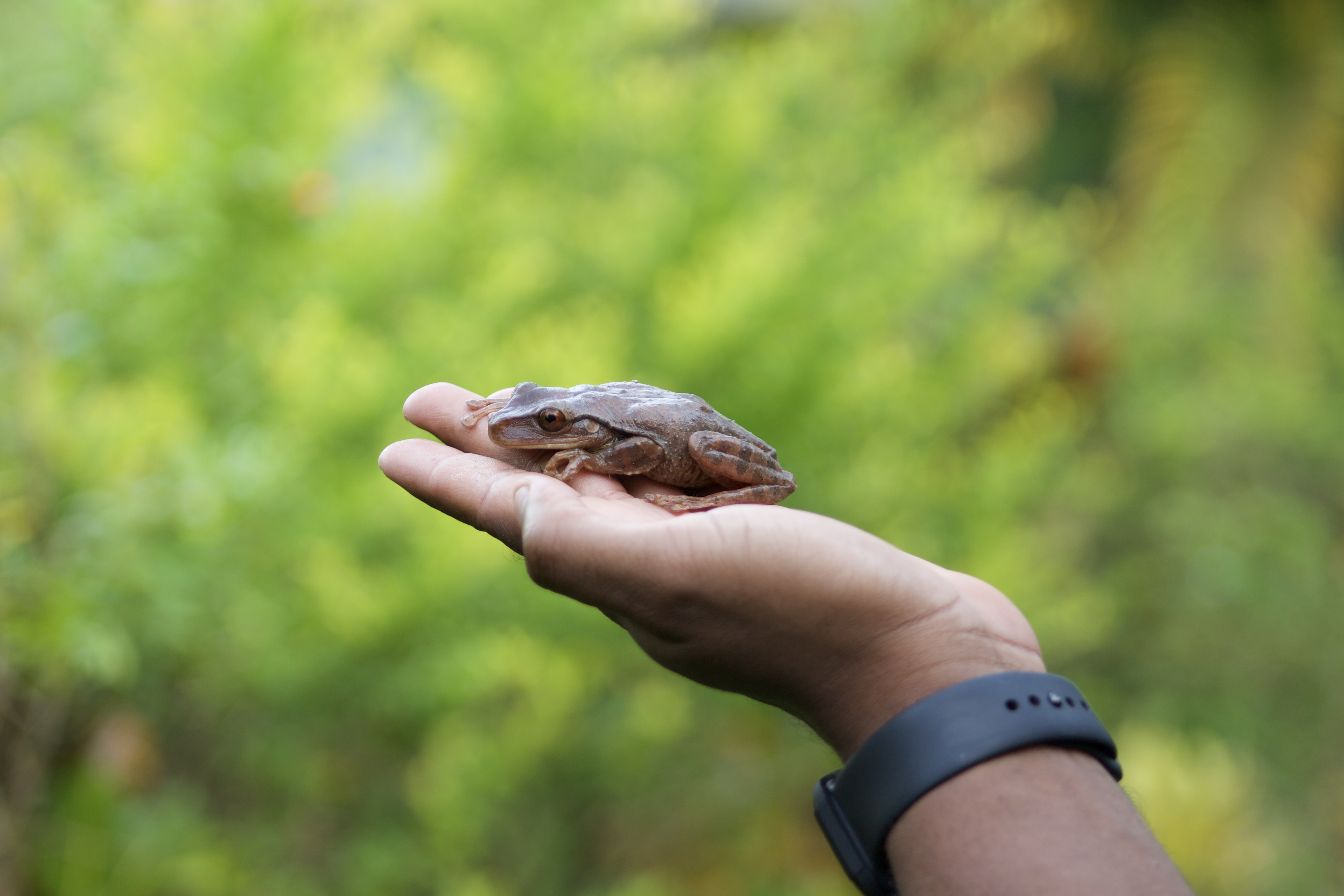
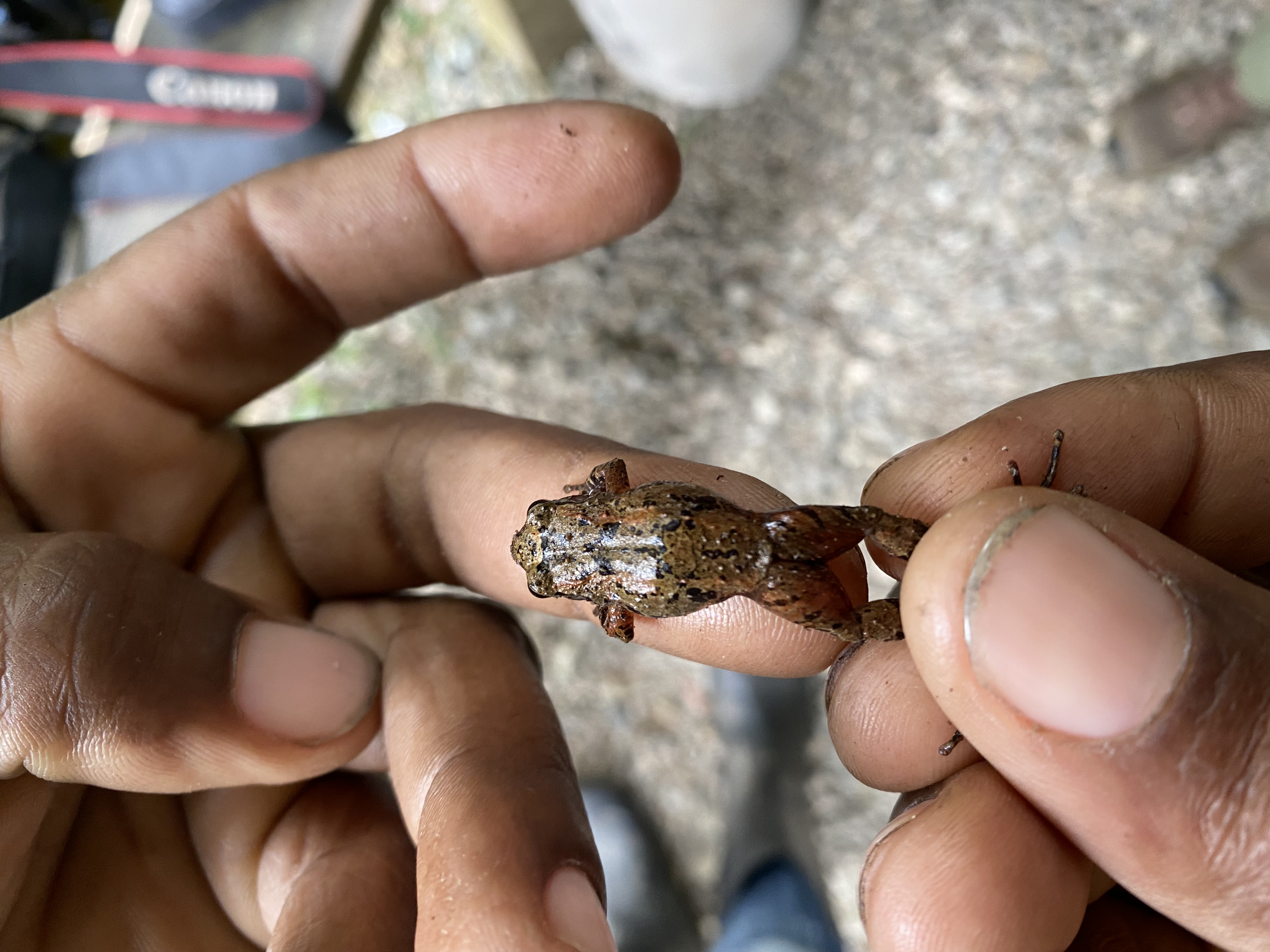
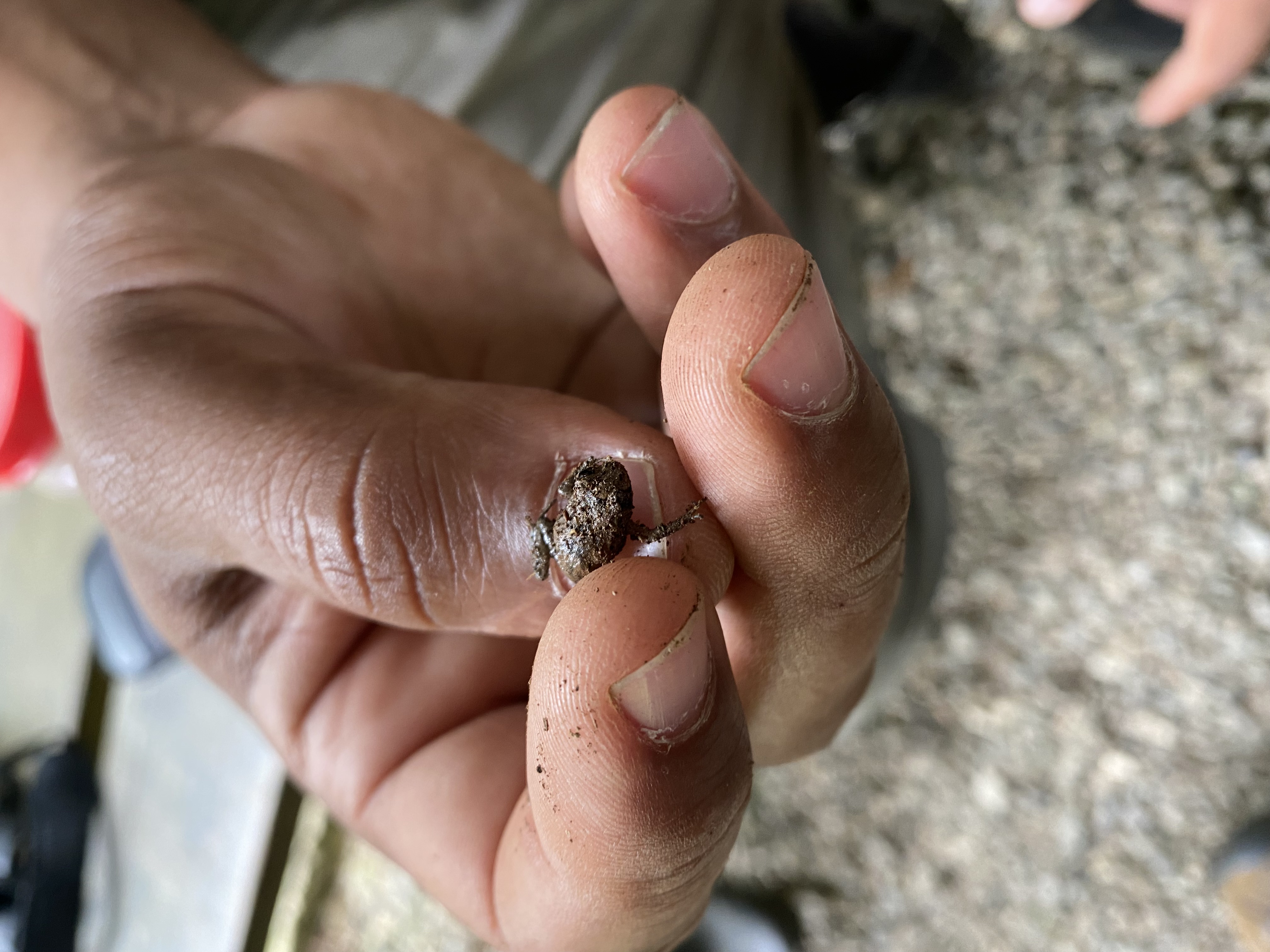
Birds
Throughout this trip, I always kept my copy of A Photographic Guide to the Birds of Jamaica by Ann Hayes-Sutton, Audrey Downer, and Robert Sutton handy to identify bird species on the island. We spotted so many spectacular birds on our various sampling trips including the Streamertail, which is the national bird of Jamaica, as well as the endemic Jamaican Tody.
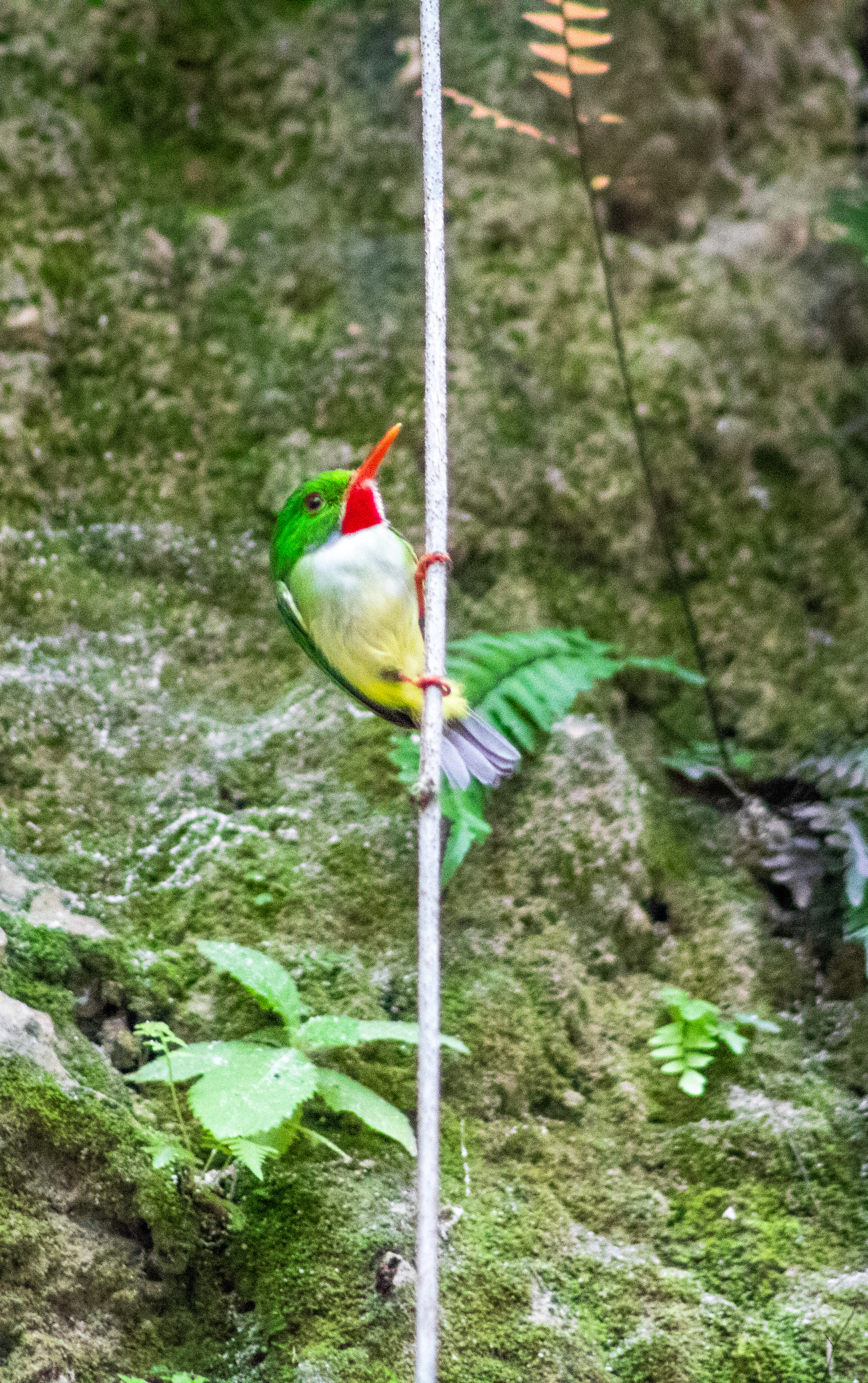

On one of our hikes, we were lucky enough to get up close with this calling male Jamaican Tody!
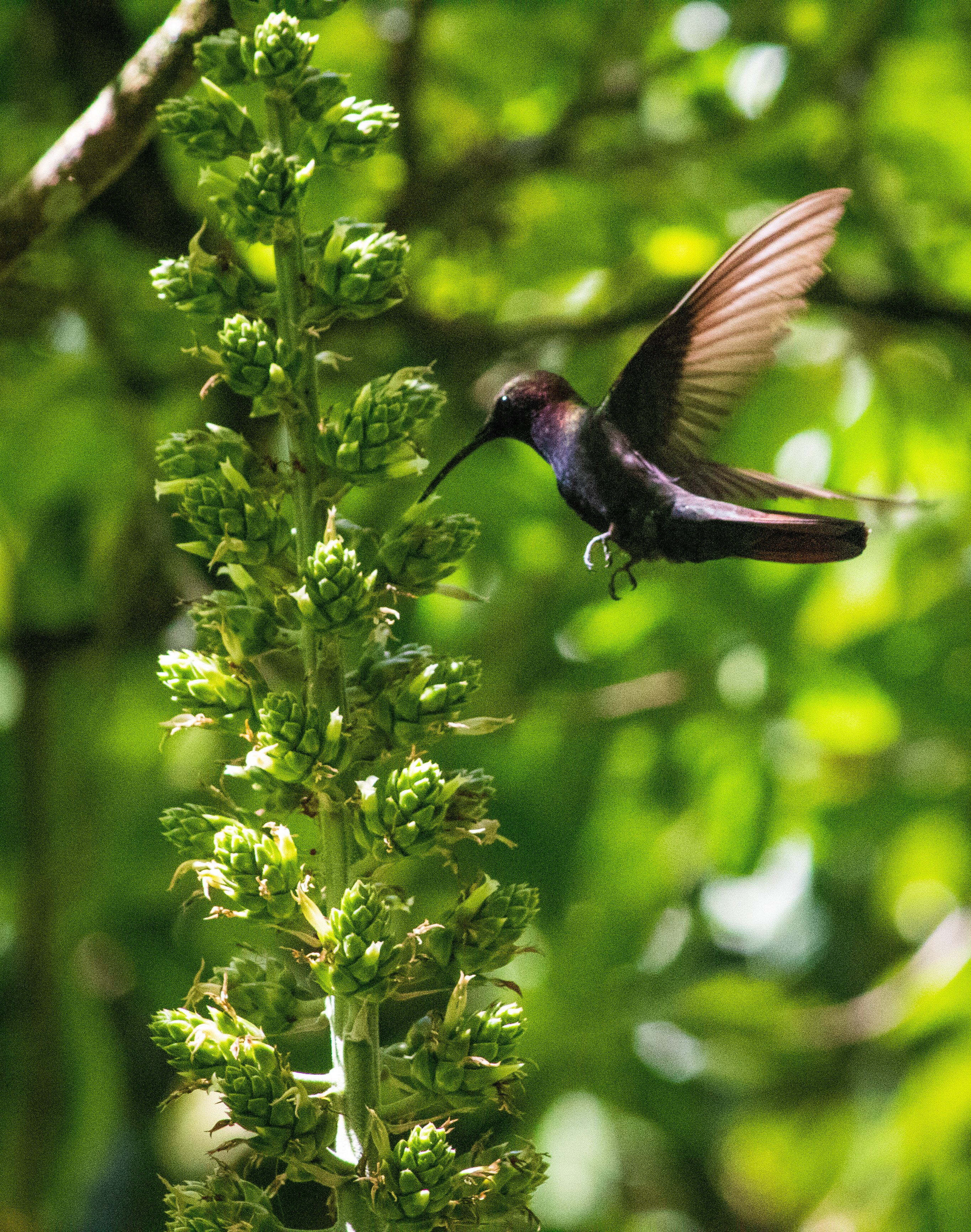
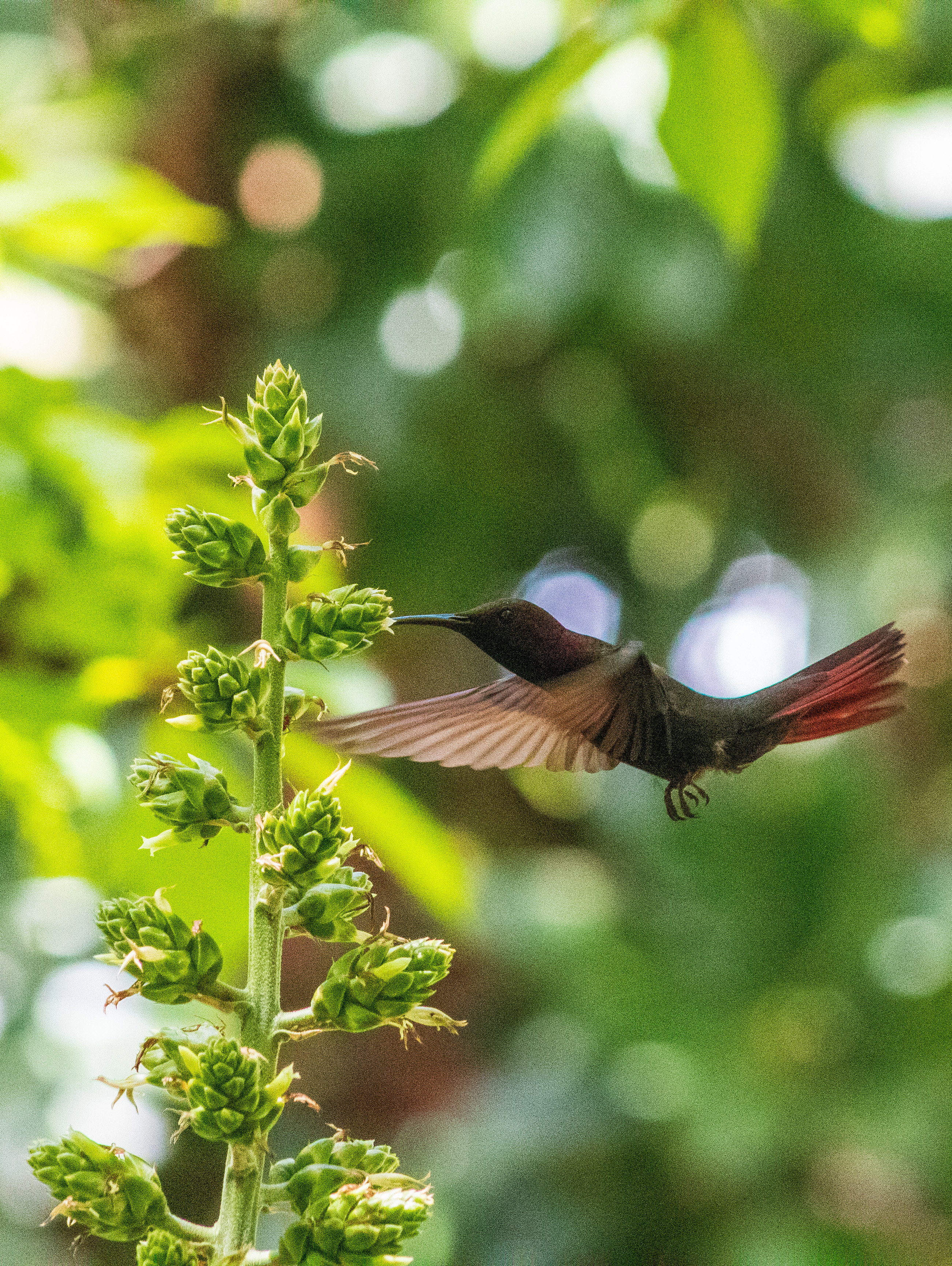
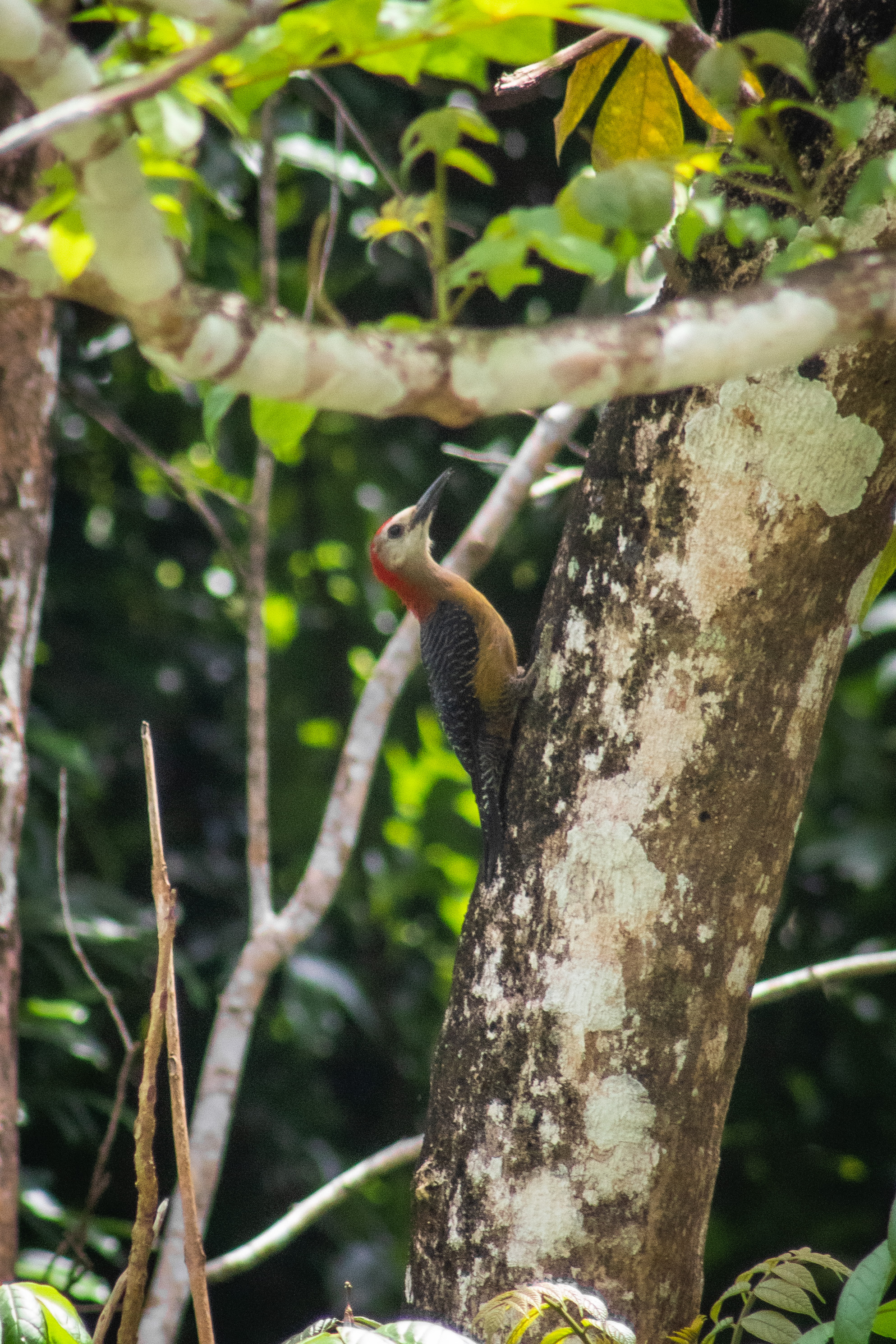
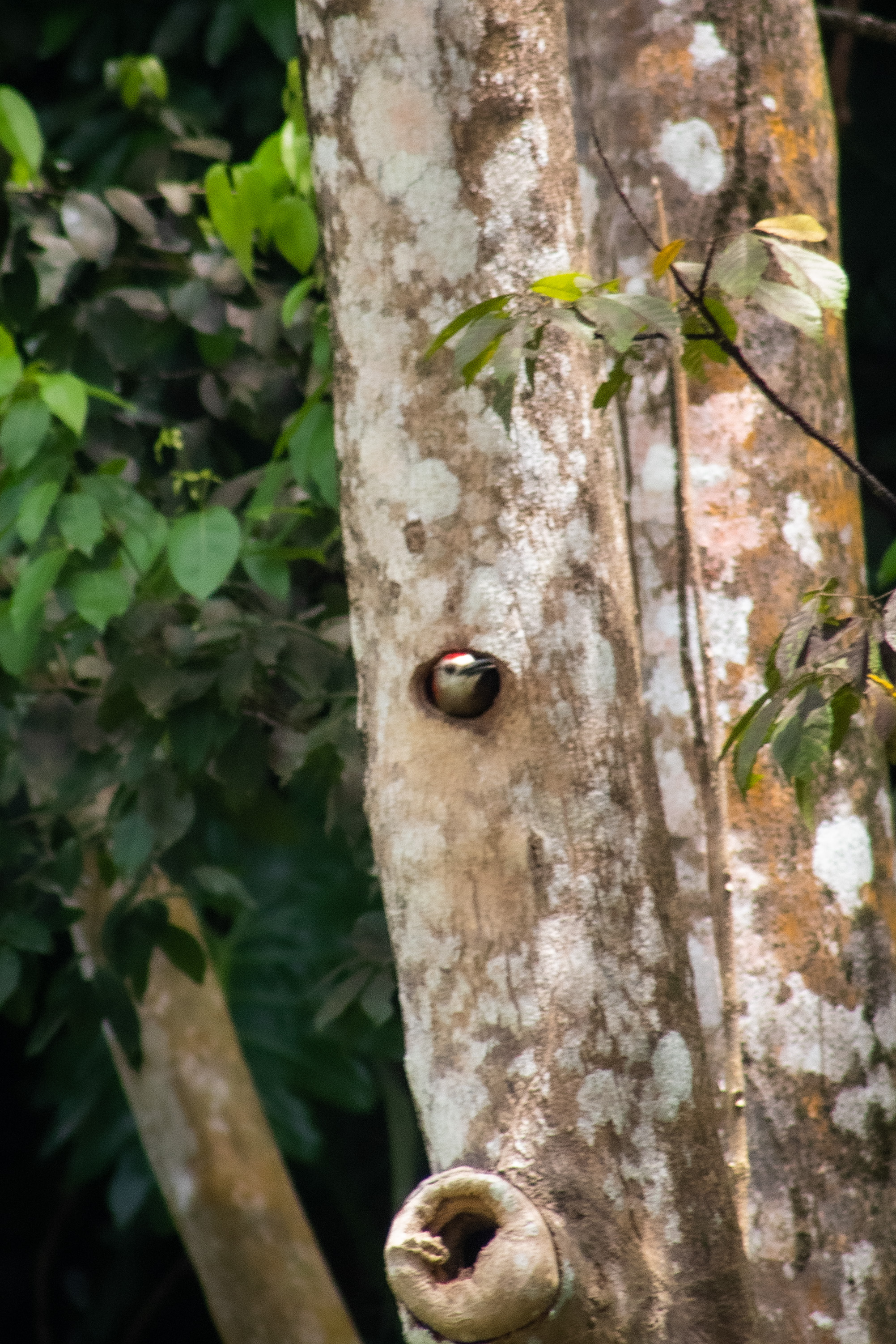

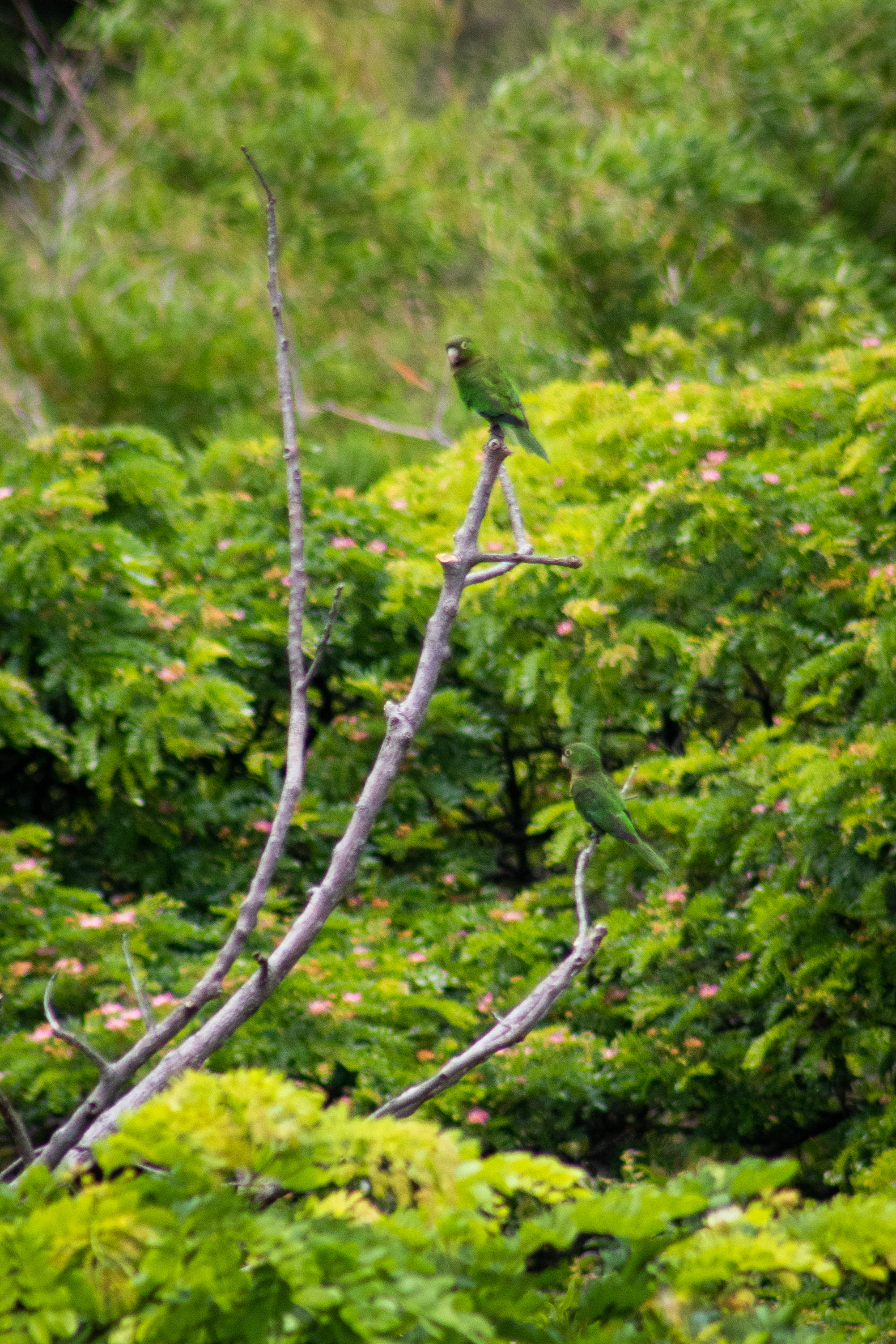

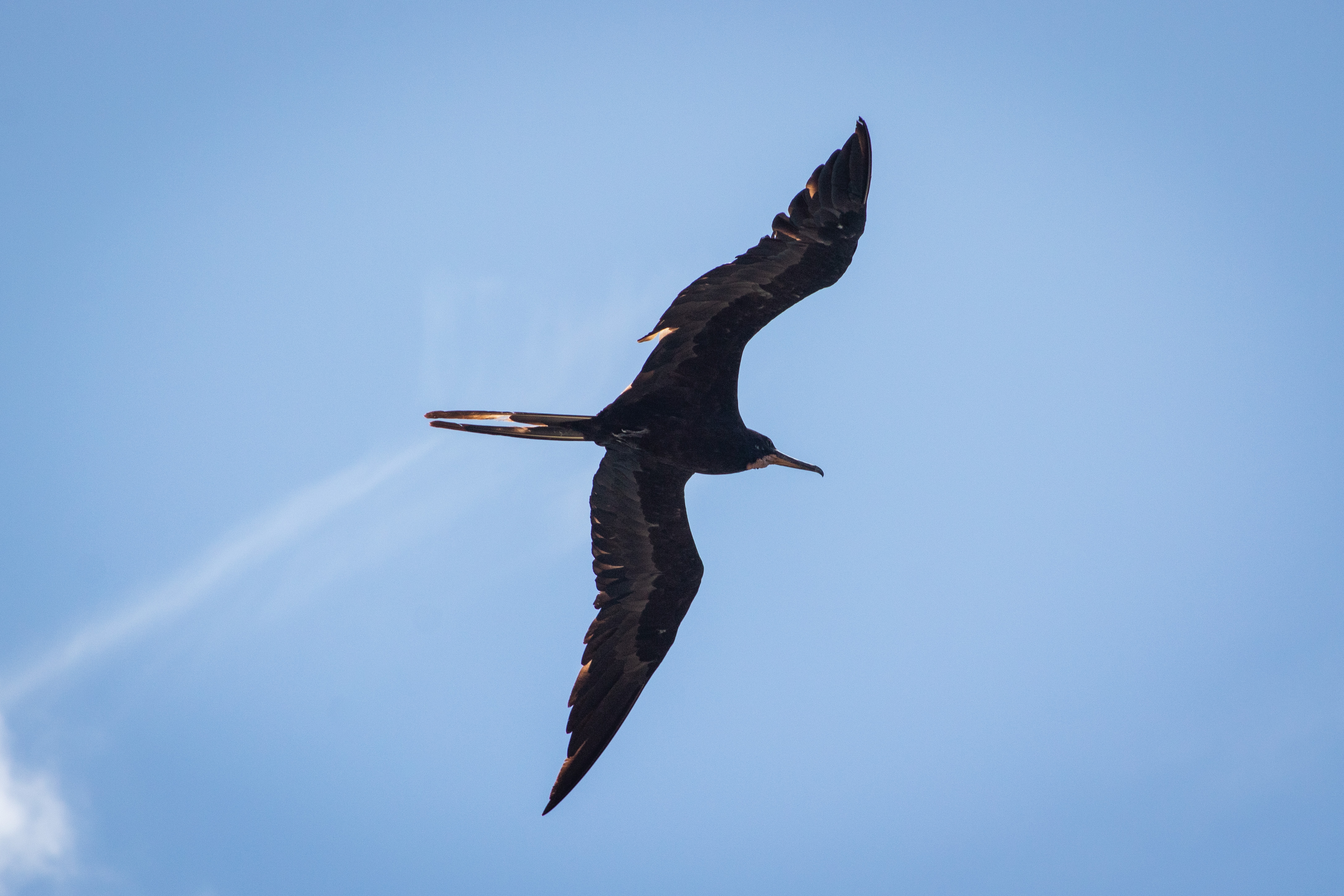
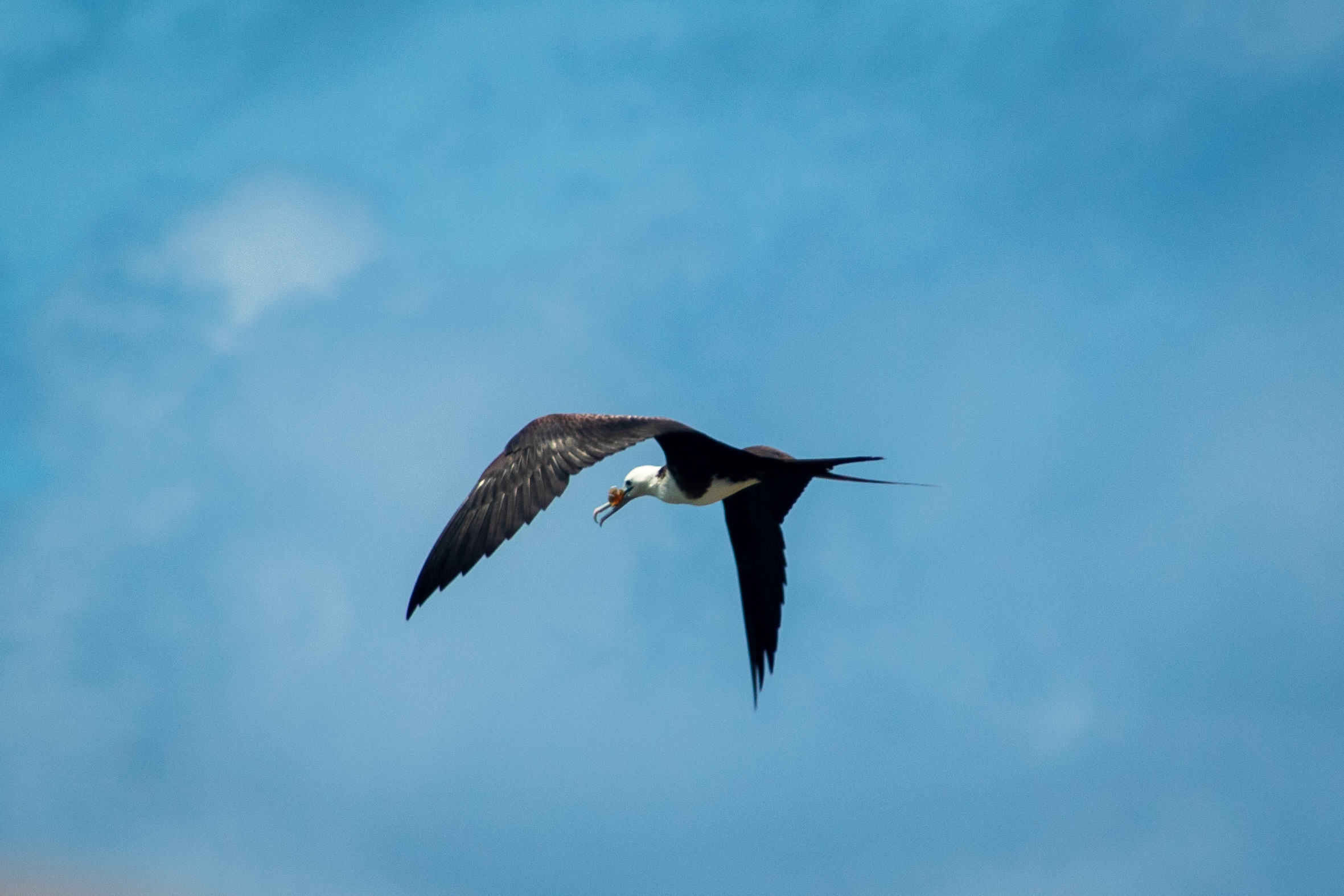
Insects and Arachnids
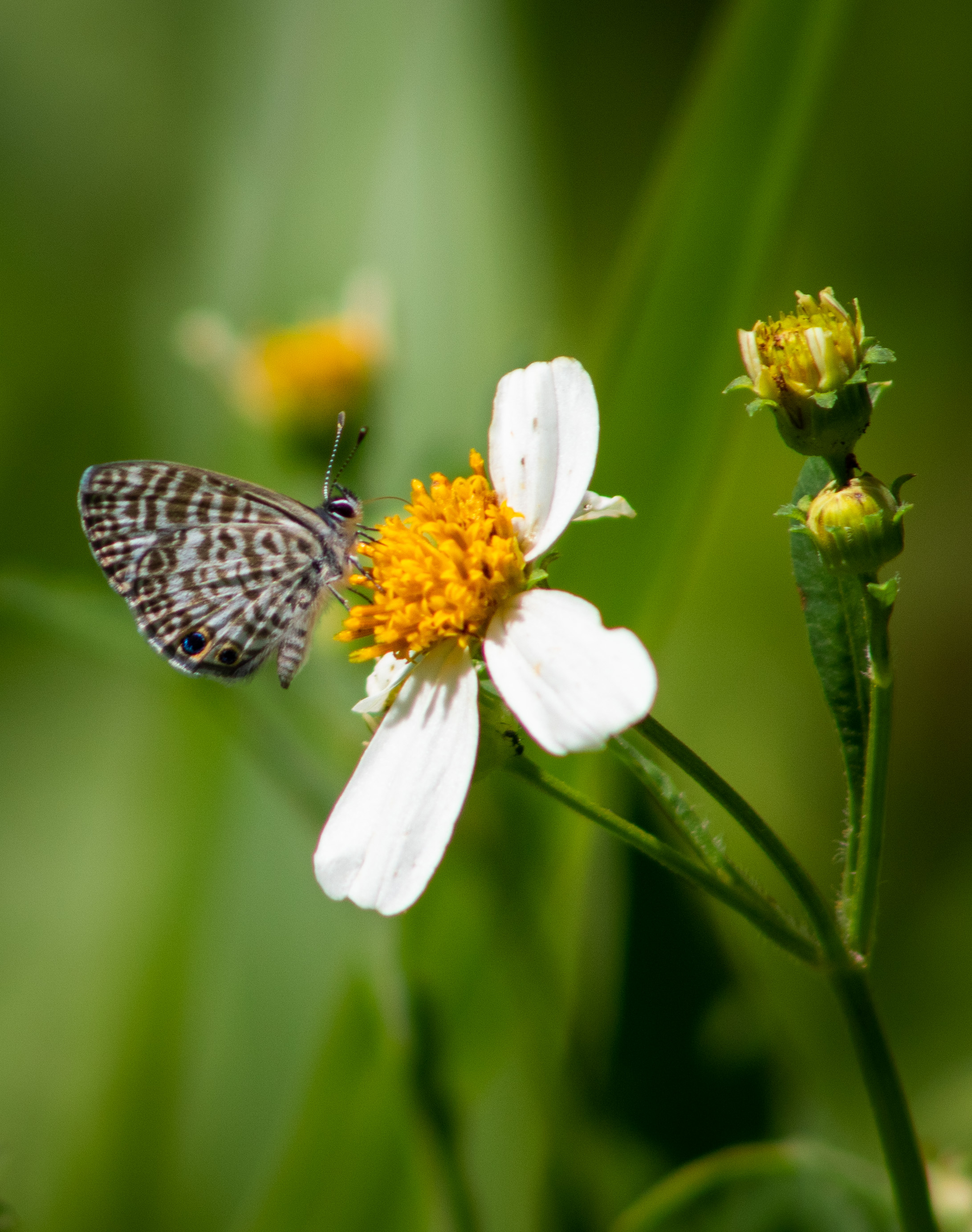
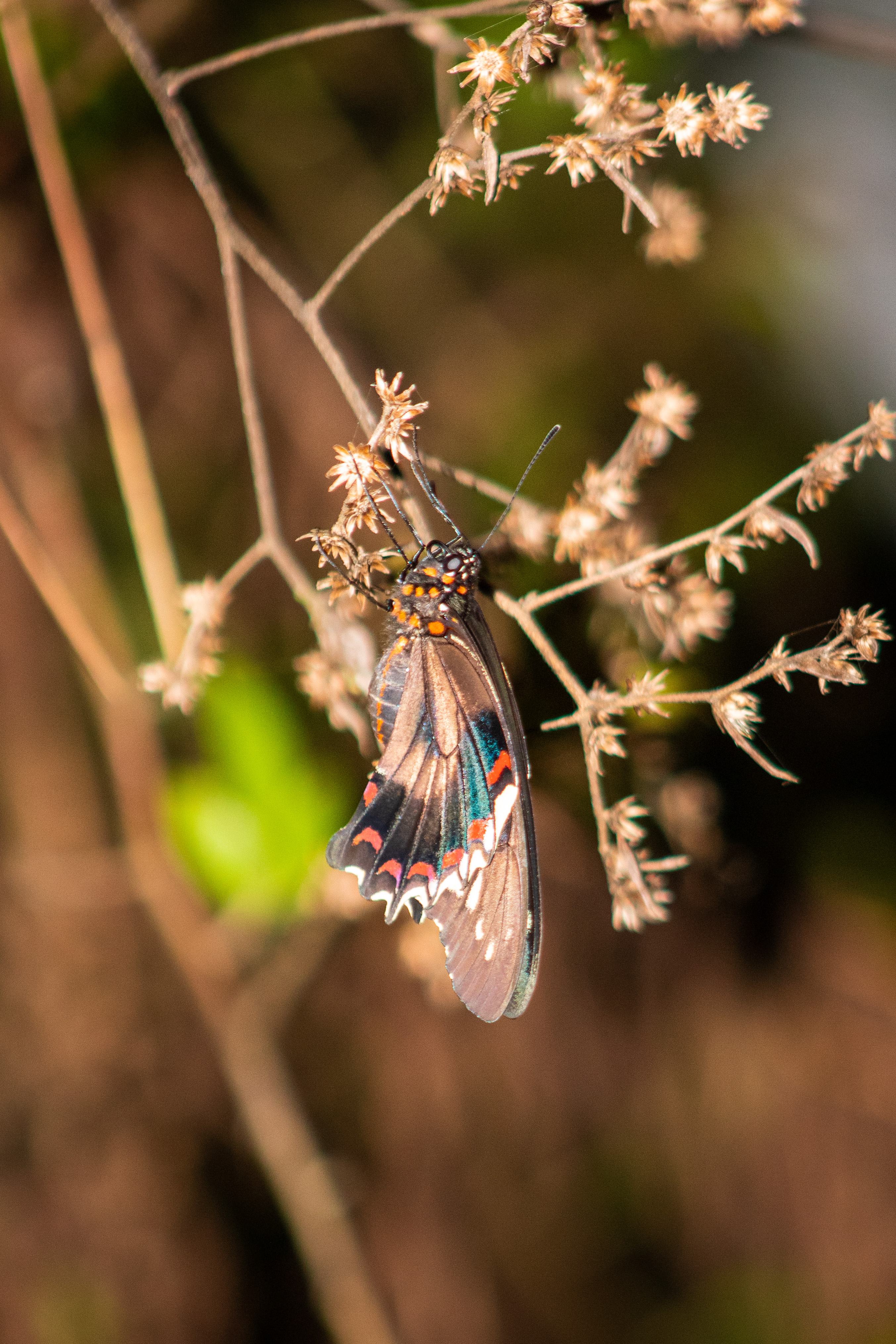
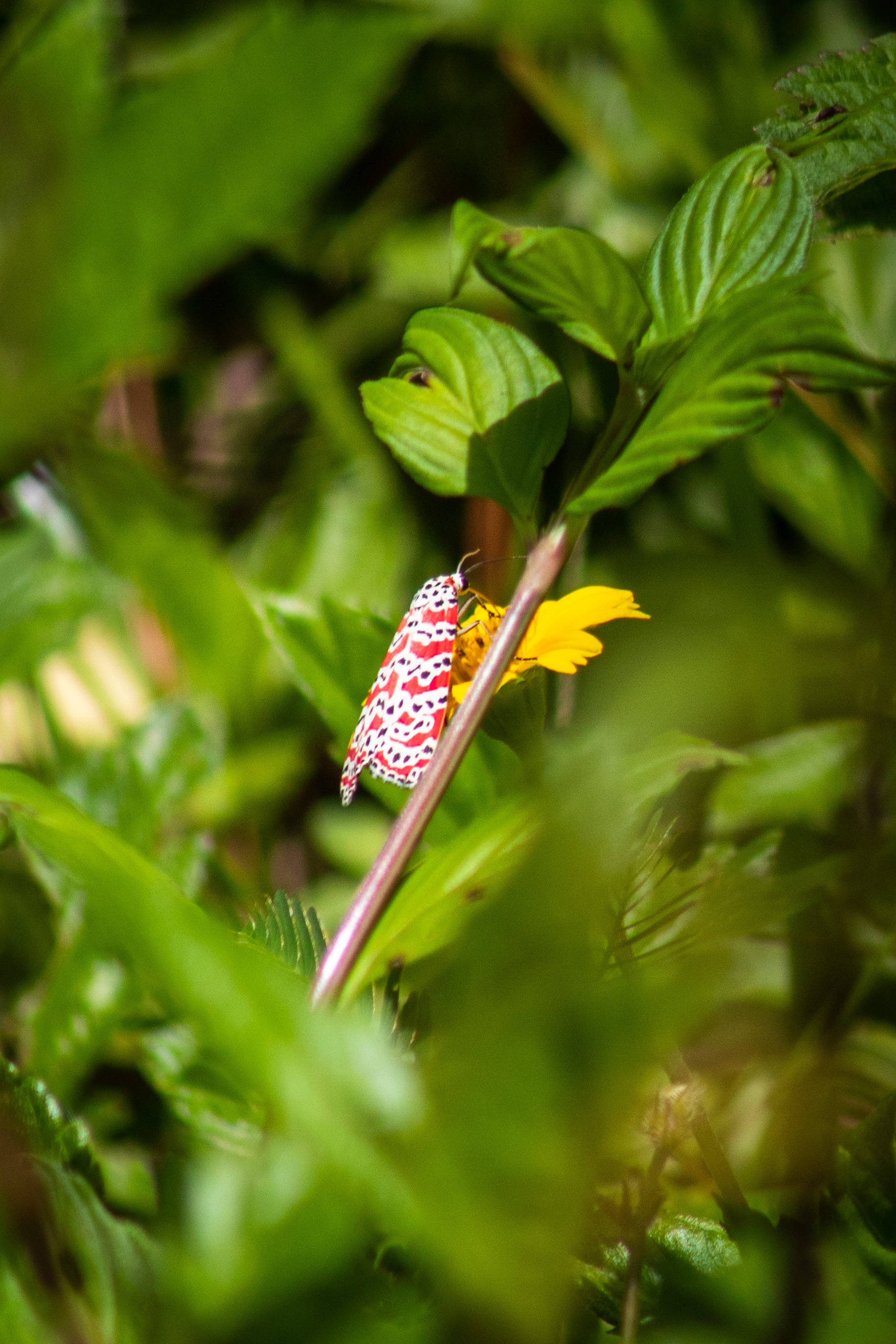
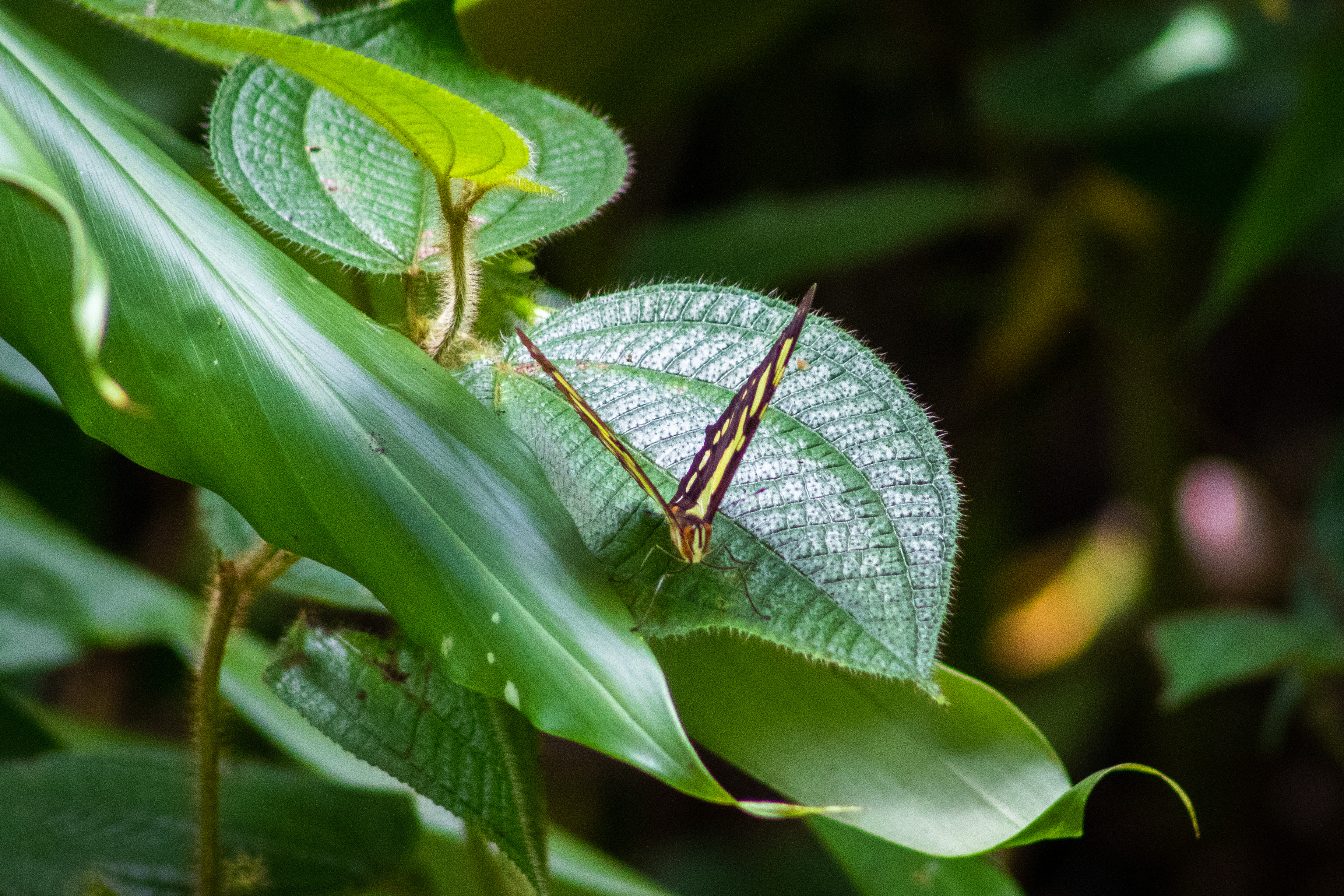
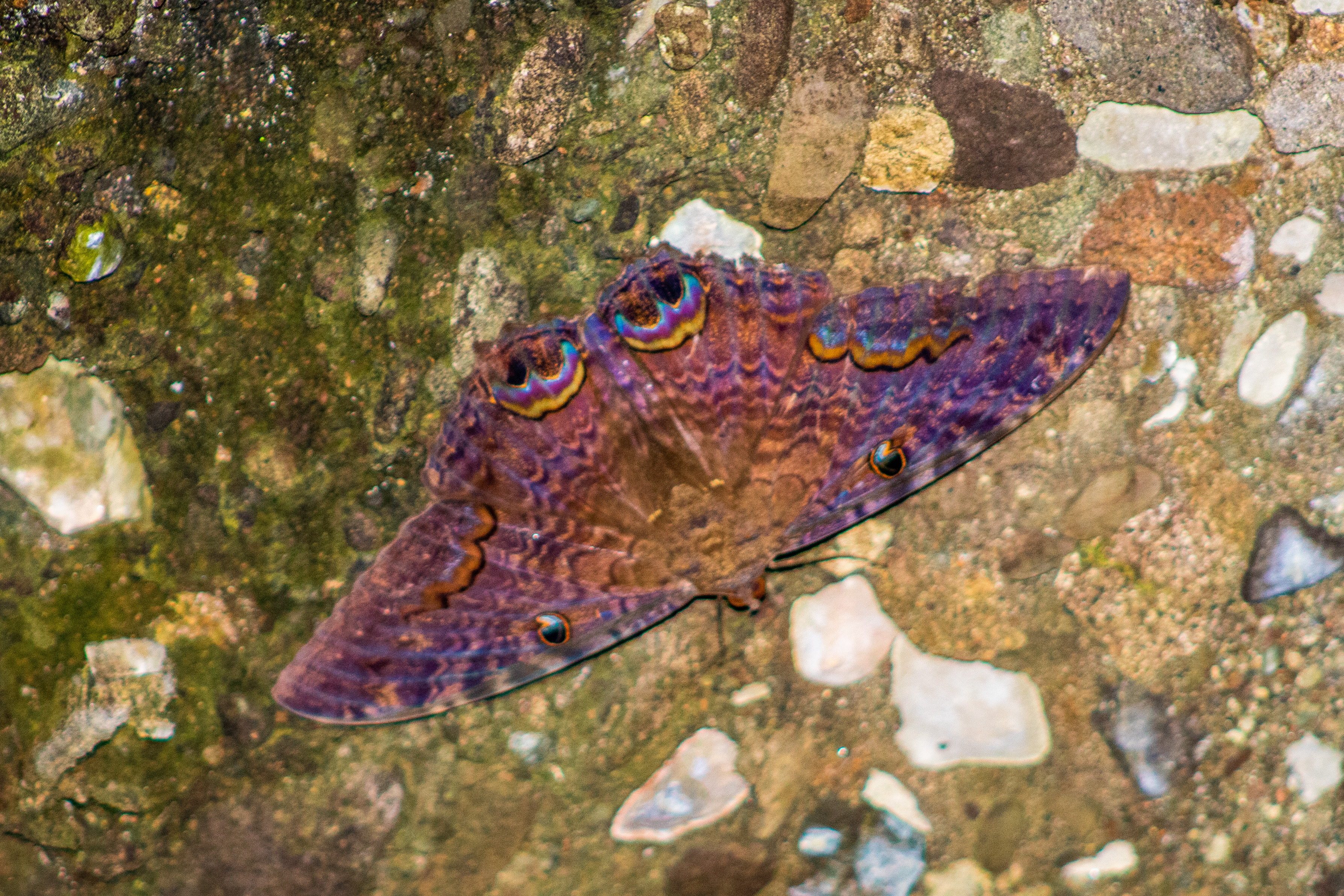
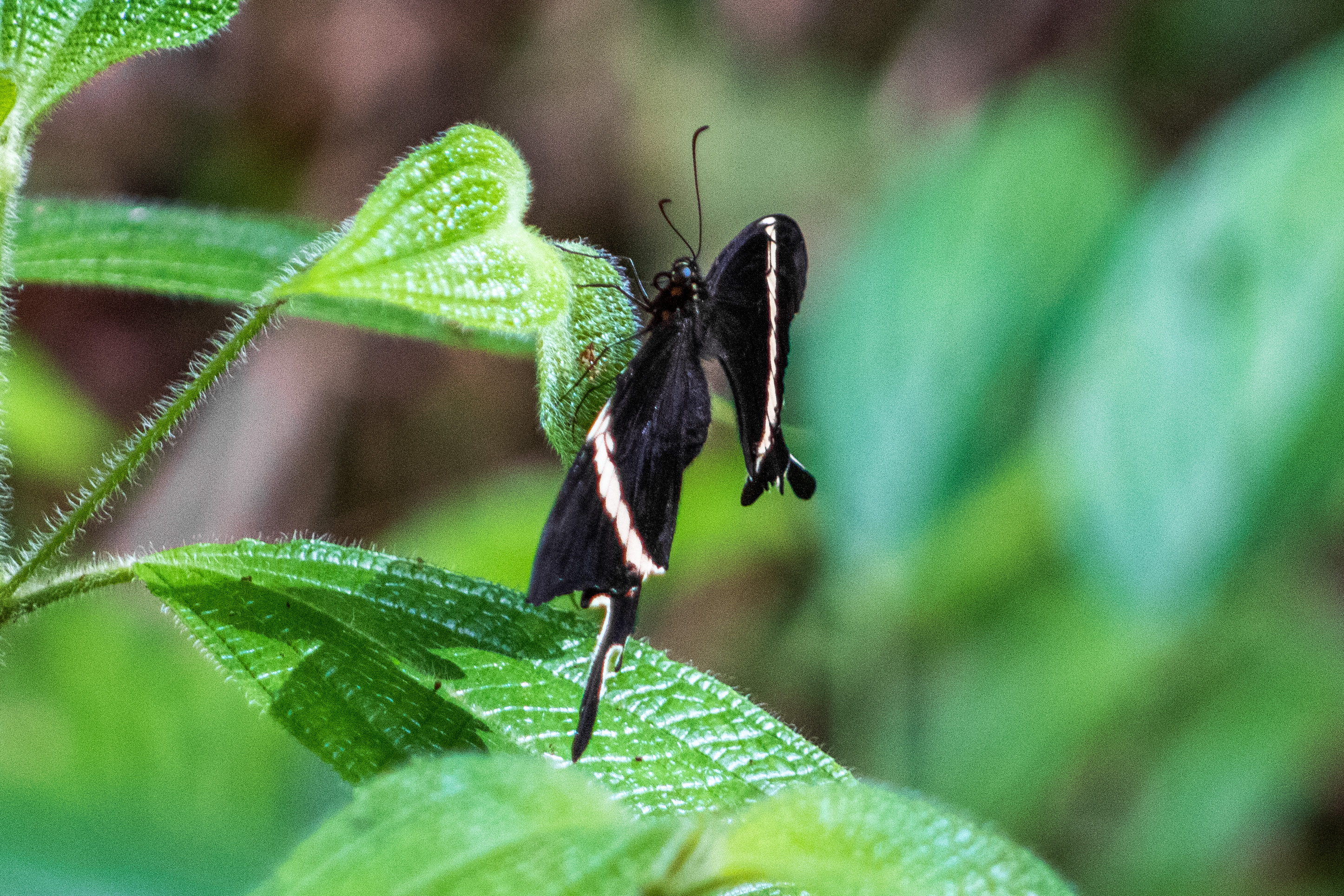


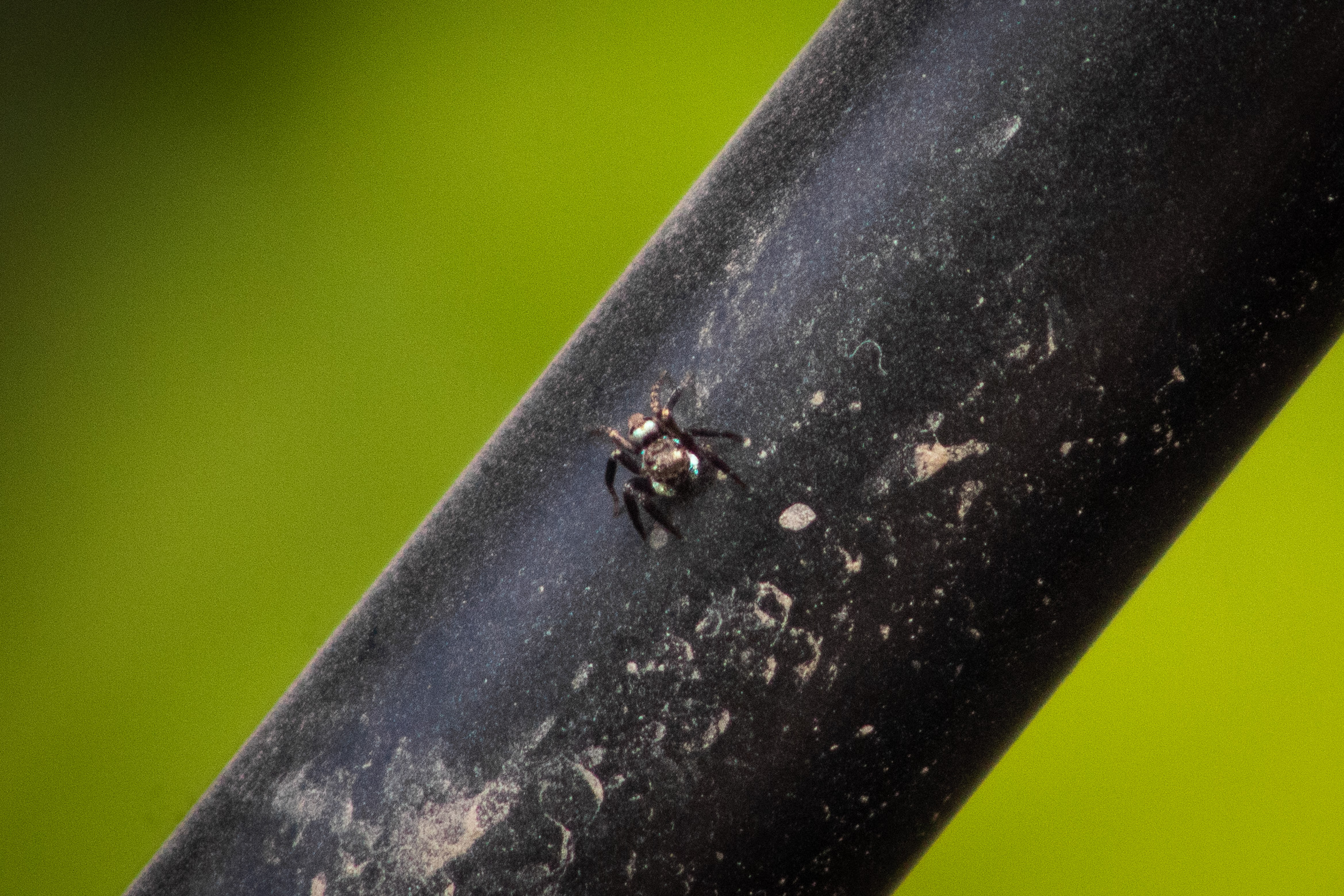
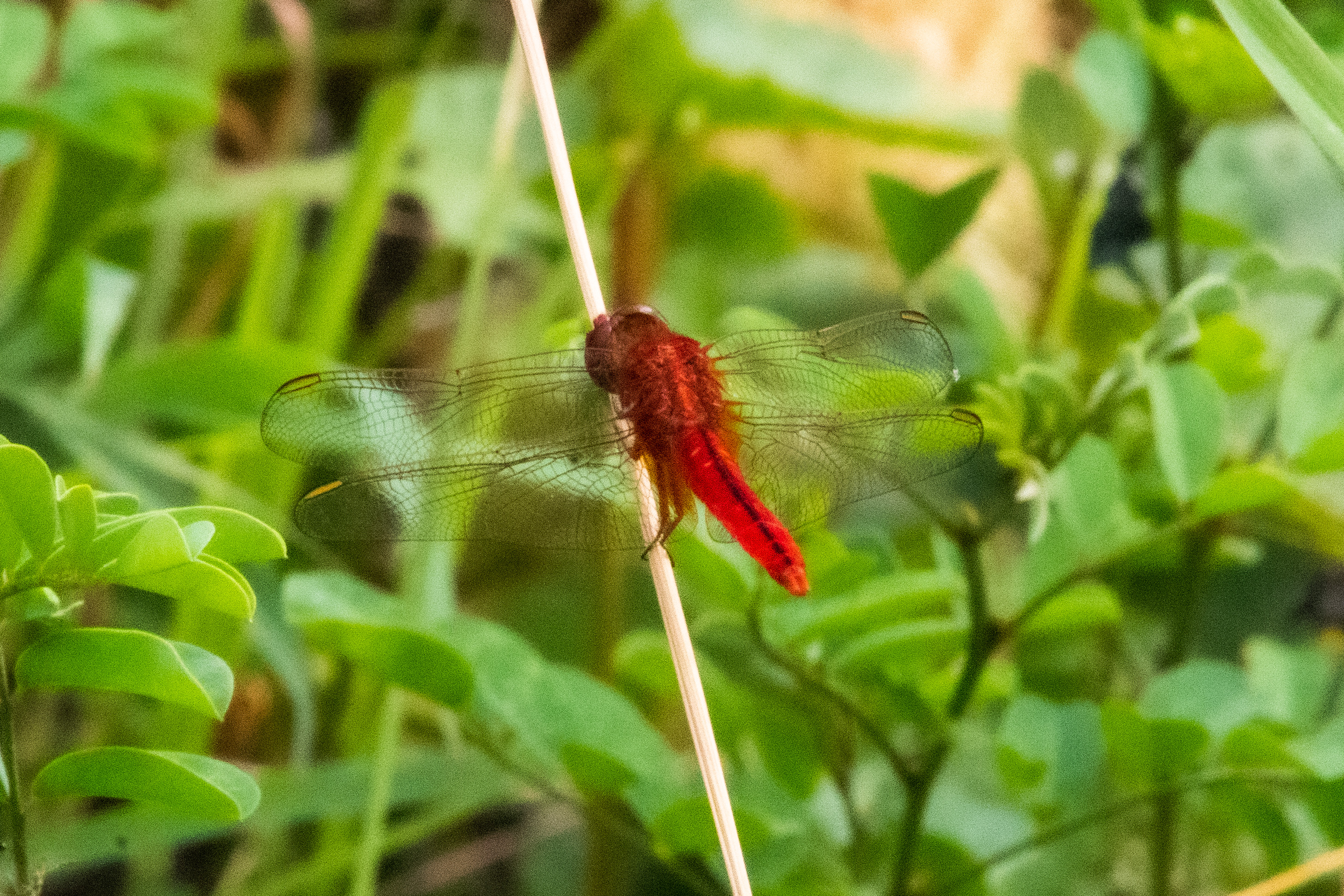
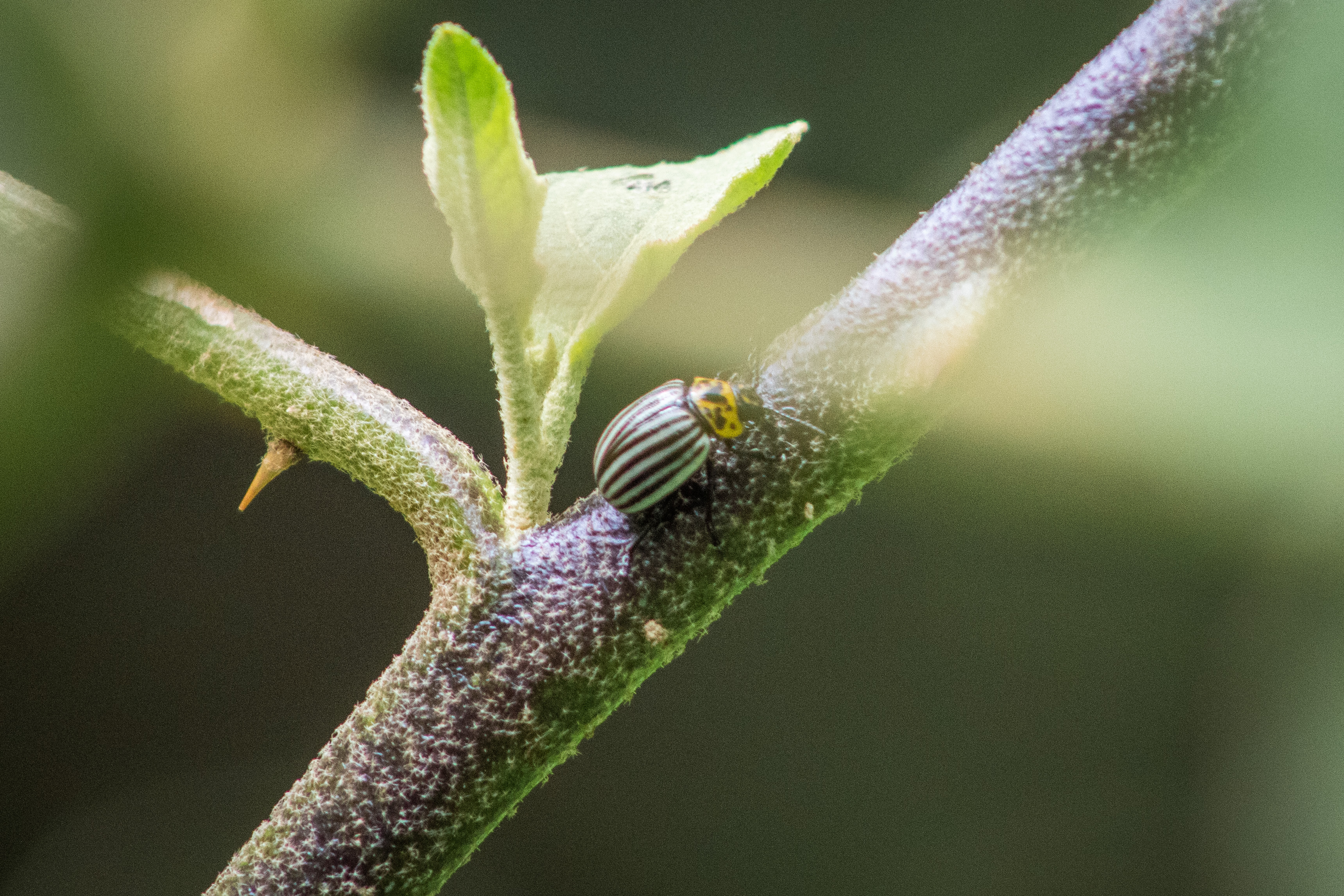
Field
Some fun photos from the field!

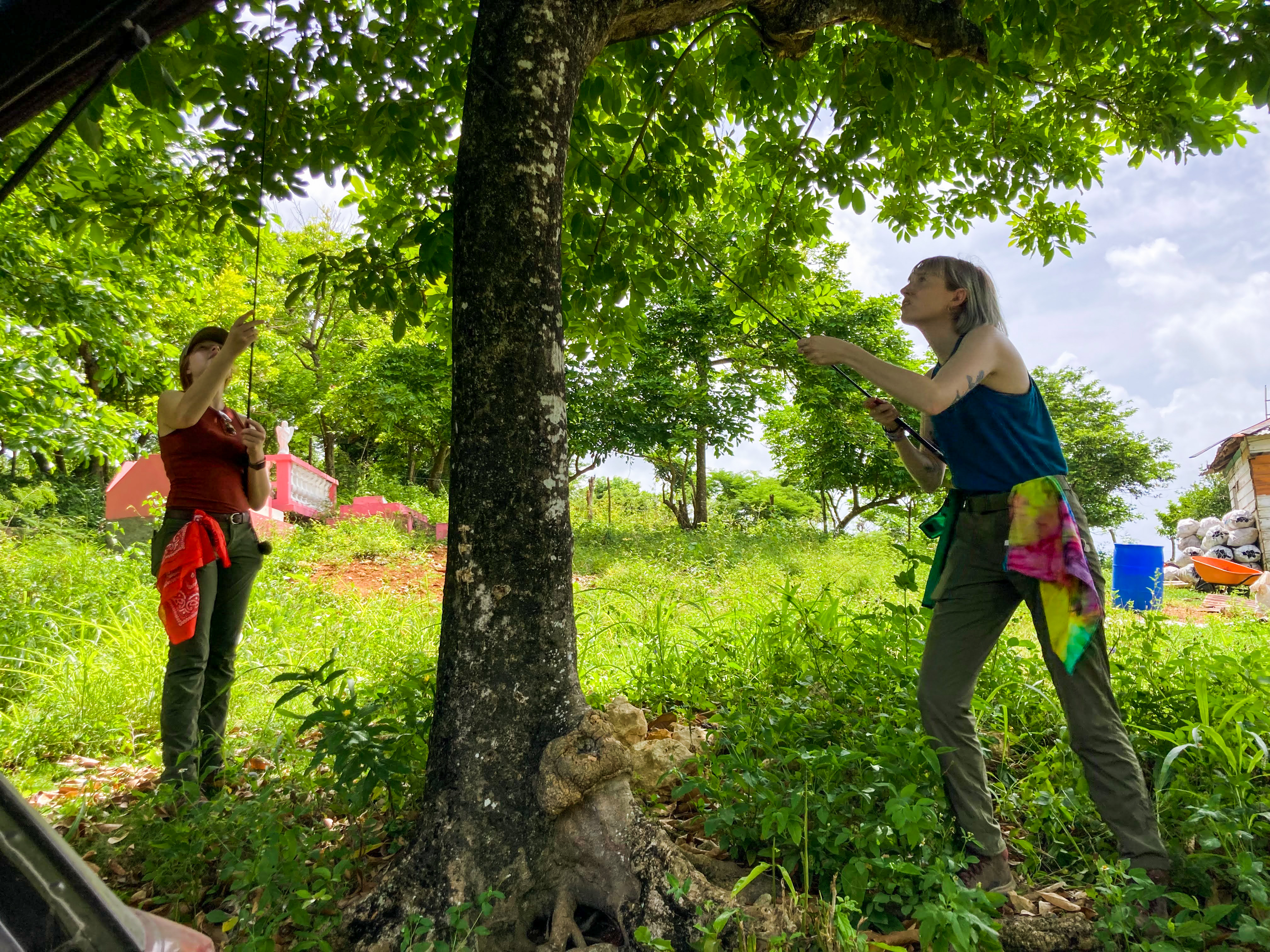

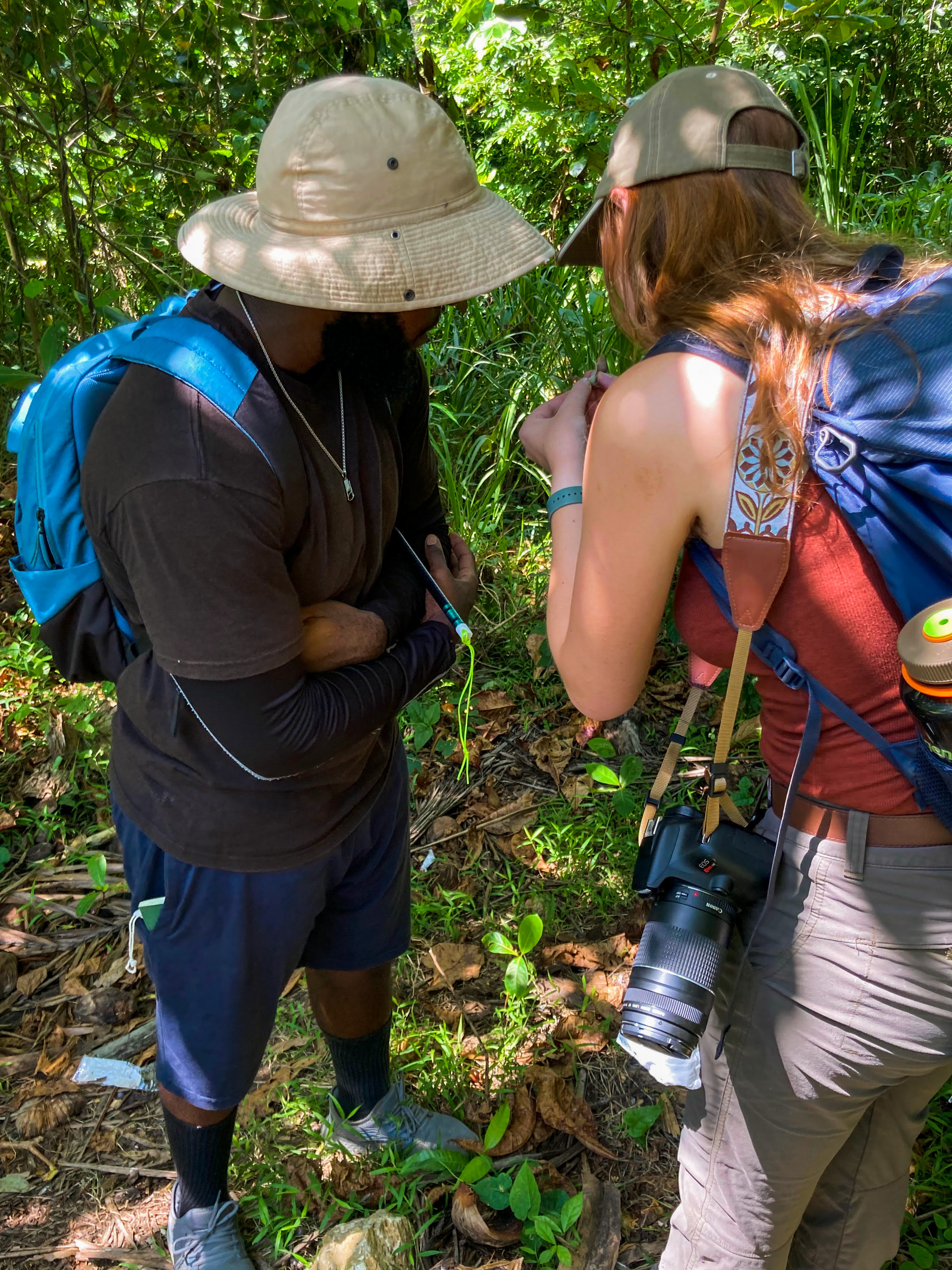

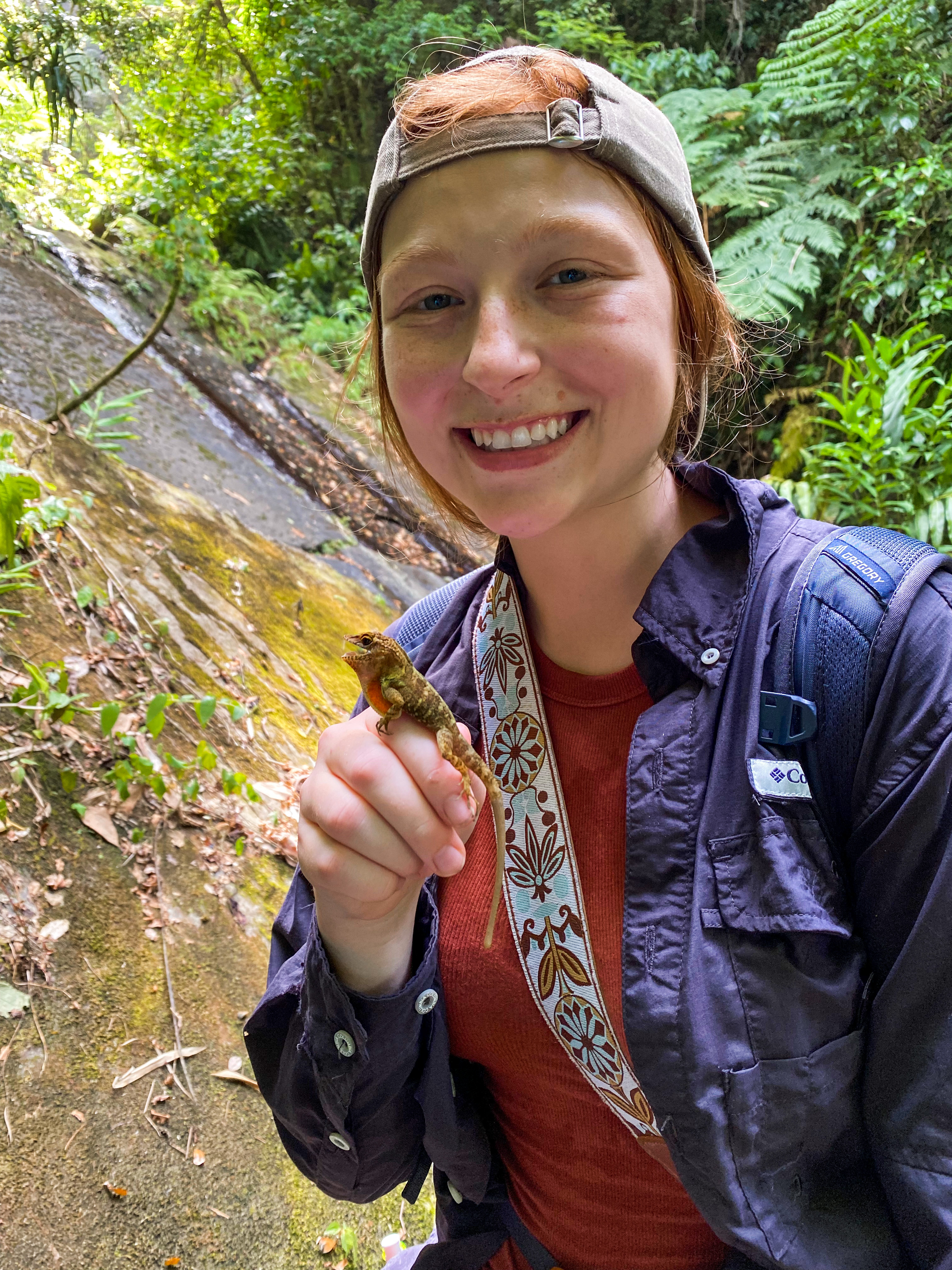
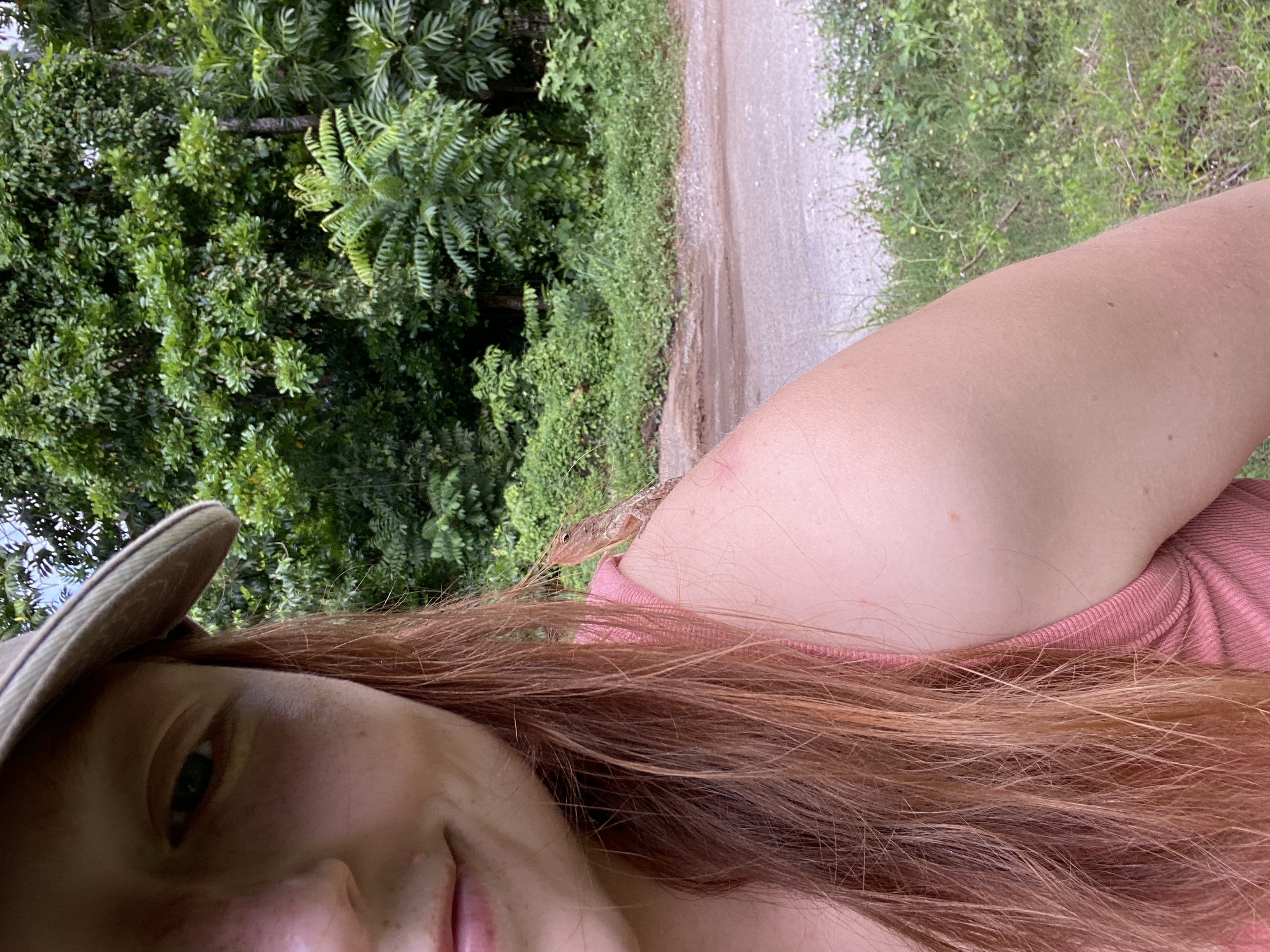
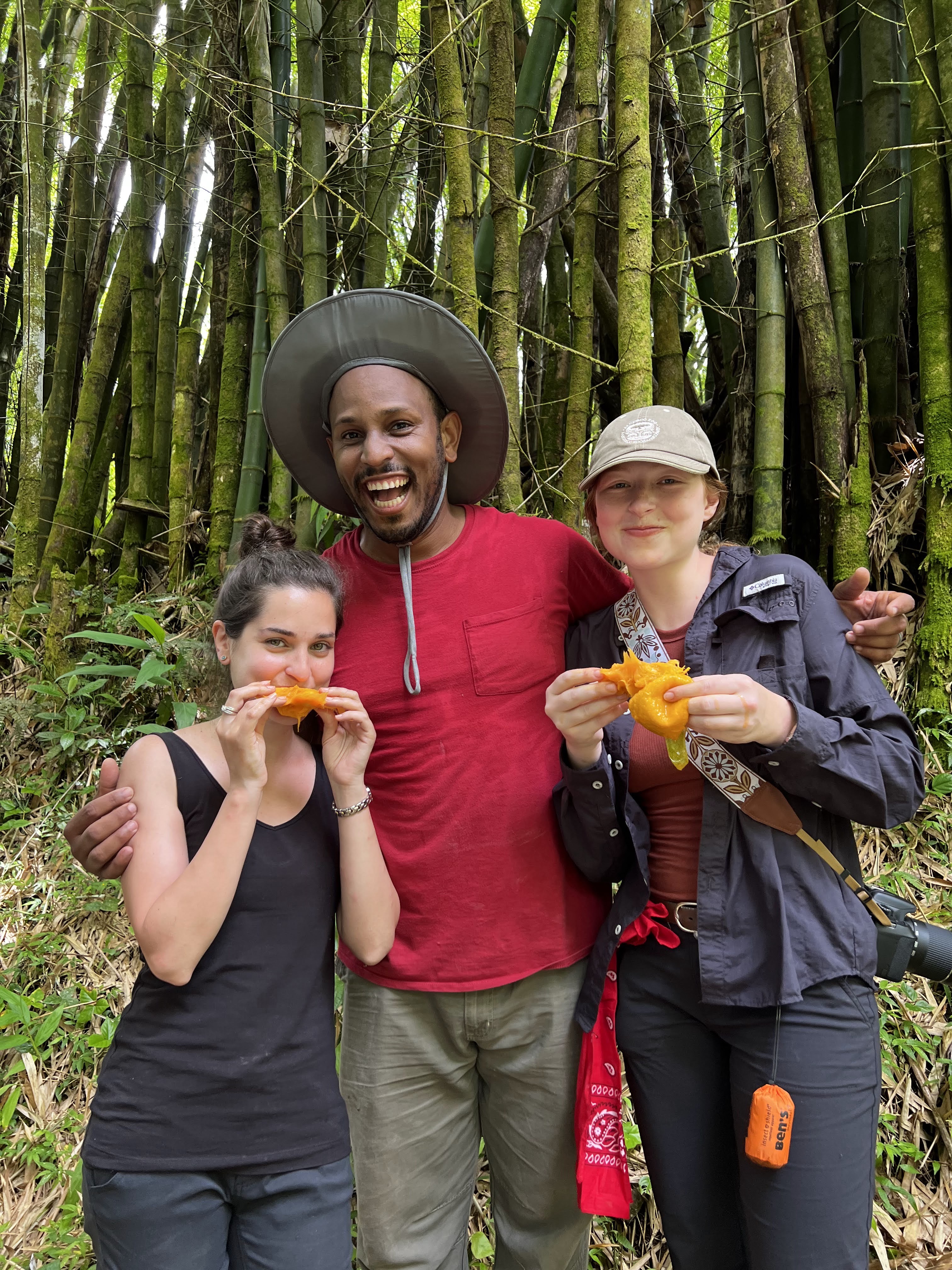


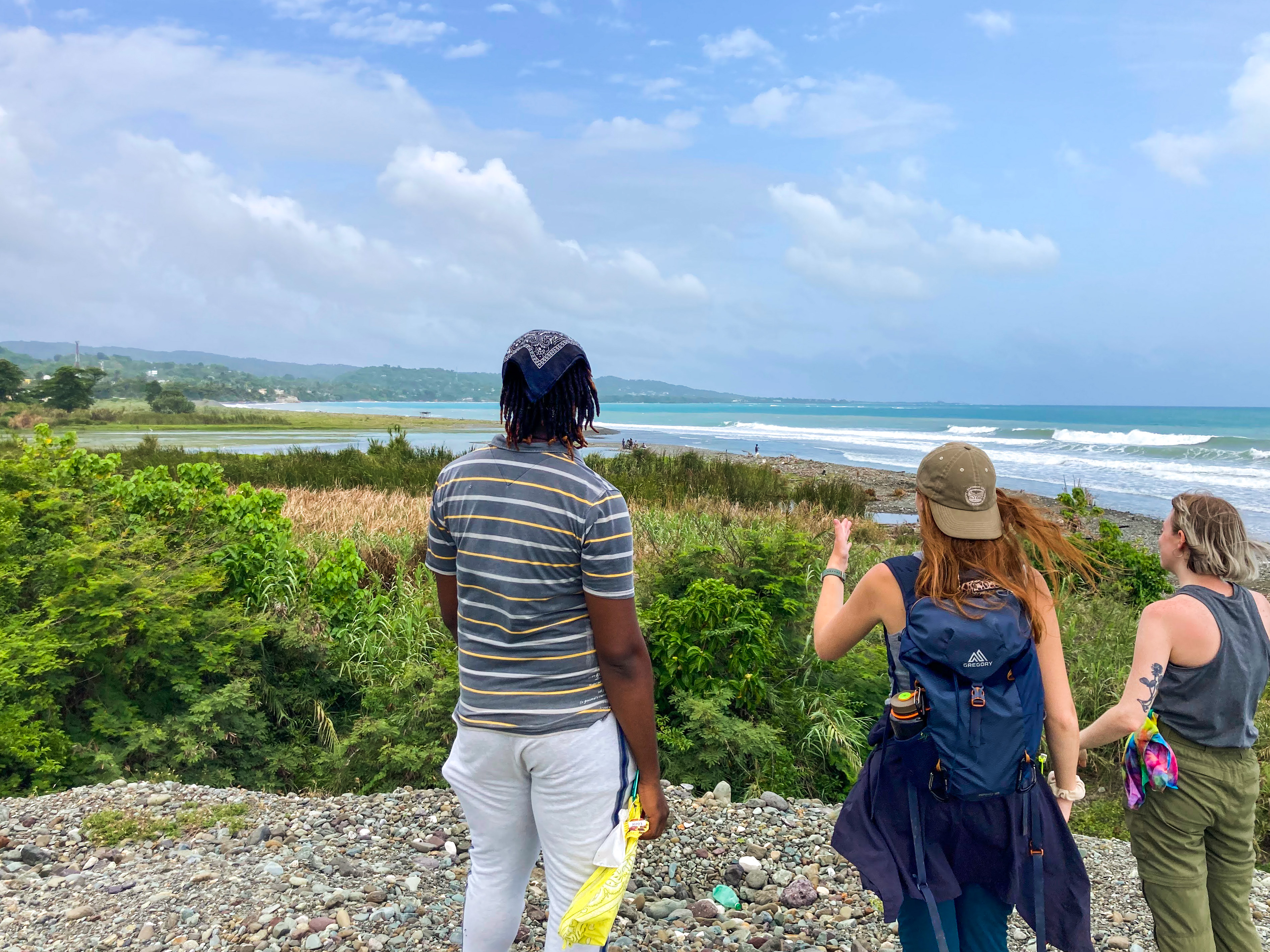
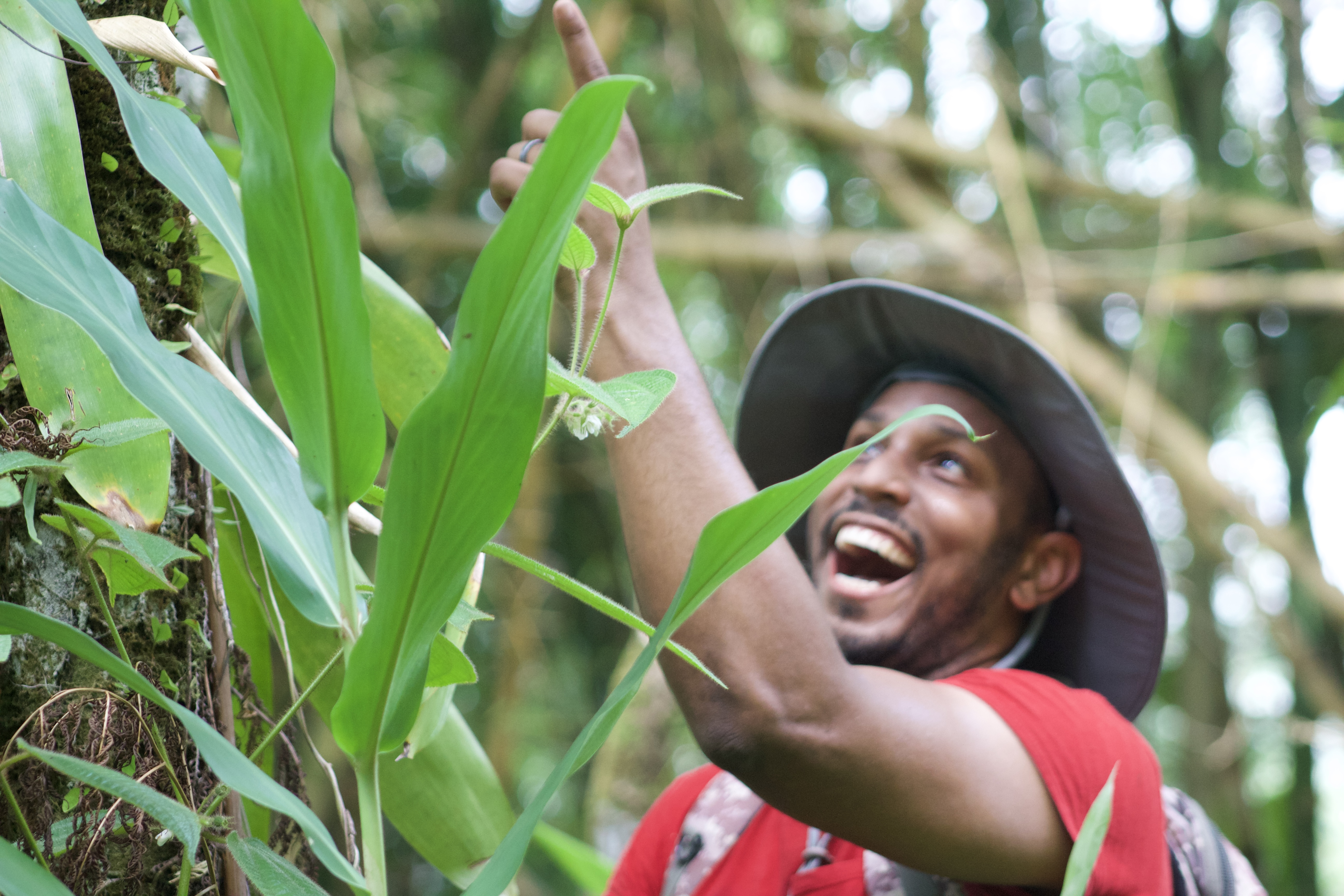
There were many times where the anoles (especially Anolis garmami), were very difficult to catch. The team was always committed to doing whatever possible to catch the lizards, even climbing up into trees!

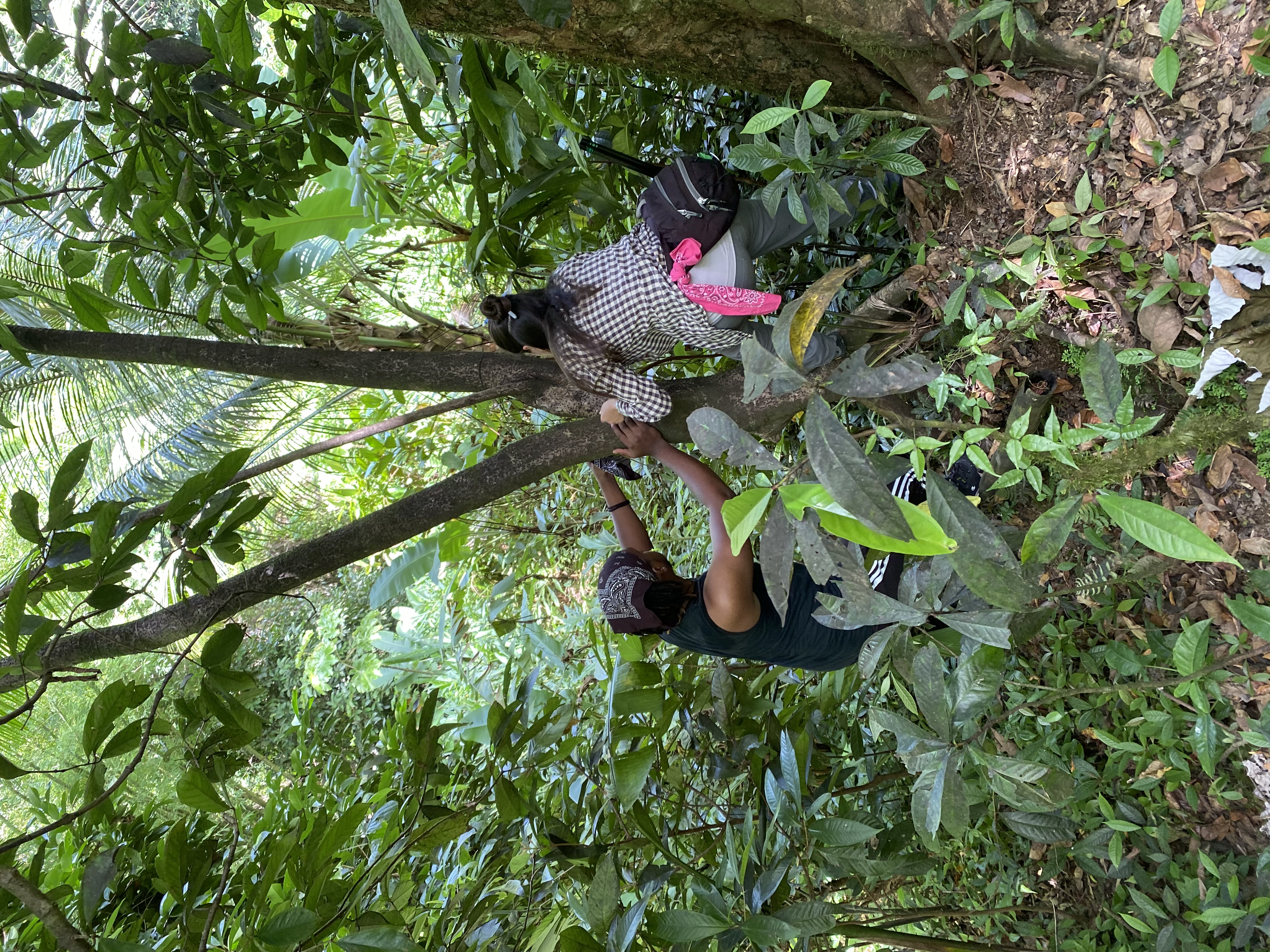





I also want to give a shoutout to Justin Saunders (pictured below) for cooking the best meals I’ve ever had! Not only is he a wonderful naturalist, scientist, and friend, he’s a phenomenal chef!

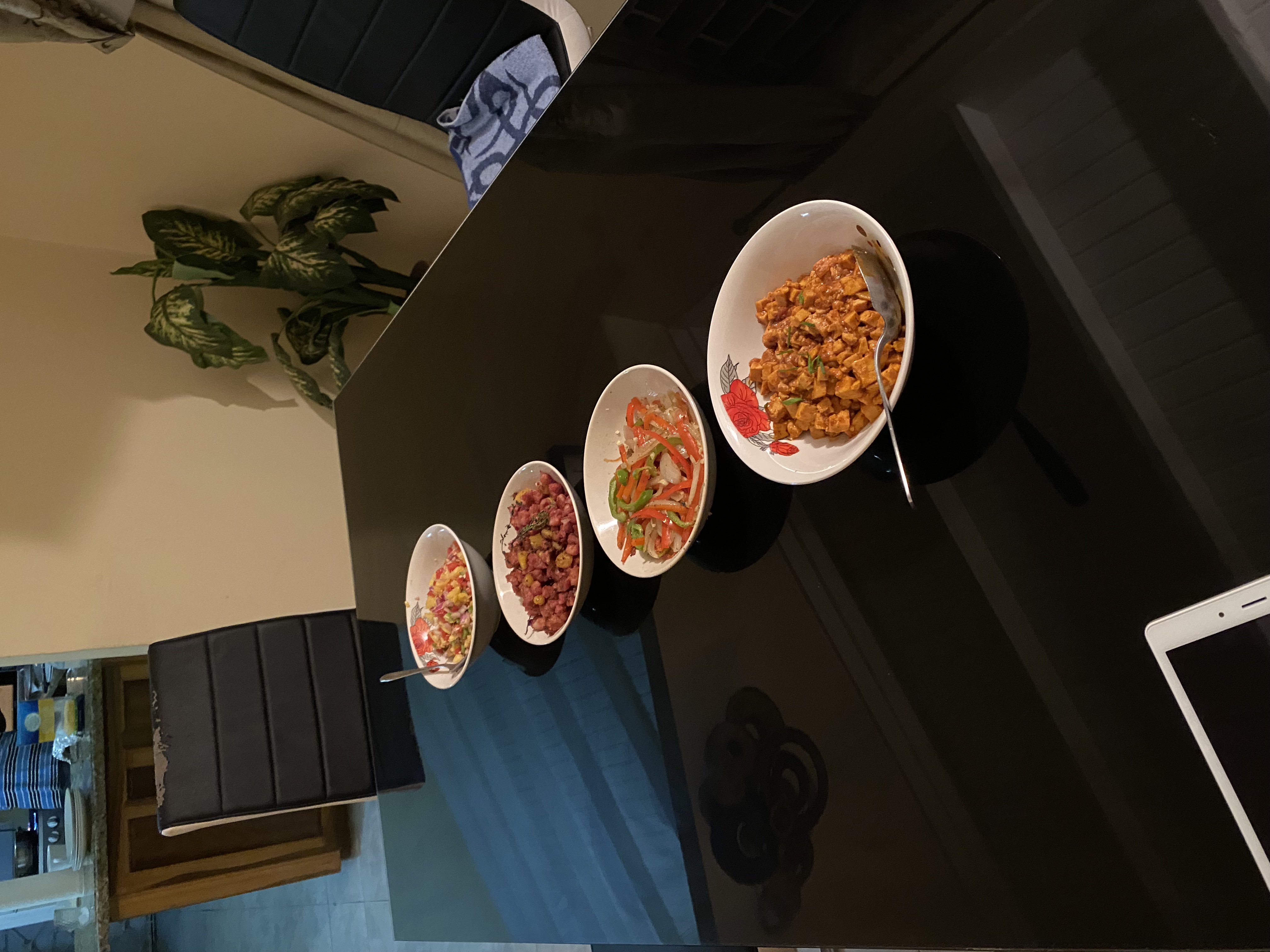

It was really great getting to interact with a lot of the local community members throughout the trip. We were able to share our research and convince a lot of people that these lizards are special! Everyone was always very kind - letting us sample in their communities, generously giving us coconuts, and even helping out with catching sometimes!


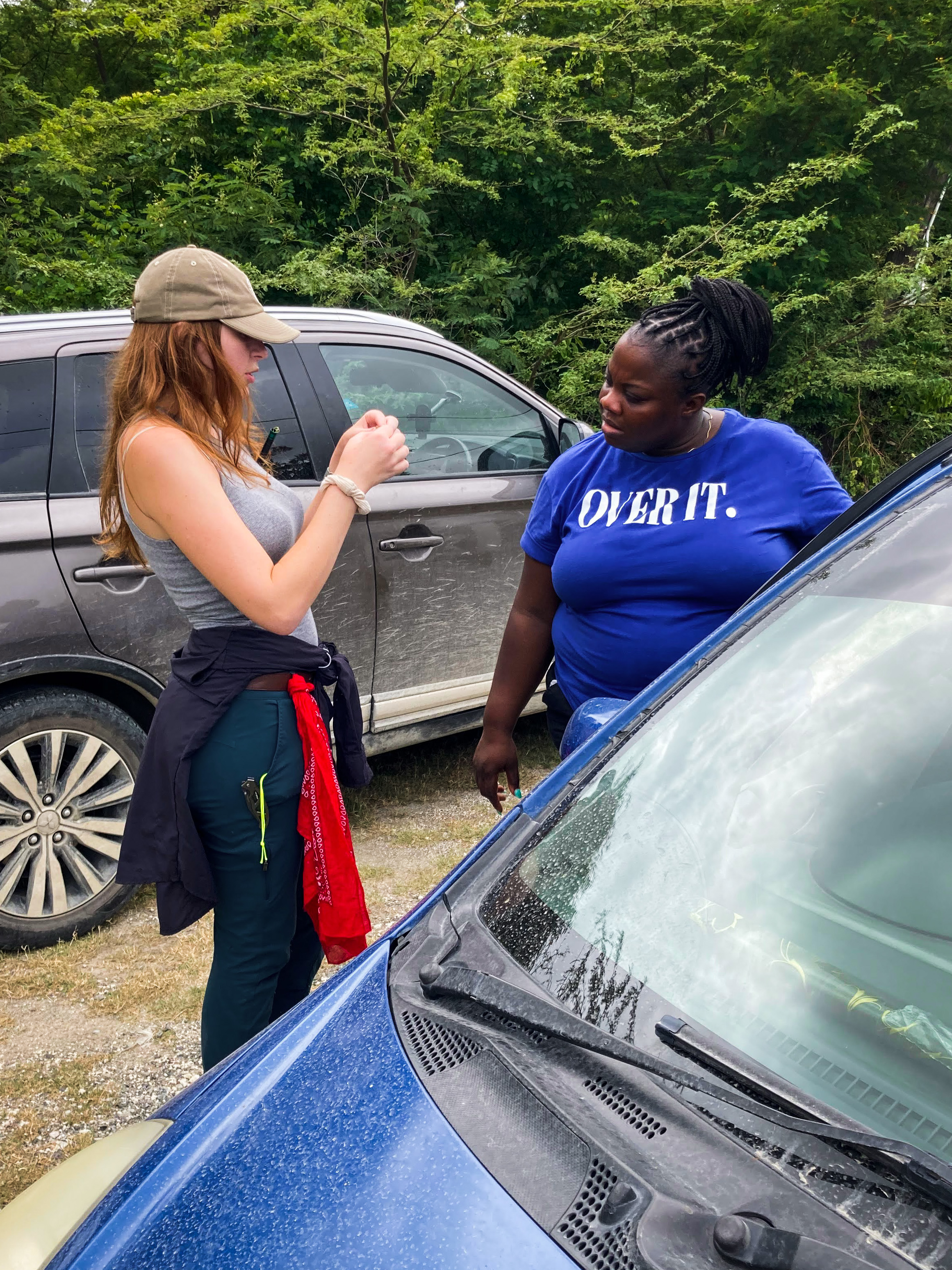
We got to visit some beautiful and special places while sampling the island. Here are some of my favorite pictures!
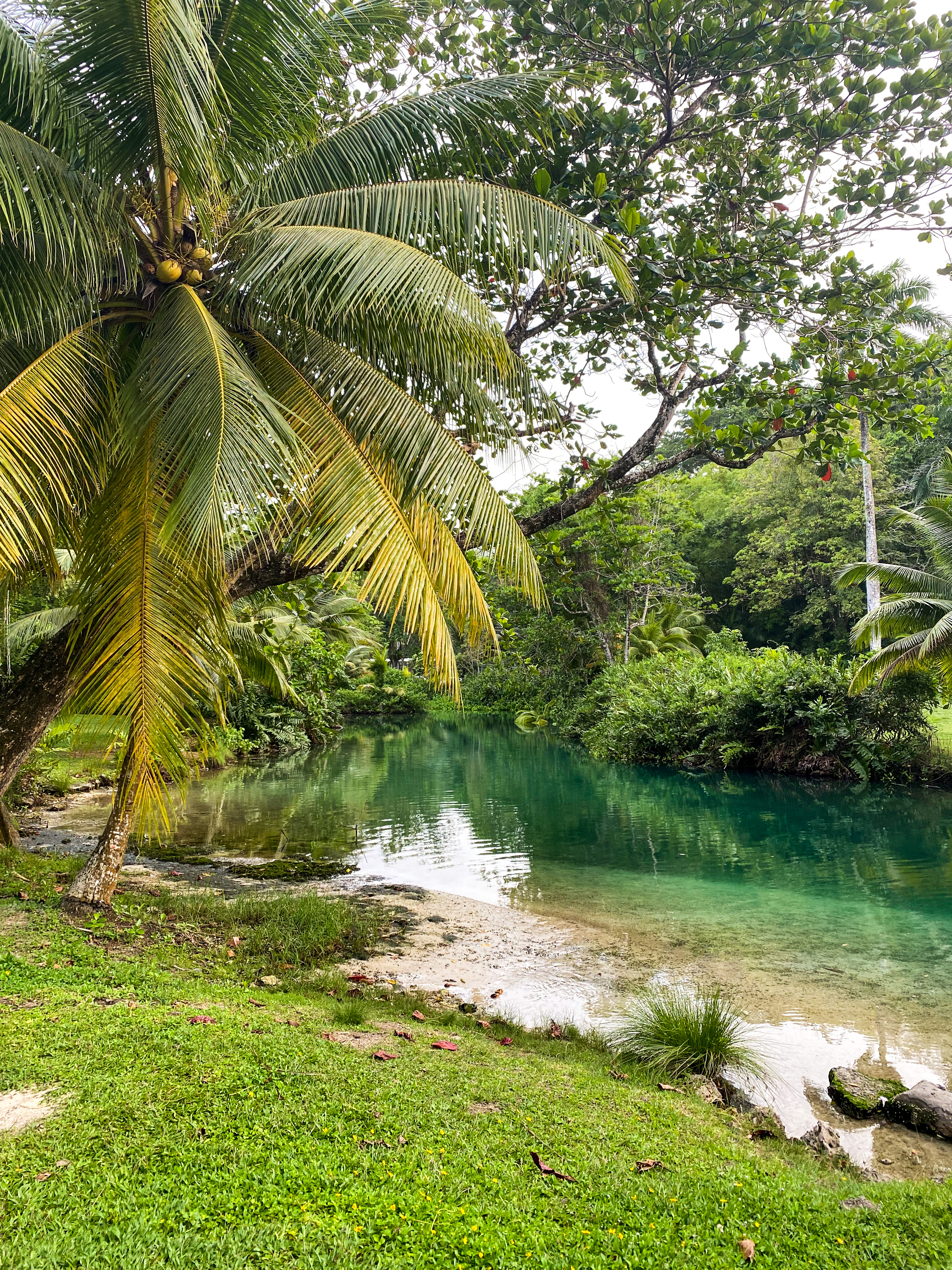
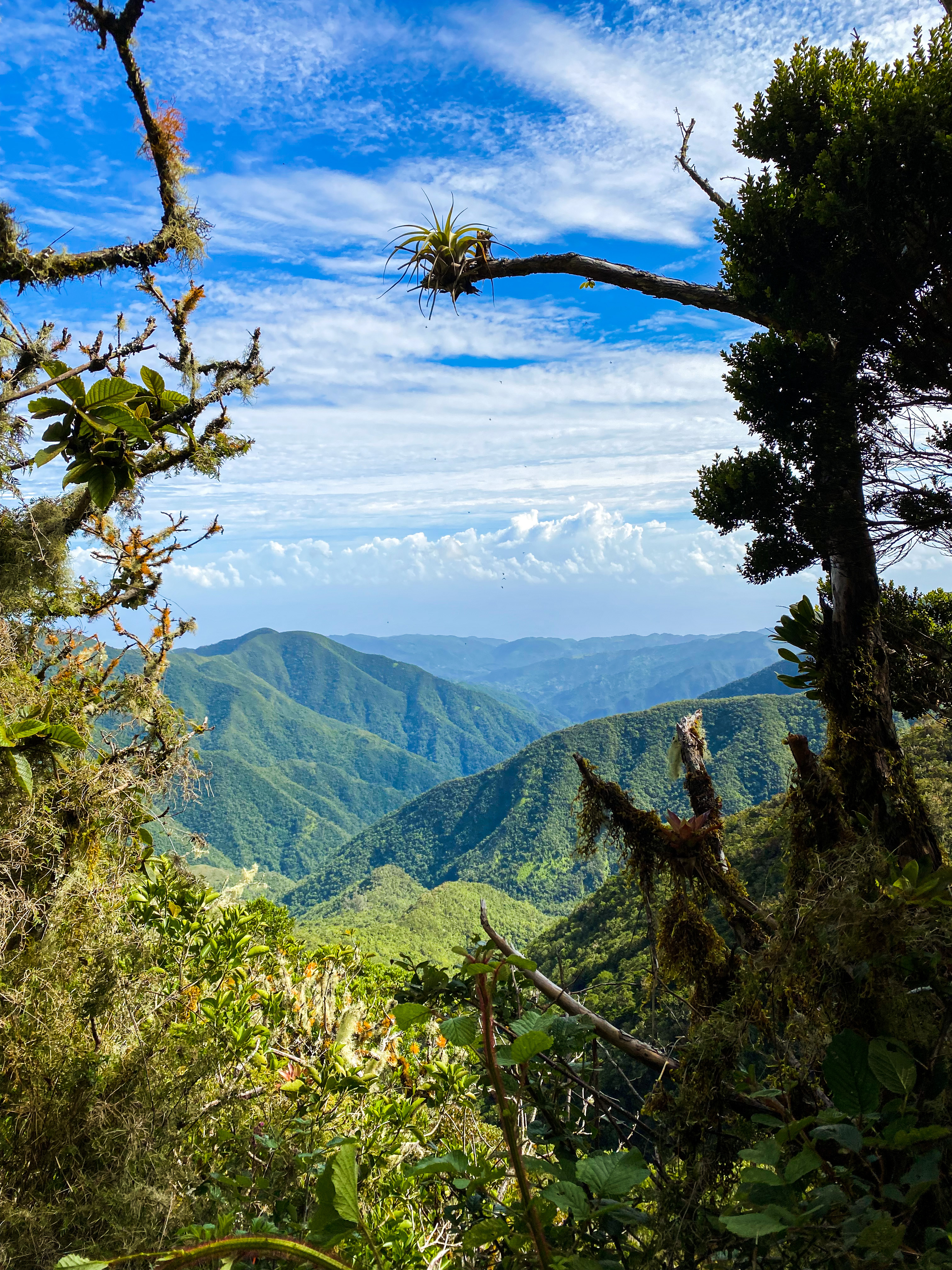
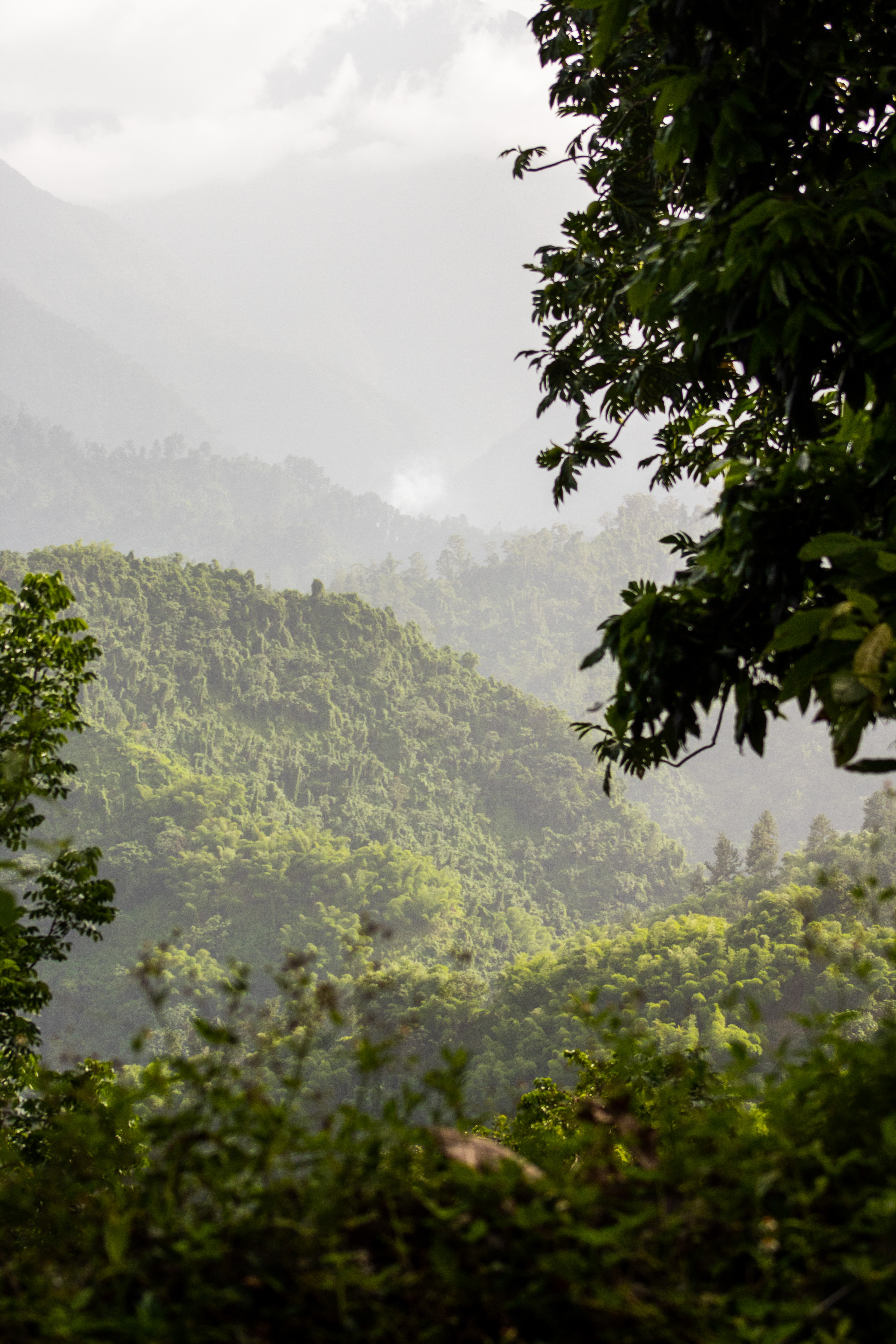
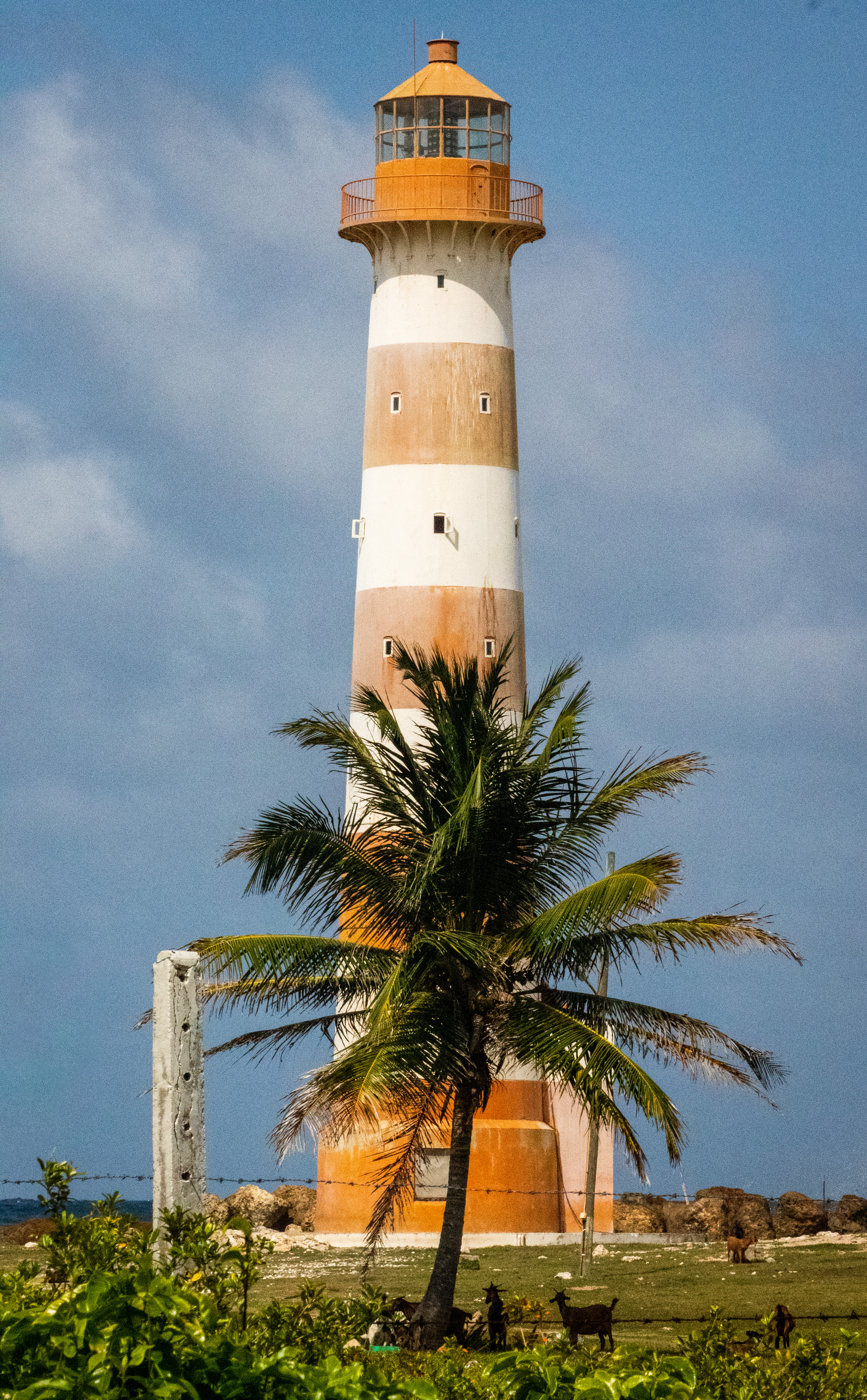


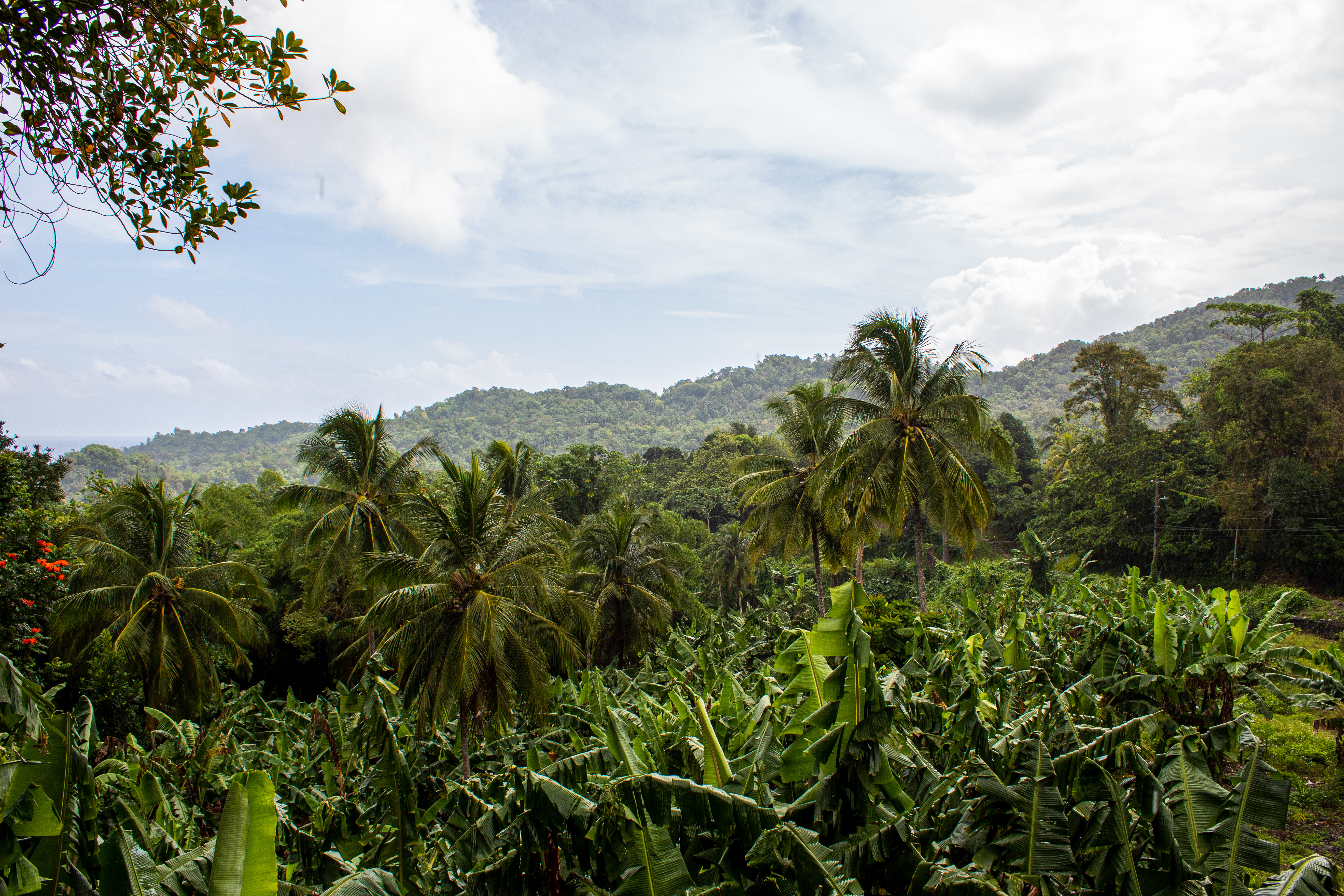
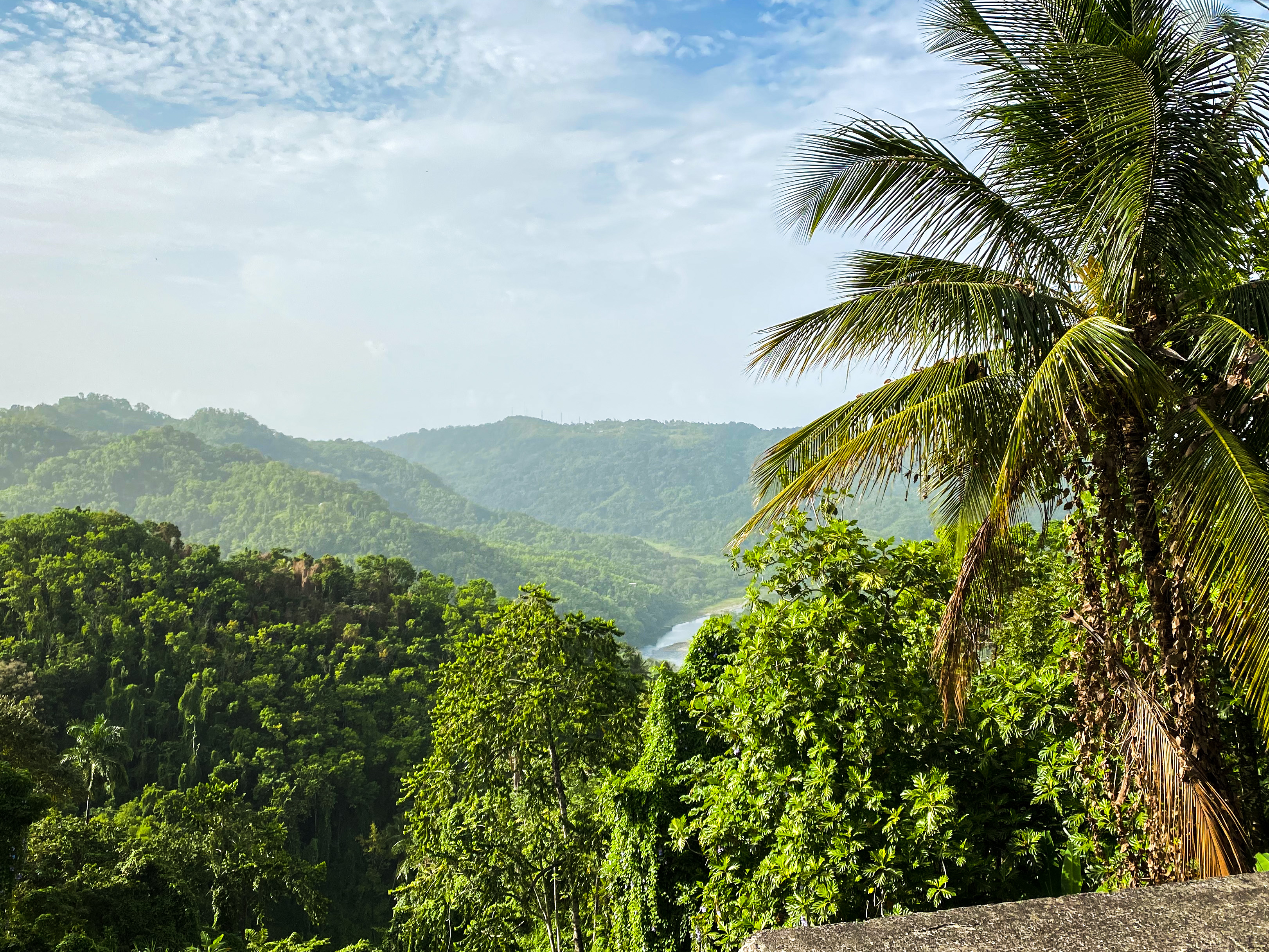

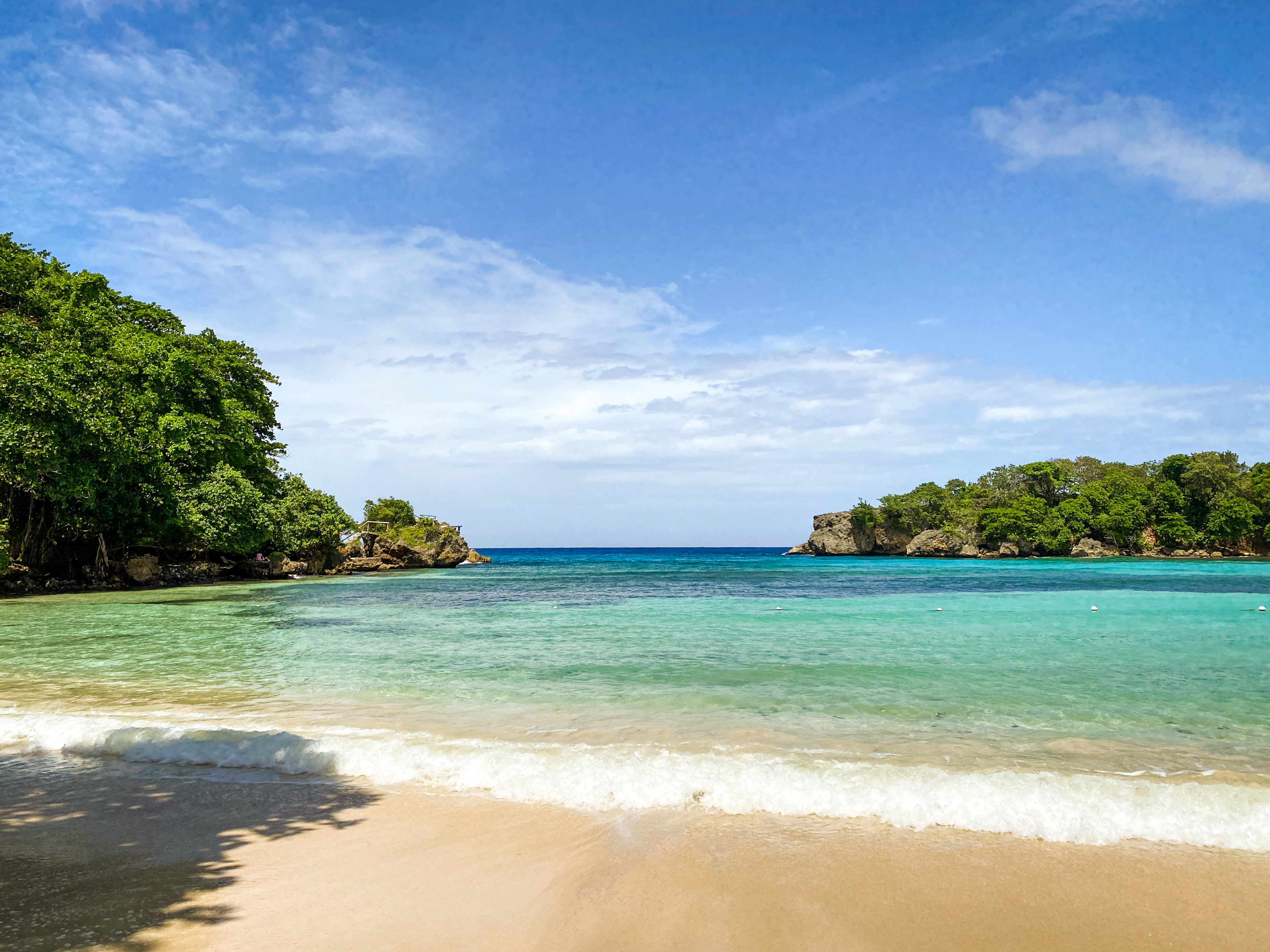
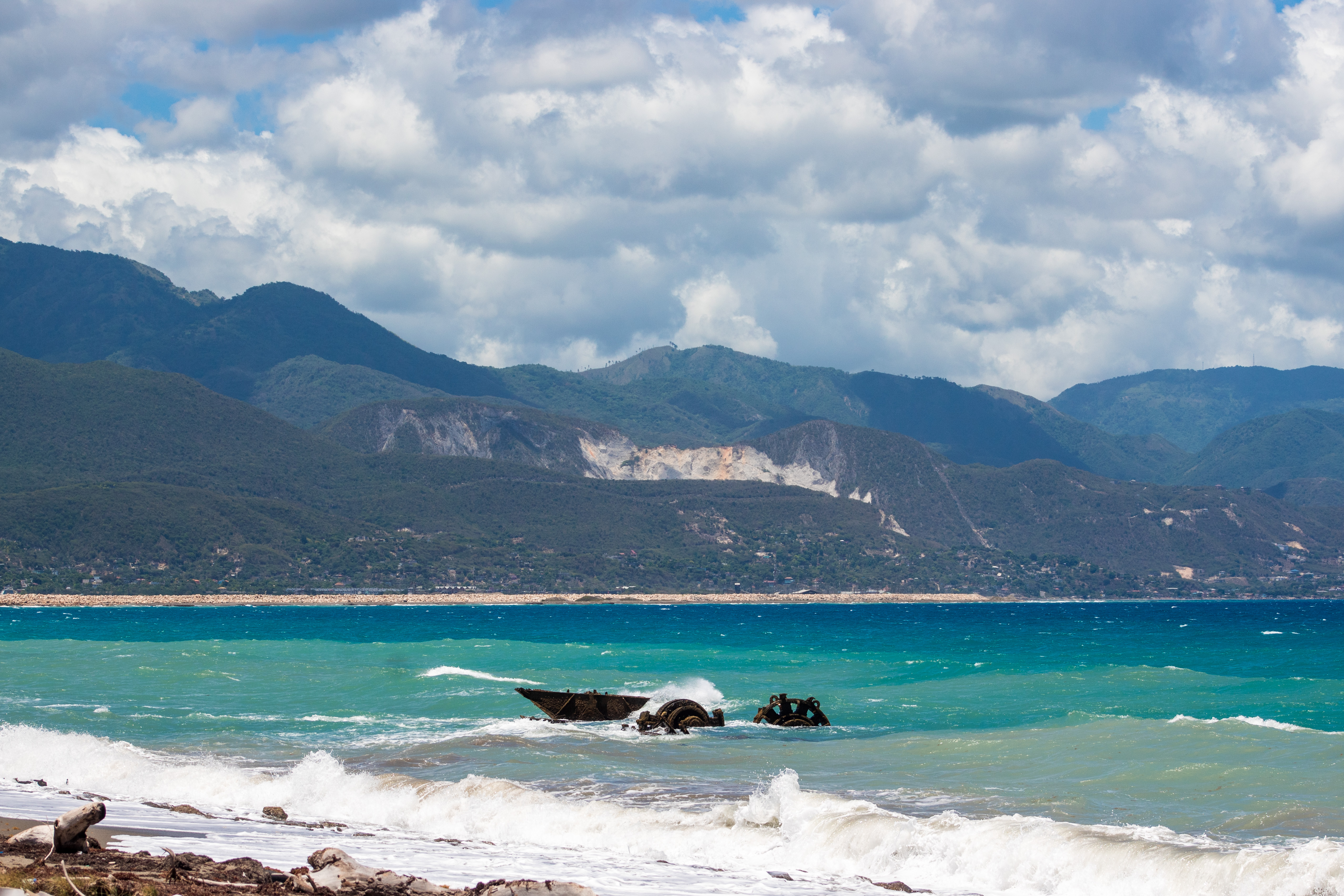
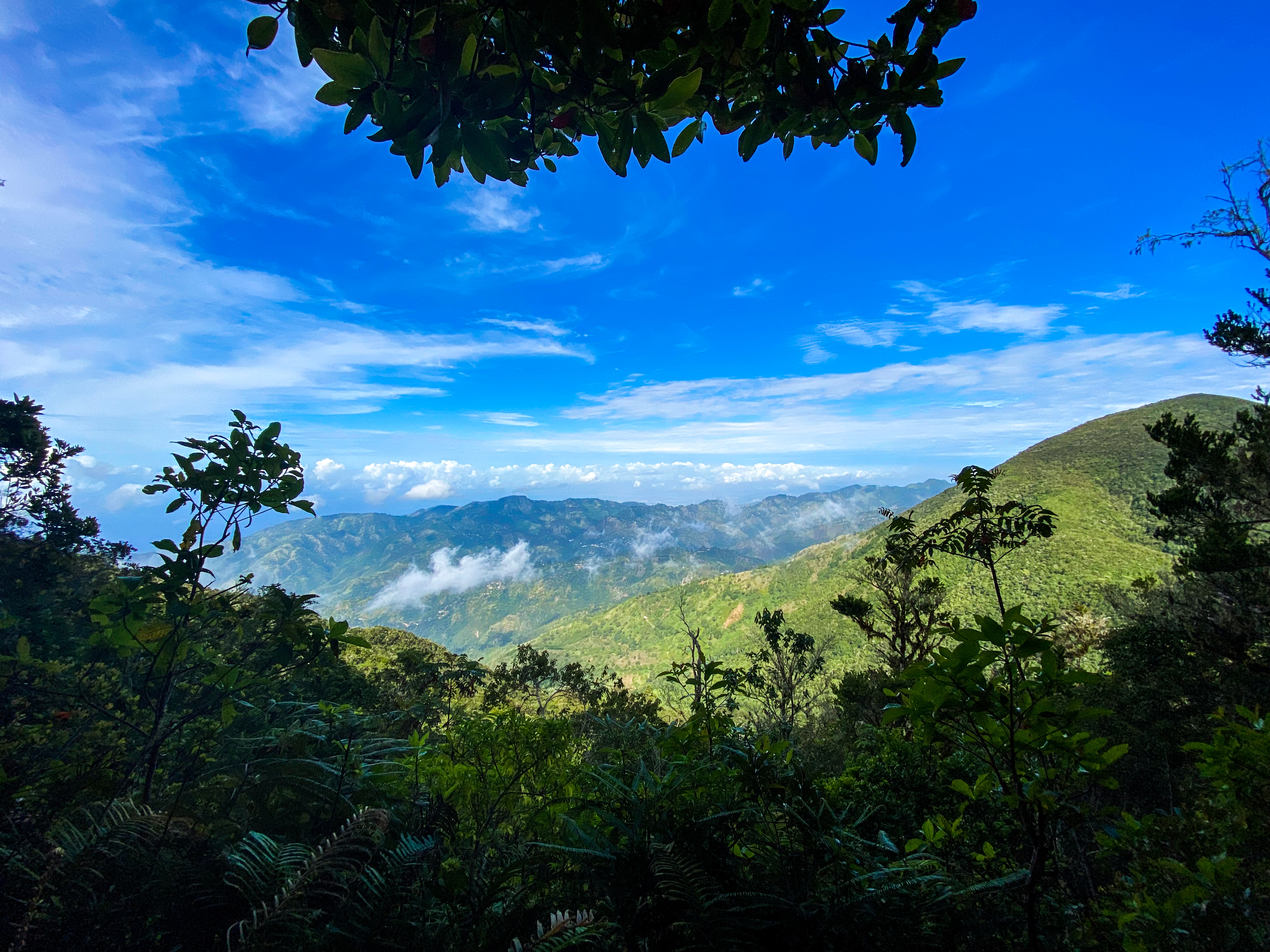
I am truly beyond grateful for the time that I spent in Jamaica! Not only did I get the chance to assist in some amazing anole research, I made some wonderful friends while doing so. I can’t wait for the next time I can visit this incredible place.
Pictured below: Carson, Noel Ellis, Sloane Jackson, Inbar Maayan, Damany Calder, Ansley Petherick, Shanielle Thompson, Treya Picking, Justin Saunders, and Ricardo Hickling.
